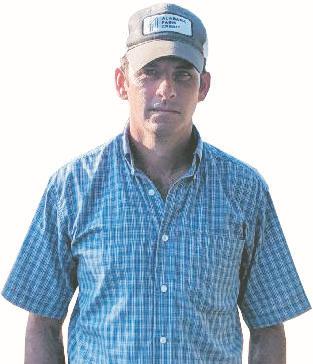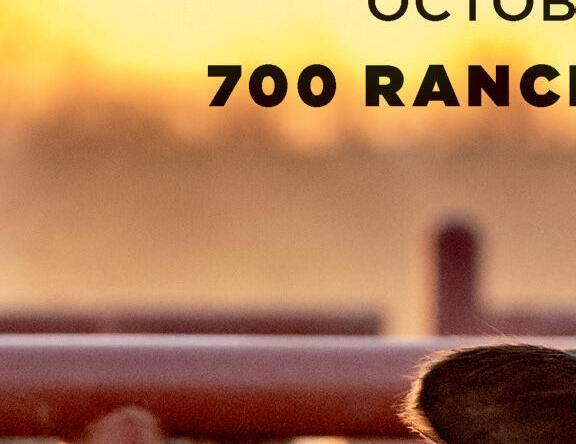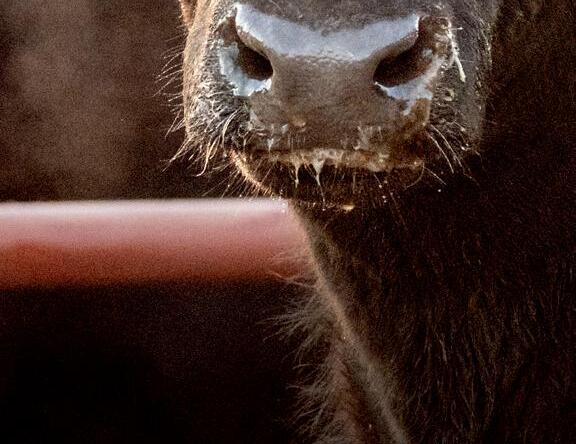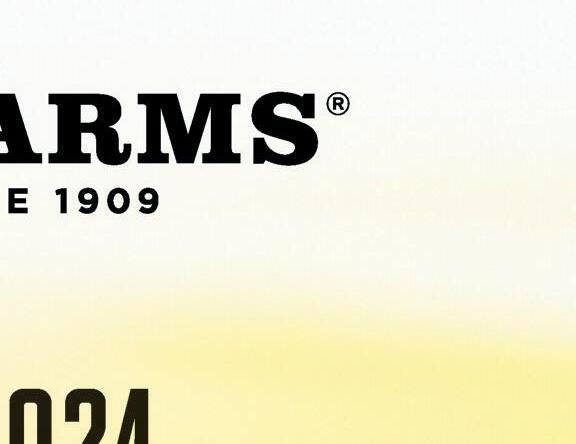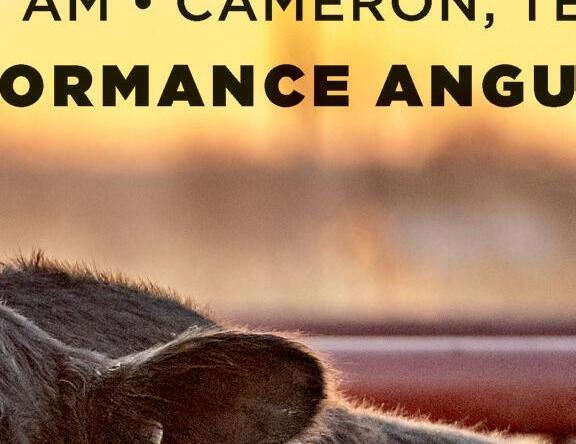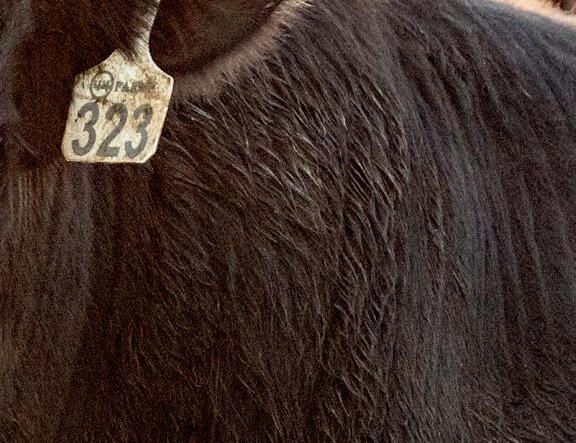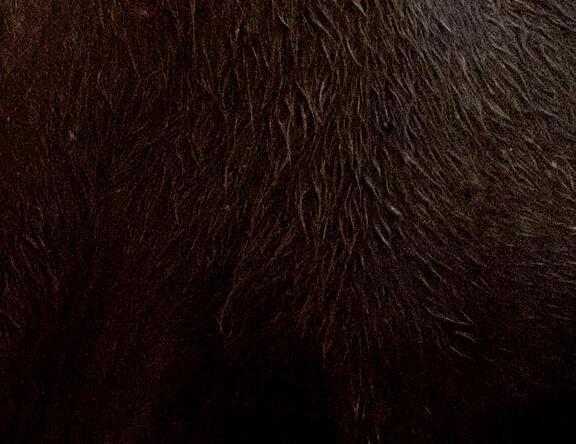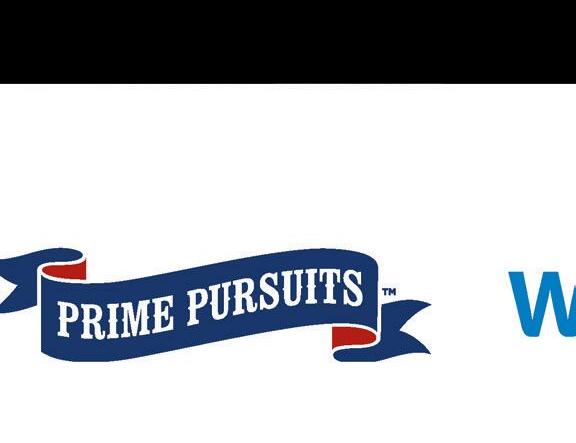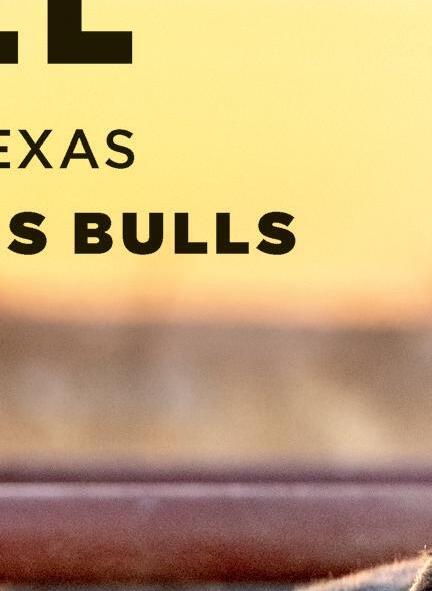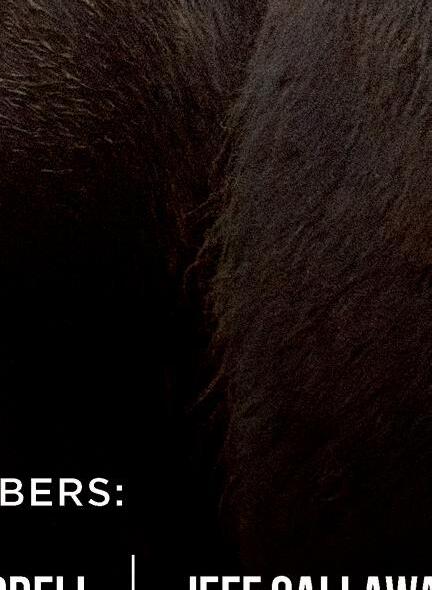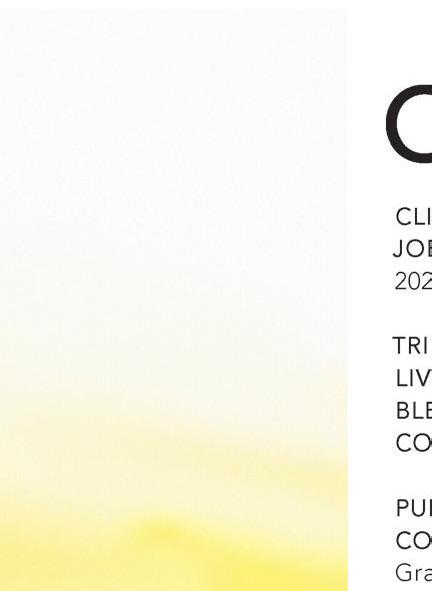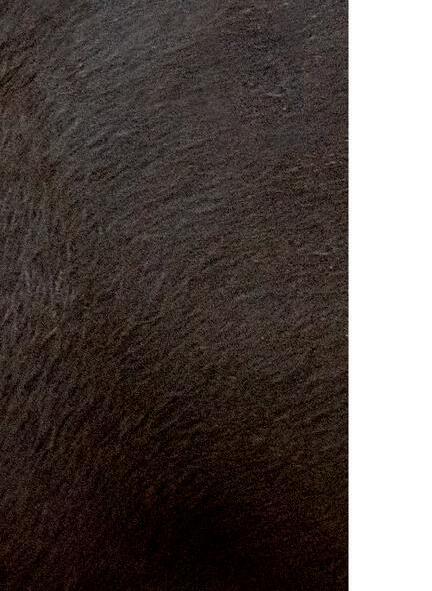




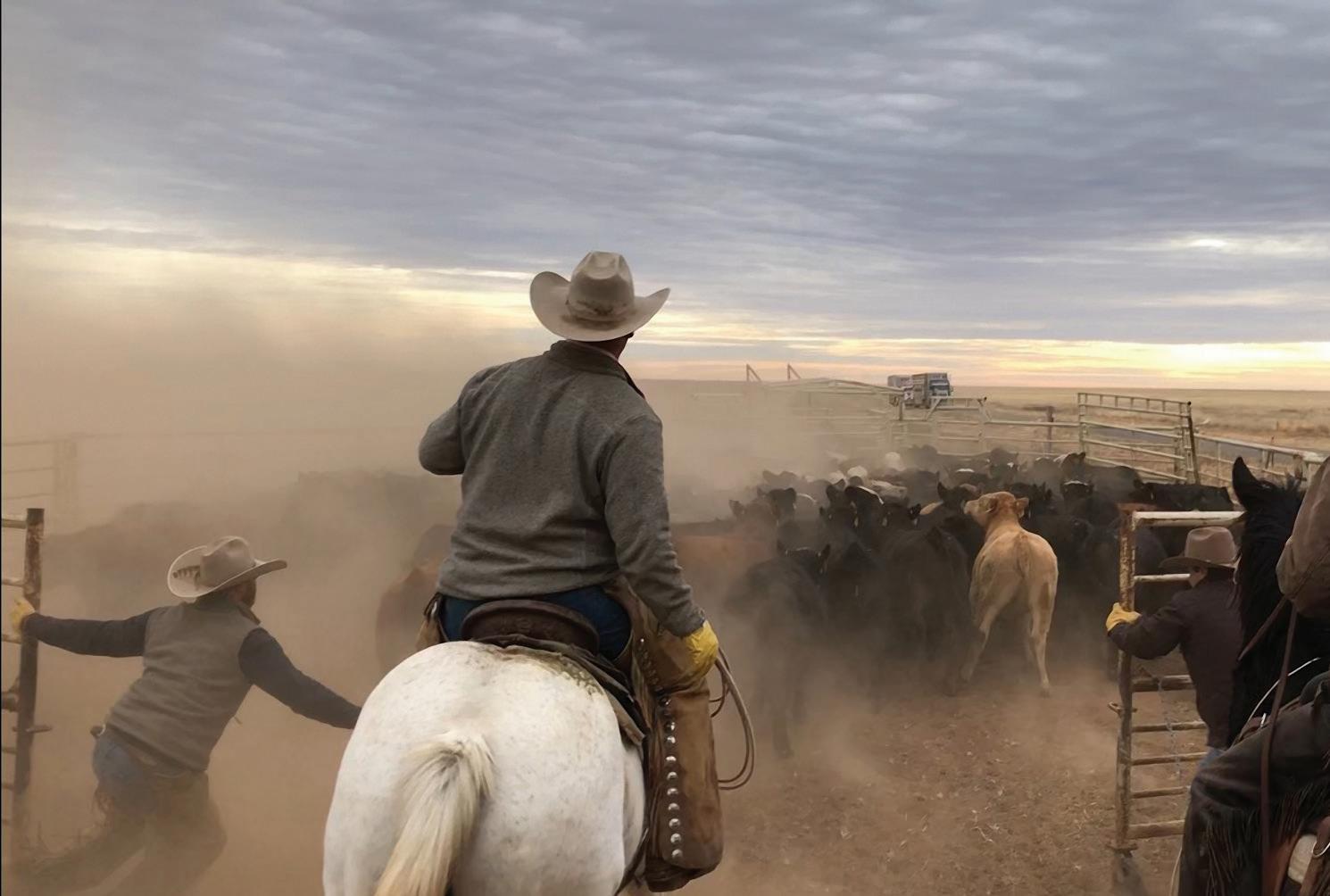

Birdwell Plainview, TX (806) 681-3667



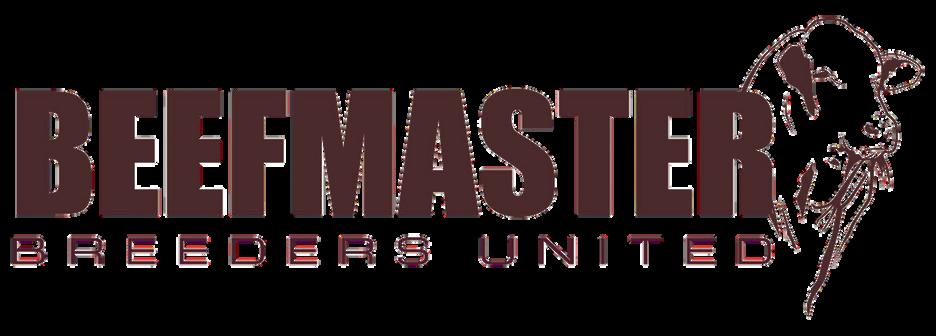
Nationally recognized G Bar C Ranch commits to research and reaching out.
By Lorie A. Woodward
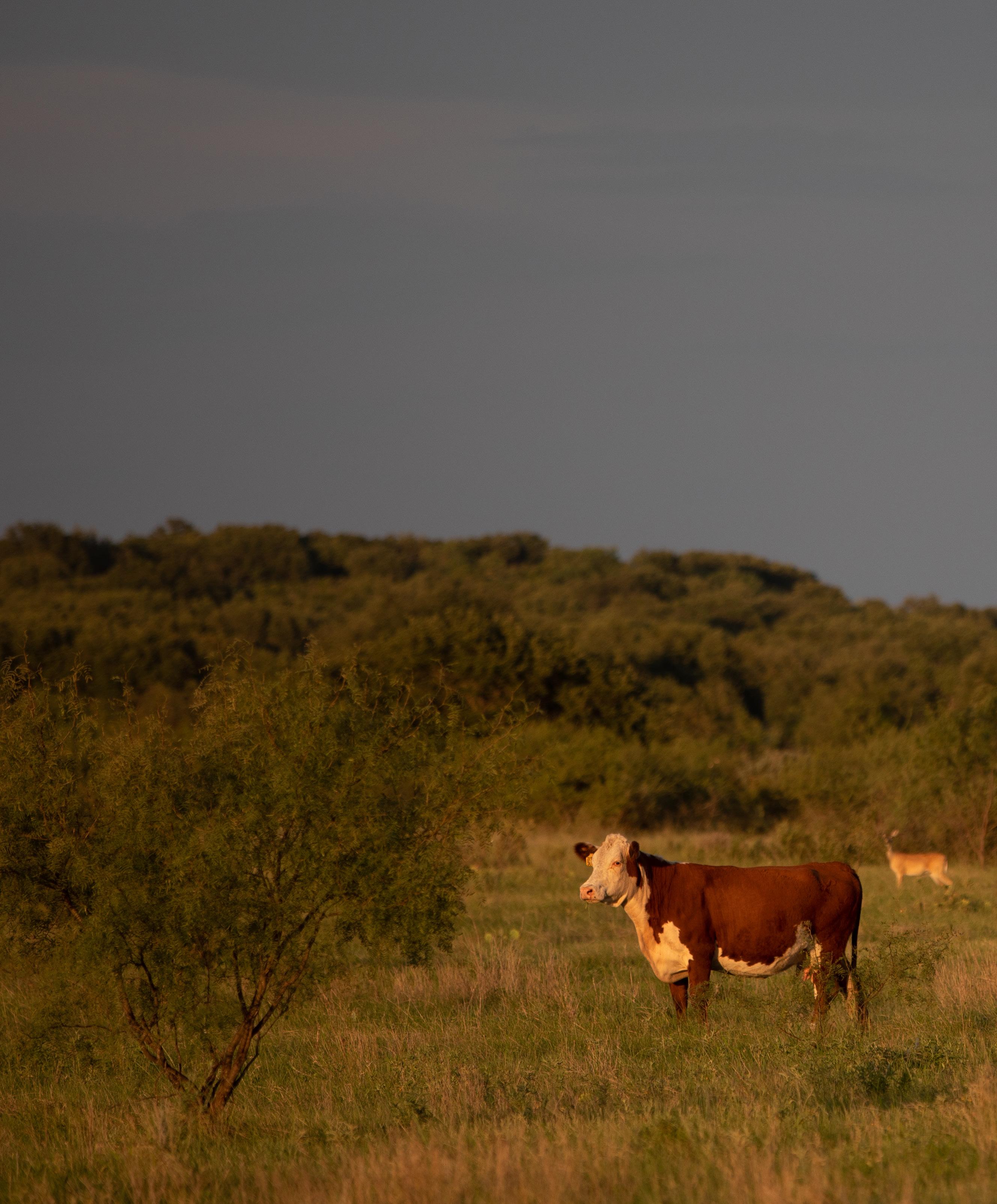
A historic first, Texas Parks and Wildlife Commission adopts rules involving the state’s largest native wild cat.
By Jena McRell
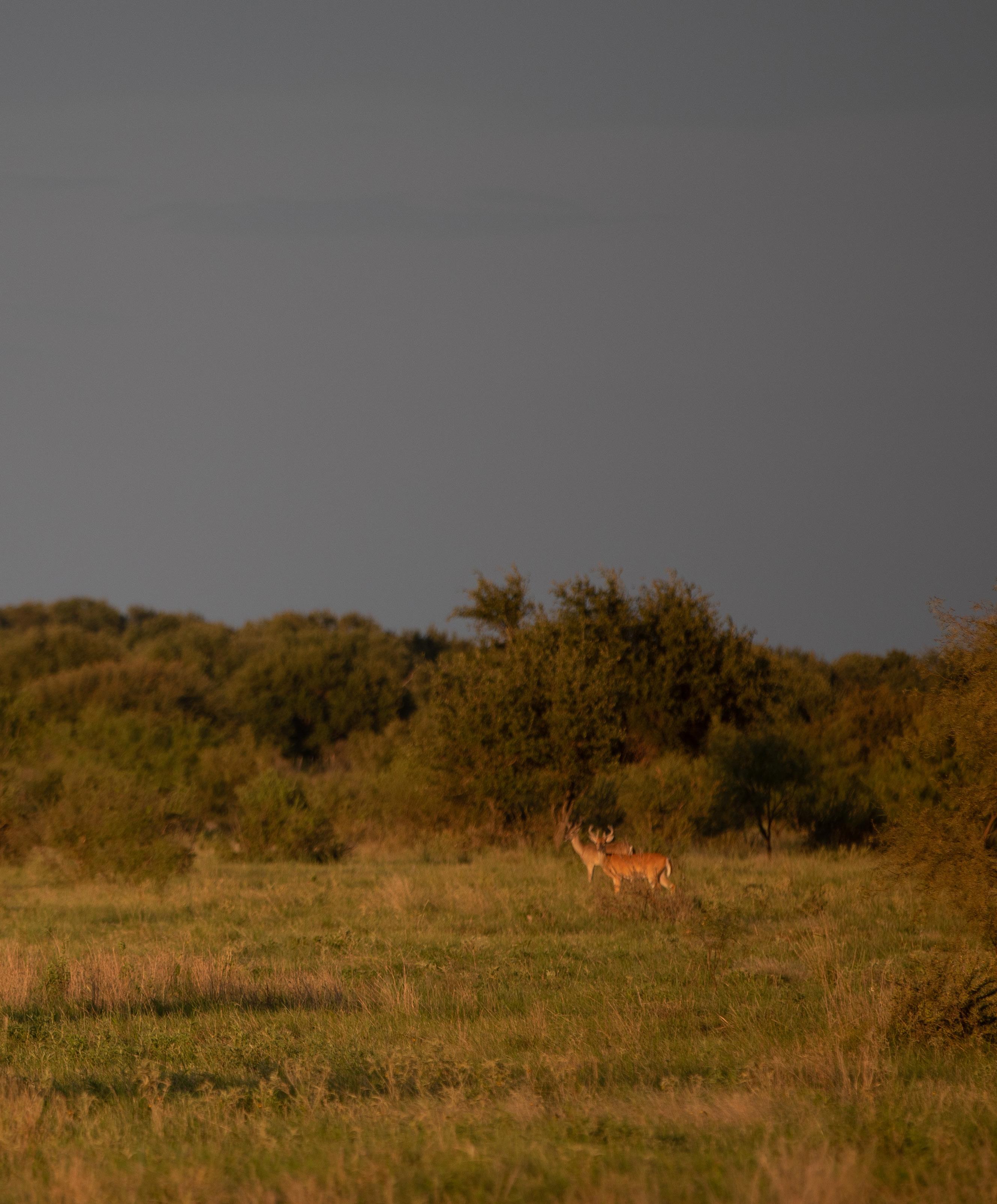
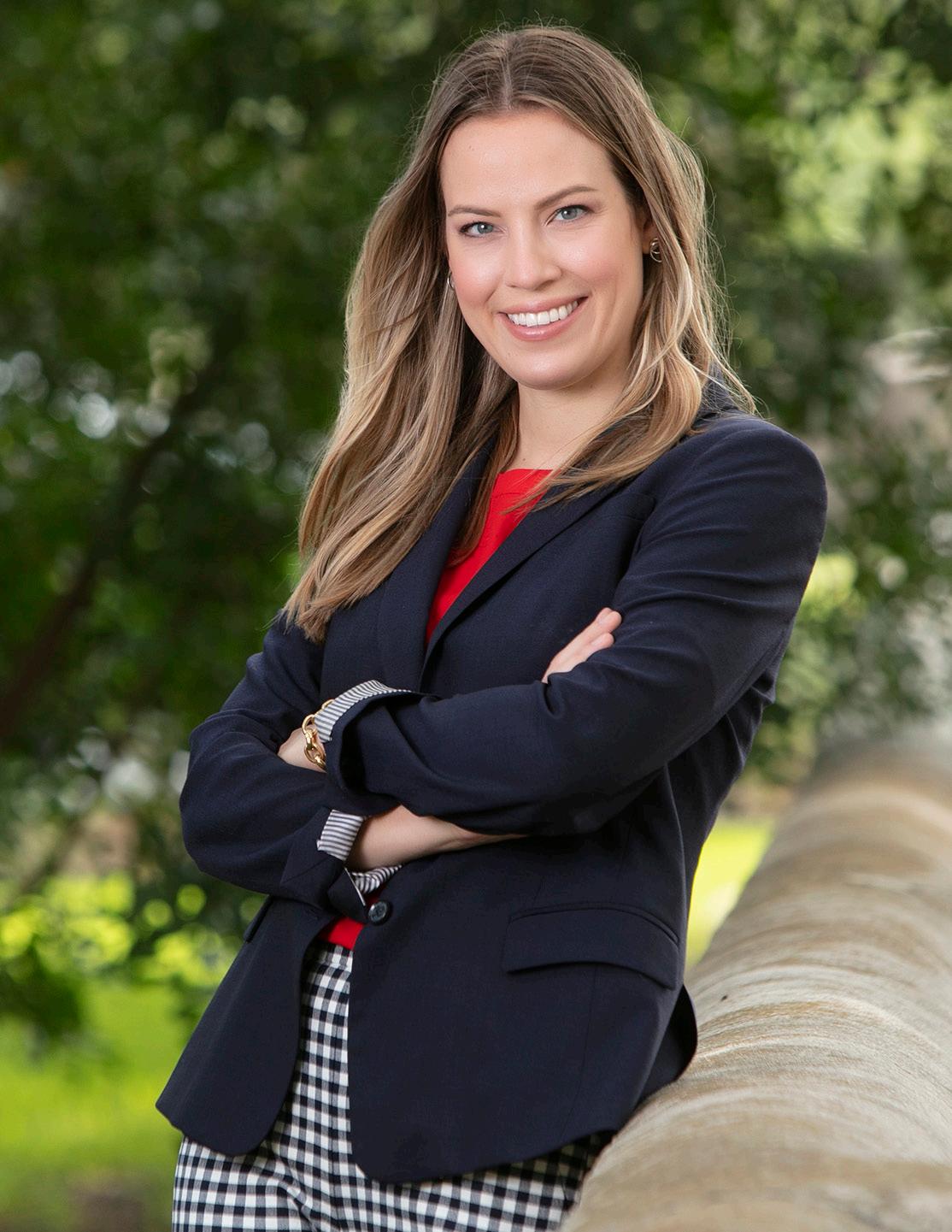
Stewardship creates harmony among wild things. It’s a delicate balance, perfected by the hands of cattle raisers.
This month’s issue of The Cattleman celebrates just that — exploring the people, policies and regulations surrounding wildlife, such as new rules involving mountain lions in Texas. Read to learn more about the elusive species, how Texas Parks and Wildlife Commission arrived at the regulations, and the potential impacts on ranchers and landowners.
We also journey to G Bar C Ranch, national winner of the 2023 Environmental Stewardship Award Program, and home to 660 different species of plants and animals.
The ranch, owned and operated by the Ellis family, is a leader in natural resource stewardship. The Ellises are committed not only to caring for their own ranch, but helping others improve theirs, too.
“What good is knowledge if you keep it to yourself?” asks Meredith Ellis, who shares her story and passion for stewardship across a global stage, starting on page 12.
In the Ranching section, we take a closer look at parasites plaguing the state’s quail population. Recent
research provides a comprehensive look into factors impacting quail numbers and future management strategies on the horizon.
We invite you to also mark your calendars for an upcoming webinar about the electronic ID requirements going into effect Nov. 5. This free event is open to members and non-members alike, providing the mustknow facts about the recently finalized traceability rule impacting beef and dairy cattle. More details are available on page 32.
Want to see our editorial team dive into a specific subject? We’d love to hear from you! Submit your ideas any time to tscra@tscra.org. T C

Jaclyn Roberts Parrish Executive Director of Communications & Marketing/ Editor-in-Chief,
The Cattleman

Published by Texas & Southwestern Cattle Raisers Association
P.O. Box 101988
Fort Worth, Texas 76185
Phone: 817-332-7064
Fax: 817-394-1864
Subscription Inquiries: (orders, address change, problems) tscra@tscra.org or 800-242-7820
tscra.org
Jaclyn Roberts Parrish Executive Director, Communications & Marketing/Editor-in-Chief jaclyn@tscra.org • 817-916-1794
Shelby Kirton Manager of Communications & Marketing
Jena McRell Managing Editor
Kayla Jennings Elyssa Foshee Sanders Proofreaders
Grace Dunham Executive Director, Events & Partnership gdunham@tscra.org • 817-916-1745
Kyle Conway Director of Corporate Relations & Sponsorships kconway@tscra.org • 817-916-1746
PRODUCTION
Heather Heater
Graphic Design & Print Production Manager
Production support by: GRANT COMPANY grantcompany.net
The Cattleman/TSCRA tscra.org
Cattle Raisers Insurance cattleraisersinsurance.com
Law Enforcement tscra.org, click on Theft & Law
Cattle Raisers Convention cattleraisersconvention.com

“Between Here and the Mesa” captured on the Bell Ranch near Newkirk, New Mexico.
Hereford cows and white-tailed deer take in a late summer sunset in West Texas.
Photos by Emily McCartney
“Several years ago I made the switch to Nelson Tetraploid Ryegrass from Gulf ryegrass. NO WAY I’m going back to Gulf... Nelson increases forage production and extends grazing days. With Nelson, the ranch is producing more Beef, and that means more dollars to our bottom line ... with only a little extra seed cost. The extra production from this switch to Nelson really helps to reduce our costs. (fertilizer and fuel costs)
I’m staying with Nelson Ryegrass! NO WAY I’m going back... My cattle like it... and so do I!”

Carlos Bonnot - DVM
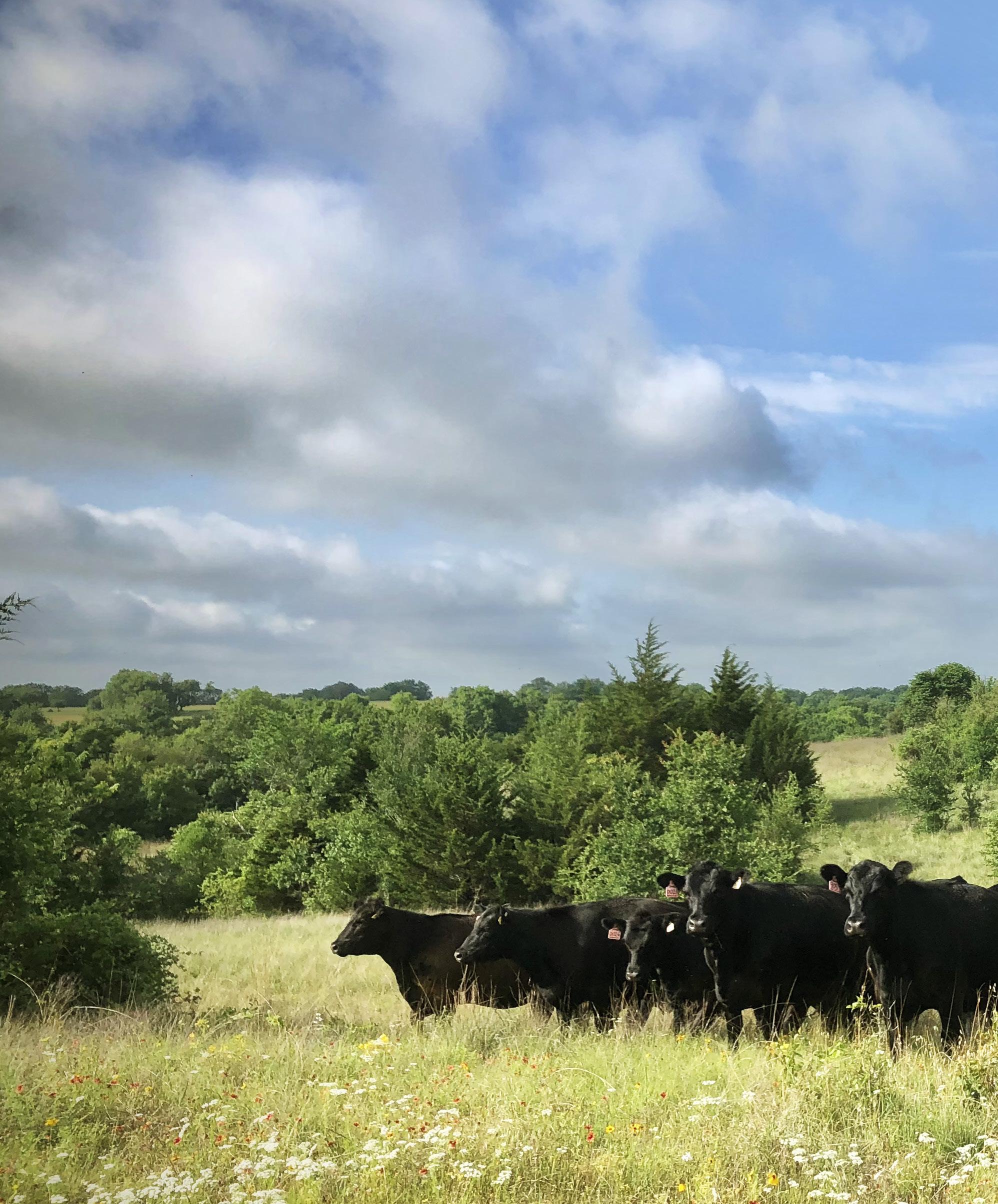
Nationally recognized G Bar C Ranch commits to research and reaching out.
By Lorie A. Woodward
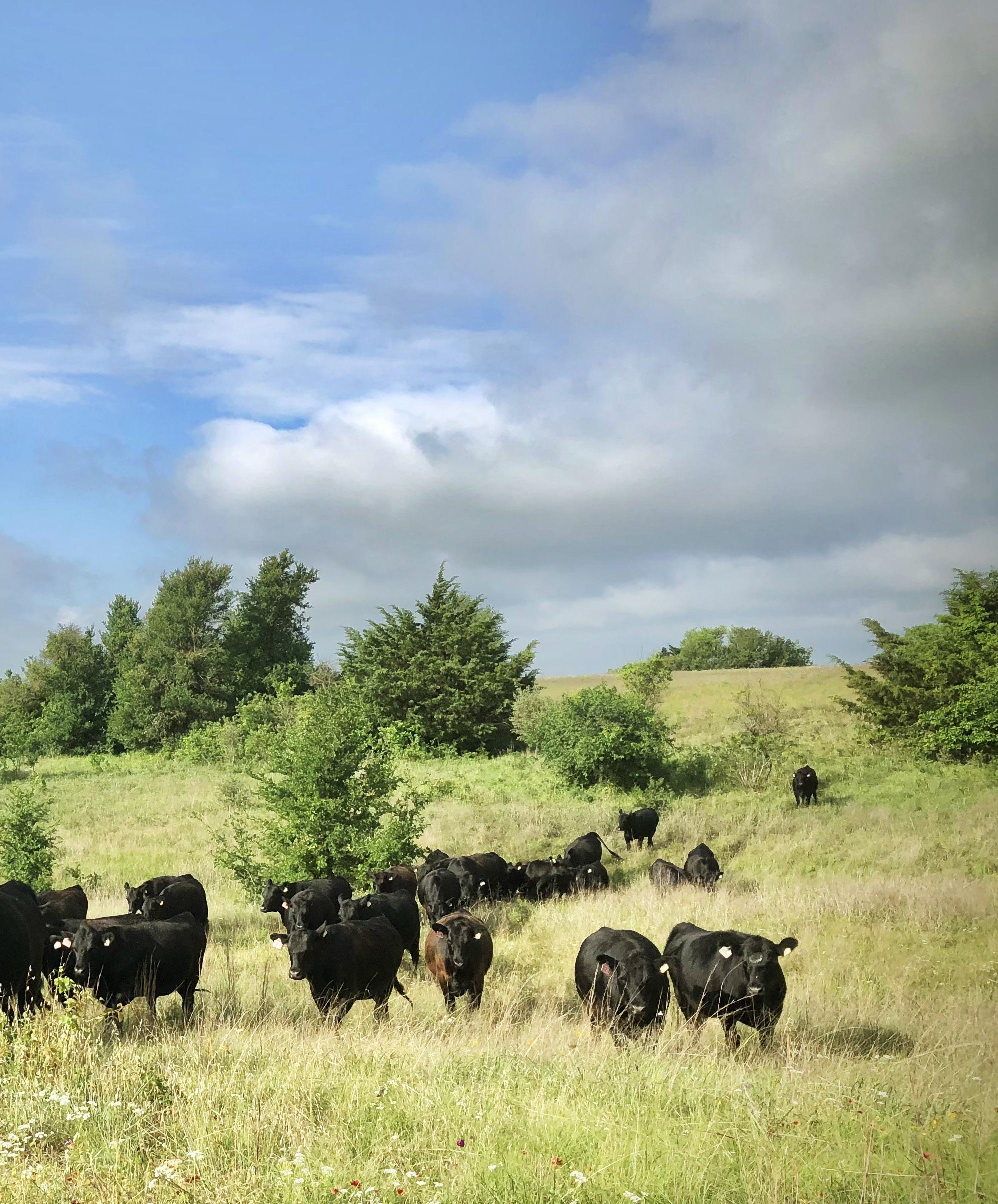
In 1982, G.C. Ellis and his wife Mary wore out two pickups searching for the perfect location to start their operation, G Bar C Ranch, eventually landing near Rosston.
In 2024, they reached a milestone in their 40-plusyear journey when the ranch, now under the day-to-day management of their daughter Meredith Ellis and their longtime ranch manager Michael Knabe, was granted the 2023 National Environmental Stewardship Award.
“It’s a lifetime achievement award for my dad, who worked quietly his whole life taking care of the land,” Meredith said of the honor presented through National Cattlemen’s Beef Association.
“In that moment, when he was awarded the bronze while standing next to me and his grandson — both of whom want to work the land, too — he got to savor the feeling of knowing this is what he started.
“Three generations standing side-by-side. It was quite possibly the most special moment in our lives.”
In the last four decades, G Bar C Ranch, located in Cooke County 15 miles south of the Red River, has expanded from 450 to 3,000 acres.
It is home to the elder Ellises; their daughter Meredith, who returned to the ranch in 2013 after earning her master’s degree in landscape architecture with a focus on sustainability from the University of New Mexico; and her nine-year-old son.
From the beginning, the family has concentrated on nurturing diversity from the ground up using an Angus cow-calf herd as their primary management tool. They continue to prioritize soil health by creating adaptive, context-based management solutions that leverage five principles rather than rigid, dictated practices.
“I know the G Bar C Ranch has always been wellmanaged because of the way it looks today,” said Dan Caudle, a retired Natural Resources Conservation
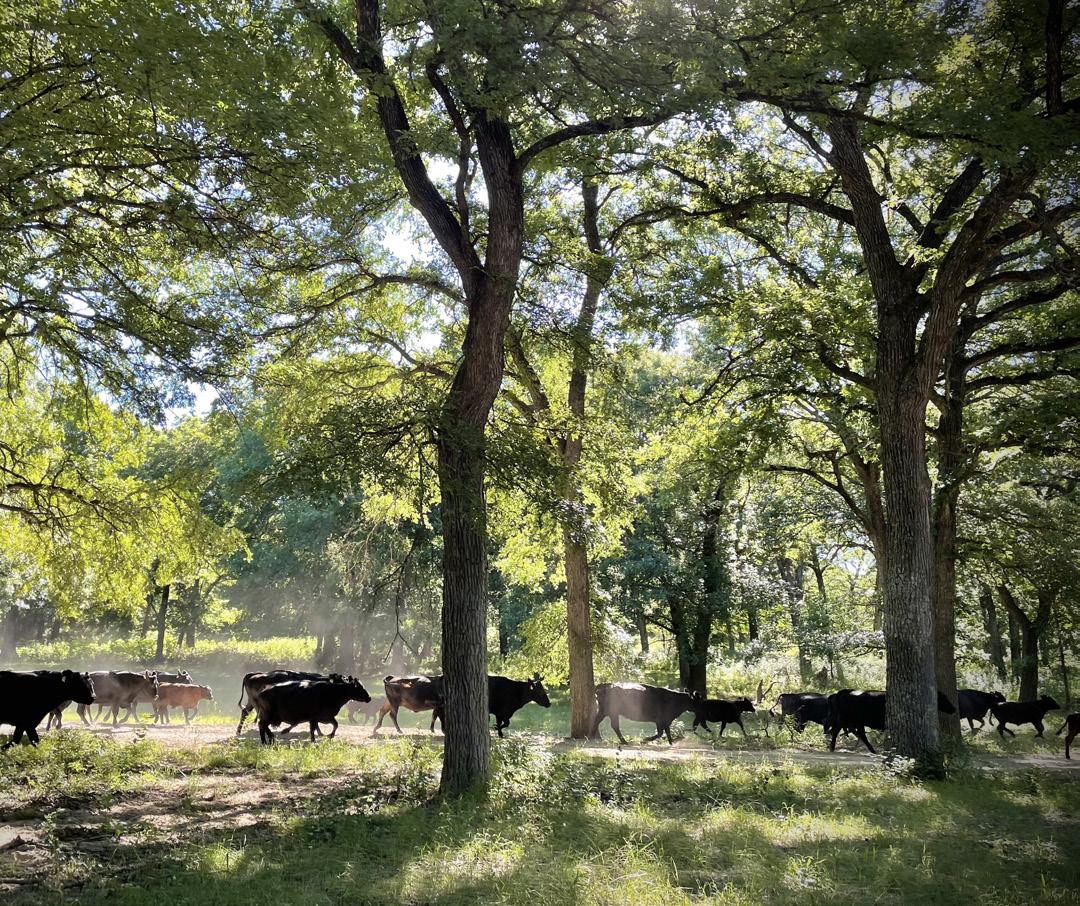
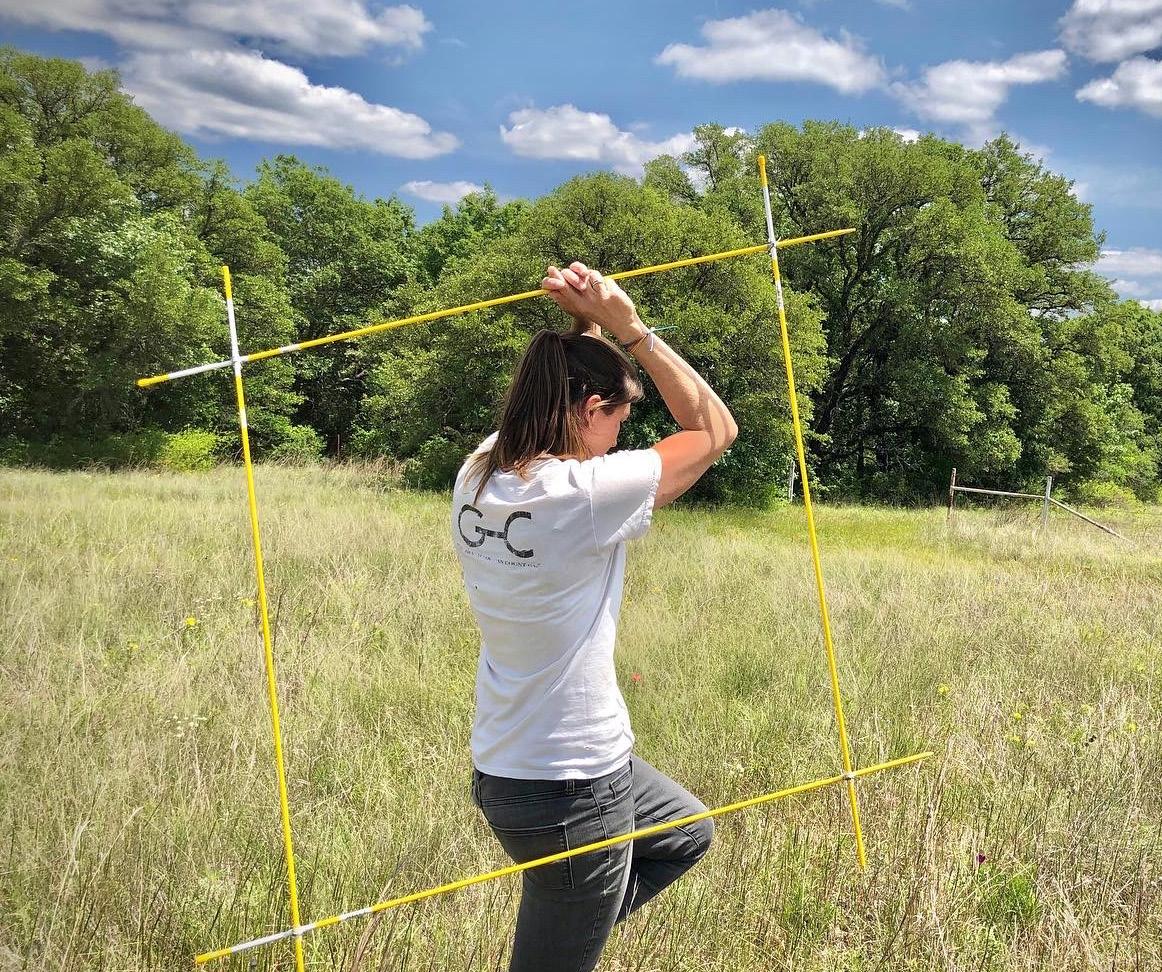
Service grazing lands specialist with 40 years of experience. “The plant and wildlife communities are exceptionally diverse. Rangelands can’t get that way overnight, so the landscape is a testament to the effectiveness of the grazing practices and stewardship the family has implemented.”
Using iNaturalist, a crowdsourced species ID system and an organism occurrence recording tool, Meredith has catalogued 660 different species of plants, animals, birds, mosses, lichens and more. With Cornell University’s Merlin Bird ID app, she has documented 106 different bird species, which is significant because a 2019 Science study estimated the U.S. and Canada have lost 3 billion birds in the past 50 years.
G Bar C Ranch sits on what was once a vast tallgrass prairie spanning 12 million acres. According to the Texas Nature Conservancy, less than 1% of that bountiful, essential ecosystem remains.
The Ellis family conserves 1,000 acres of pristine prairie and is rehabilitating newly purchased prairie to its historic state, using cattle as the primary restoration method. The cattle nutrition program is built on available native forage to minimize input expenditures.
With each passing day, the importance of the ranch’s prairie ecosystem, biodiversity and ecological services increases. G Bar C Ranch is located 35 miles north of Denton, just outside the sprawling Dallas-Fort Worth Metroplex. The family has a front-row seat to the state’s unprecedented growth.
Texas gains nearly 1,400 residents every day and loses 1,000 acres of working land in the same 24-hour period.
In 1982, nearby Denton County’s population numbered 166,483 people. In March 2024, the population was 1,007,703 — and growing. The city and its attendant fragmentation are expanding every year.
The team at G Bar C Ranch admits they have learned their share of lessons through trial and error, and the family is committed to shortening the learning curve for fellow ranchers and range enthusiasts.
The ranch is the site of many workshops, field days, internships and youth experiences.
Most recently, G Bar C Ranch was one of five stops on this year’s national Trust in Beef Sustainable Ranchers Tour. Throughout the series of events, participants visit operations that are making their mark through sustainability. Each ranch visit is complemented by a follow-up online educational experience.
The family also hosted a full day of education for participants during the 2024 Youth Range Workshop. To further expand their reach and share their knowledge, the family is involved in three different films with portions of each being shot on the ranch.
“What good is knowledge if you keep it to yourself?” Meredith asked. “We share what we have learned in the hope that it will help other people achieve their goals.”
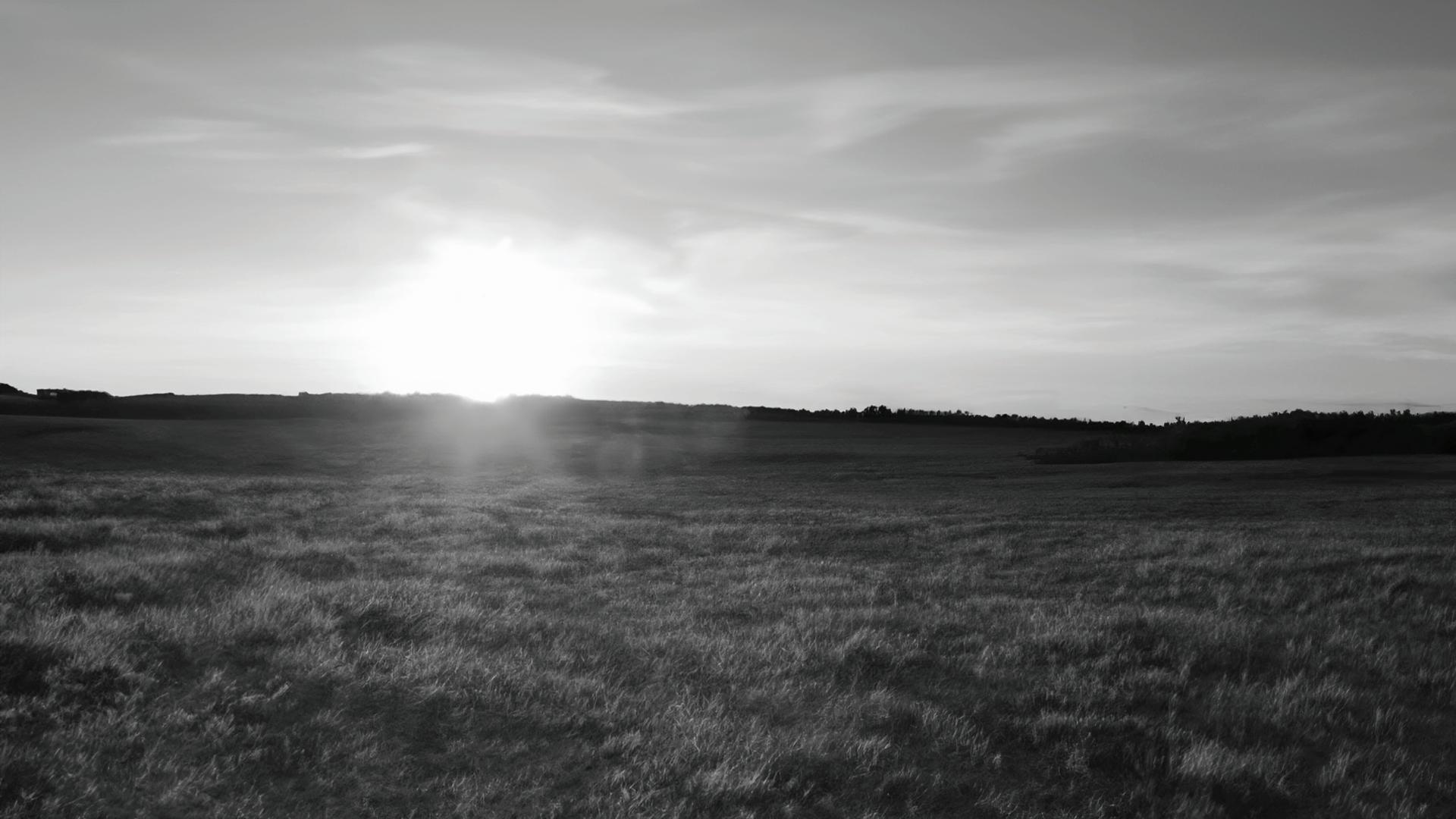
CUSTOM CATTLE HANDLING SYSTEMS DESIGNED FOR YOUR OPERATION
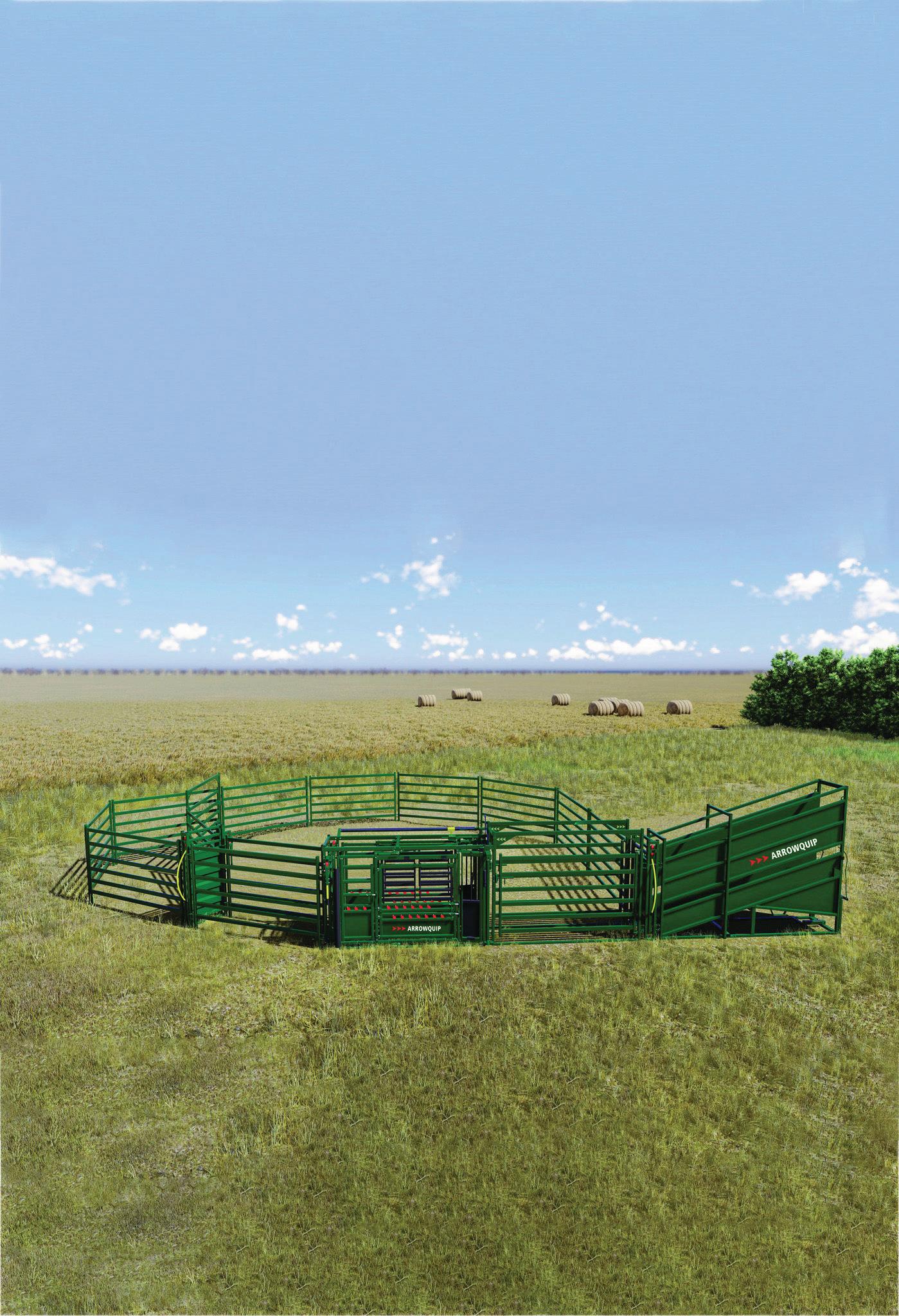



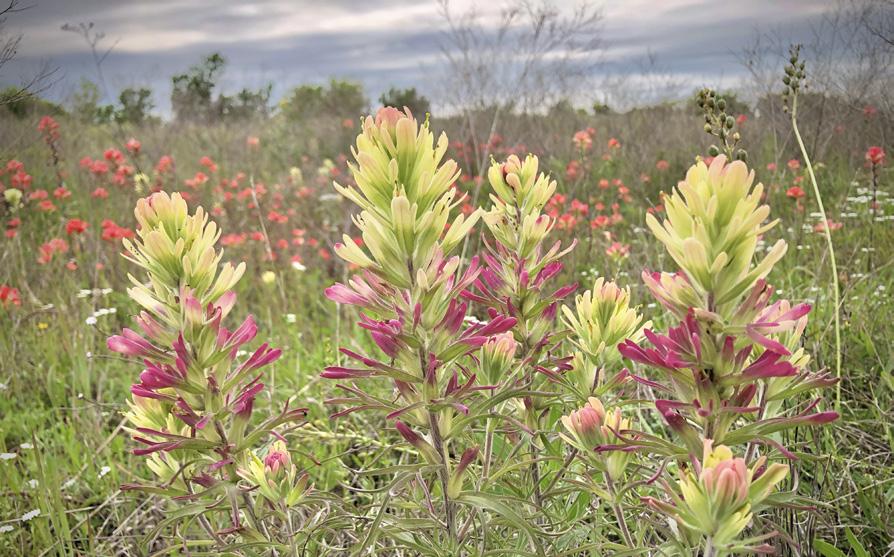

The family’s ongoing quest for knowledge has translated into an open-gate policy for researchers. For years, the ranch has rolled out the welcome mat for universities, state and federal agencies as well as non-governmental organizations.
Researchers from Texas A&M University, Noble Research Institute, the Theodore Roosevelt Conservation Partnership, Quivira Coalition, Earth X and the Botanical Research Institute of Texas have used the ranch as a living laboratory.
“It is important to me to have objective researchers come and verify the benefits that we see from our regenerative ranching practices,” Meredith said. “Anybody can tell a good story, but I want ours backed by science.”
In this way, the ranch is a hotbed of activity and discovery.
Currently, scientists from the University of North Texas are conducting research that they hope will allow them to develop a bird friendliness index. In application, it will help quantify the habitat ranchers provide to birds.
The Botanical Research Institute of Texas, a longtime collaborator with the family, has recently started creating a seed bank of rare, culturally significant plants.
The Noble Research Institute, in partnership with an organization from the United Kingdom, has installed a carbon flux tower for metrics, monitoring and measuring. In real time, the tower measures carbon that is drawn down by the grasslands and how that changes throughout time.
“All of this along with cows and Little League baseball,” said Meredith, laughing. “There’s never a dull moment.”
For years now, the focus for Meredith and the G Bar C team has been sequestering carbon and developing an associated ecosystems service market that can revolutionize the beef industry to benefit consumers, ranchers and the environment.
G Bar C Ranch has participated in a host of industry initiatives applying science to improve sustainability.
These projects range from the Noble Research Institute’s Land Stewardship Program, in conjunction with Ecosystem Services Market Consortium, to a two-year McDonald’s Sustainability Pilot Project that tested the U.S. Roundtable for Sustainable Beef metrics developed through the supply chain.
As a past board member for the Integrity Beef Alliance, Meredith helped spearhead the development of Integrity Beef Legacy.
She helped write the flexible, principle-based land stewardship protocol, working with the developers of AgriWebb, a grazing and data collection app, and Indigo Ag, the carbon quantification and lifecycle assessment entity, to bring it all together.
The new program, which received a $30 million USDA Climate Smart Commodities Grant, will eventually create a path to enable the U.S. beef industry to verify carbon-neutral beef production at a significant scale.
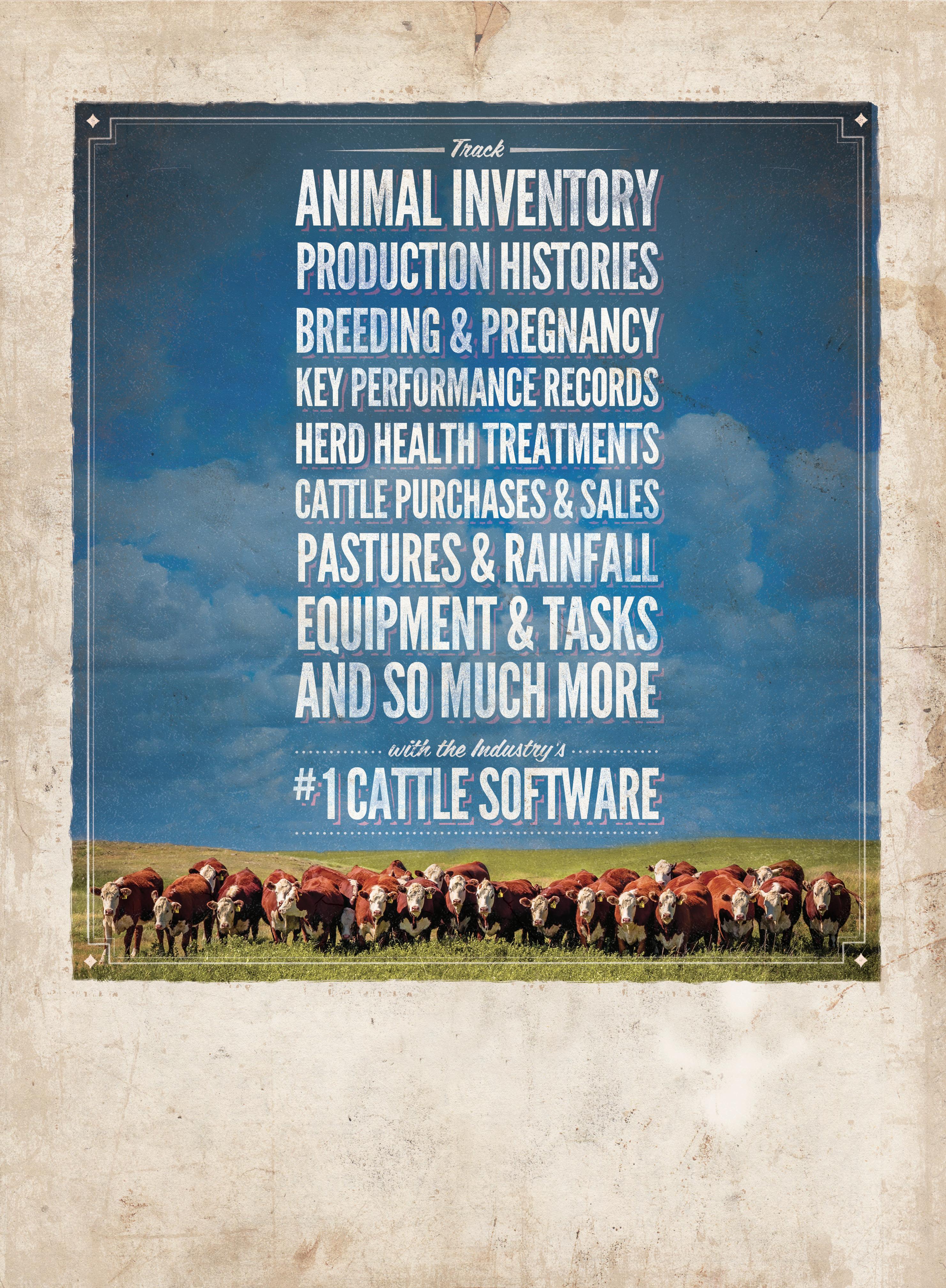
The only thing that takes more work than raising cattle is keeping track of all of the records that go with it. That’s why there’s CattleMax. Whether you’re tracking cattle or keeping records of everything from rainfall to receipts, CattleMax does it all. And does it easily.



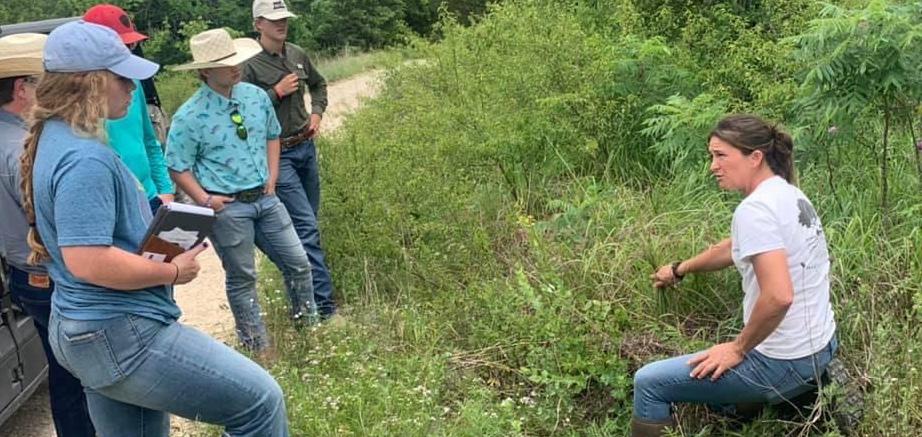

Since returning home in 2013, Meredith has embraced the role of ranch spokesperson and industry advocate. She has been interviewed by a host of publications, including Texas Monthly and D Magazine, along with industry periodicals. Podcasts and educational videos pop up regularly on her calendar, too.
By February 2023, she had been a featured speaker at 12 different events, including delivering a keynote address on regenerative ranching to the entire student body of Skidmore University in upstate New York, and presenting at the McDonald’s World Convention and the Sustainable Ag Summit twice. The list has grown substantially since.
By Meredith’s own admission, public speaking scares her. But what scares her most are the consequences of ranchers staying home and remaining silent about the industry’s benefits.
“I’m an introvert, and I’d rather be fixing water gaps and dealing with water moccasins instead of speaking in front of large groups, but it’s imperative that we get off our ranches,” she said. “Only 20% of North America’s grasslands remain, and our effort as ranchers is what keeps that land as rangeland and habitat.”
She continued, “There is nothing more sustainable than regenerative ranching, when people use a species such as cattle within a landscape, because natural history tells us that ecosystems thrive because of ruminant animals — not despite them.”
If cattle and ranches disappear, the environmental consequences will be dire.
“As ranchers, we are expressing our care and commitment across the landscape, and if our industry went away, that last 20% would turn into strip centers and housing developments,” she said. “We are protectors of a disappearing landscape.”
In December 2023, she carried this message across the world to COP28, the United Nations Climate Change Conference, held in Dubai. Meredith was a member of two delegations: the Protein Pact and Solutions from the Land.
She spoke on four panels, including one with U.S. Secretary of Agriculture Tom Vilsack, representing ranchers and the role land stewardship can play in solving the world’s environmental challenges. When she wasn’t on the podium, she was attending meetings, dinners and informal negotiations.
“It was a lot of hard work, but it was worth it,” she said.
Speaking to the diverse international audience was a far cry from preaching to the industry choir.
Meredith used the data collected from G Bar C Ranch to back up her passion with scientific evidence. As she recounted her stories, she encountered reactions ranging from astonishment and curiosity to cynicism and suspicion, as voiced by animal rights activists and proponents of veganism.
“With some people, you could just see the light bulbs going off, while others had their minds already made

up and were asking slanted questions to put me on the spot,” Meredith said.
In more than one instance, she was accused of “being the one good rancher that everyone else hides behind.”
“As industry spokespeople, that’s not fun, but we’ve got to be respectful, gracious and make it clear that we care about the environment, the animals and making as big a difference as we can,” she said.
“Just like I told them, I’m not the best rancher or a unique rancher. I learned from my dad, neighbors and mentors, and we’re all doing what thousands of others are doing across America.”
The difference, she said, was that she was willing to fly across the world and talk with them. And she is glad she did, especially to the people who were willing to listen and learn.
“In my opinion, it’s critical to have more ranchers at future meetings, because if we’re not there to give our input and come up with solutions, somebody else will — and their solution won’t benefit ranchers, the industry or the environment,”
Meredith said.
She feels so strongly about this, Meredith is considering attending COP29. It will be held in Baku, Azerbaijan, halfway between Moscow and Iran.
“My goal is to find other ranchers who are not afraid to go across the world and tell people what we are doing,” Meredith said. “This is not about one rancher, but about the legacy of all ranchers and what we have been doing for the land for generations.” T C
Lorie A. Woodward is a freelance writer from Brenham.
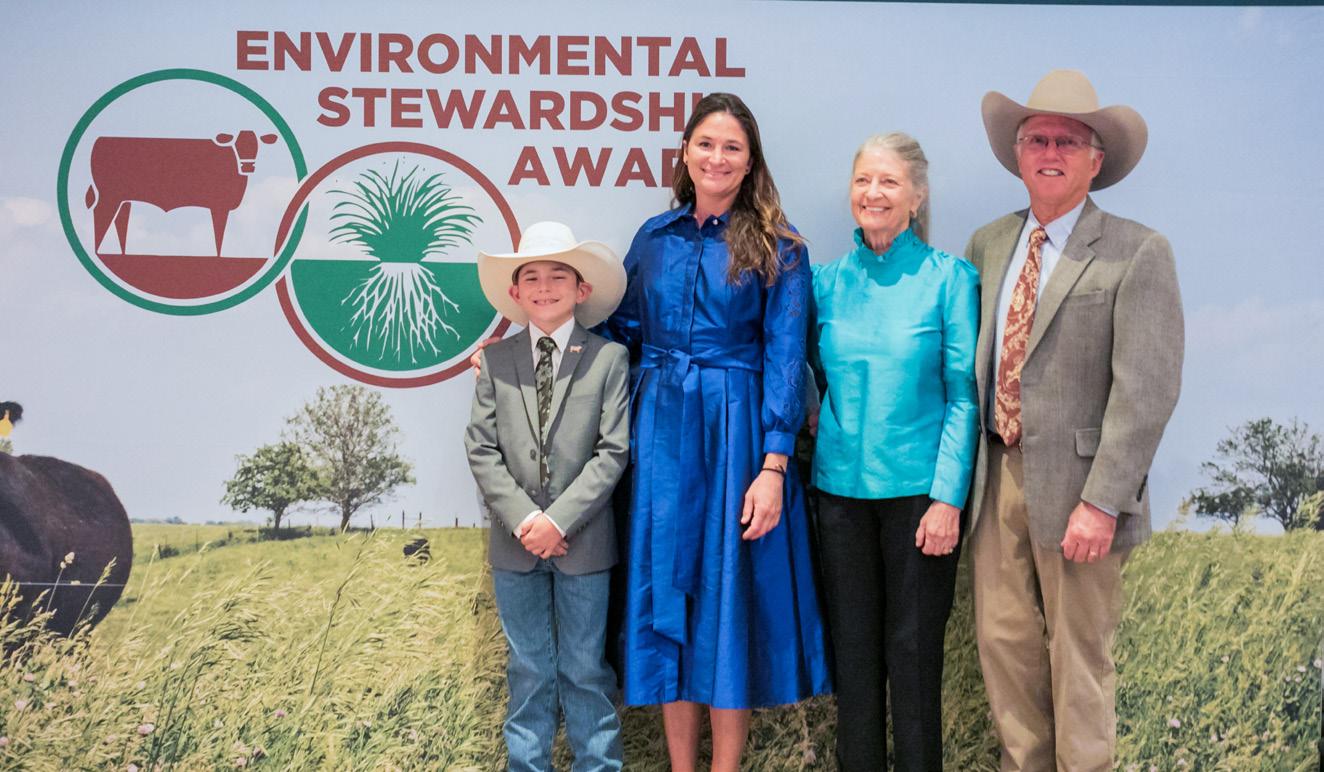

National Winners — G Bar C Ranch, after receiving the Texas Outstanding Rangeland Stewardship Award during the 2023 Cattle Raisers Convention & Expo, was nominated by Texas & Southwestern Cattle Raisers Association for the Region IV Environmental Stewardship Award Program, or ESAP, contest. They won the regional title in February, qualifying the ranch to compete nationally alongside five other U.S. cattle operations. In April, the ranch and the Ellis family were honored with the 2023 National ESAP Award in Washington, D.C. They are the fifth Texas-based operation to hold the title. Photos courtesy of National Cattlemen’s Beef Association.
I learned from my dad, neighbors and mentors, and we’re all doing what thousands of others are doing across America.”
— Meredith Ellis, G Bar C Ranch
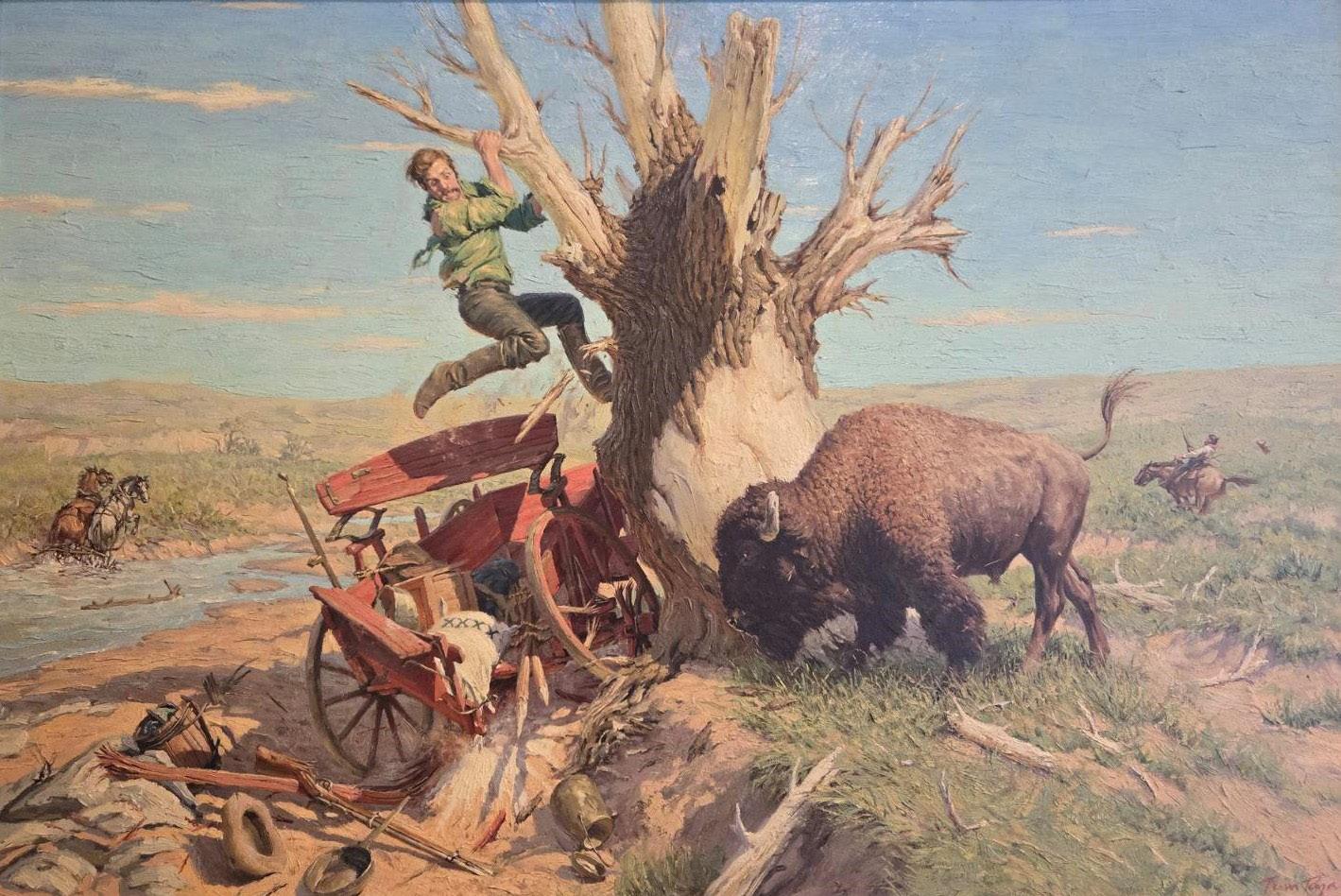



Mountain lions are native to the state, primarily found in two areas: desert mountain ranges of the
and

A historic first, Texas Parks and Wildlife Commission adopts rules involving the state’s largest native wild cat.
By Jena McRell
From his front porch, West Texas rancher Ron Helm looks directly at Panther Canyon, a rocky ravine named long ago for its abundance of mountain lions.
Located along the northwestern slopes of the Davis Mountains, Helm Land & Cattle Co., near Van Horn, is in the heart of lion country.
For nearly 50 years, Helm and his wife Janet have been running cattle throughout the rugged and wild landscape.
“It’s wide open,” says Helm, a Texas & Southwestern Cattle Raisers Association director. “There is a lot of freedom, but it is not free. Agriculture is a rewarding life — and it is a hard life, too.”
One of today’s challenges is the mountain lion population, which Helm suspects is growing throughout the Trans-Pecos region. He fears for his livestock, as well as larger wildlife that often fall prey to mountain lions, including white-tailed and mule deer, an income source for landowners like Helm.
In addition to raising commercial Angus crossbred cattle in Jeff Davis County, Helm operates a hunting enterprise to contribute to the ranch’s bottom line. He says the mountain lion's growing impact is evident in the declining population of mule deer and antelope.
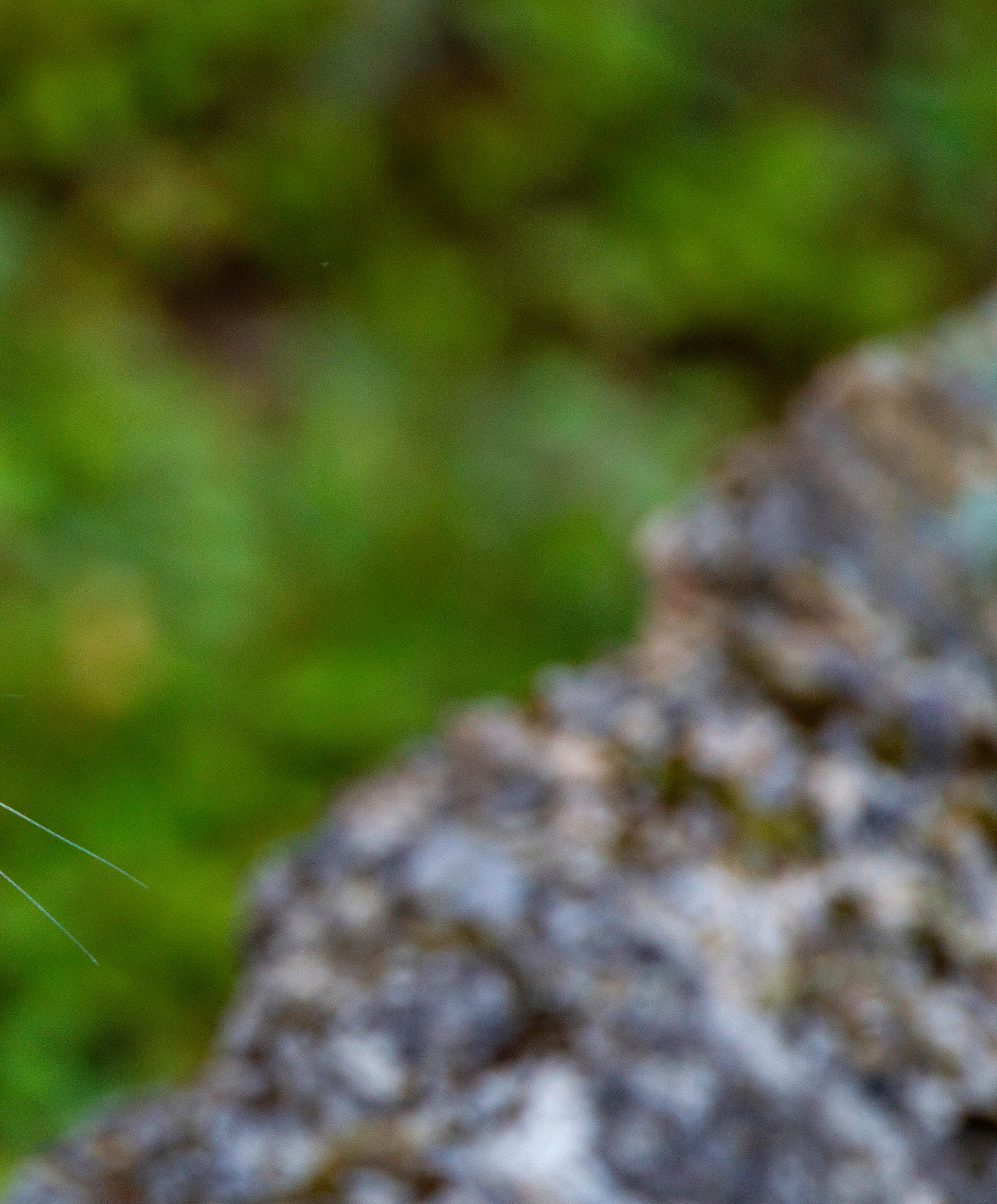
“Mule deer are a valuable commodity out here,” Helm says. “We struggle to keep our numbers up. Between the mountain lions and the drought, we have very few deer compared to what we had decades ago.”
The stealthy, reclusive mountain lion — alternatively known as the Puma concolor, cougar or panther — migrates long distances across the jagged terrain, often seeking solitude or its next meal. In recent years, there has been a growing push to better understand and manage lion populations.
“I love mountain lions. They are one of the most fascinating animals on Earth,” Helm says. “But they are an apex predator in Texas, and as such, you have to deal with them accordingly.”
Some groups believe the numbers are declining and greater regulatory protections should be in place; others, including Texas & Southwestern Cattle Raisers Association, advocate for the rights of landowners, ranchers and farmers to protect their livestock and manage mountain lions as needed on private property.
After grappling with these concerns for decades, Texas Parks and Wildlife Commission directed a stakeholder group to fully explore the current state of mountain lions.
Mountain lions are a widespread wild cat in North and South America. In evaluating their global presence, the International Union for Conservation of Nature lists the mountain lion as a species of “least concern.”
Closer to home, mountain lions are not classified as threatened or endangered, according to Texas Parks and Wildlife. Their conservation rank is vulnerable to imperiled, but more data is needed to determine the population’s current state.
Additionally, mountain lions are classified as a nongame species in Texas. A hunting license is required for the take of non-game species, but there are no designated hunting seasons, bag limits or possession limits. On private property, mountain lions can be hunted at any time by any lawful means.
Only the Texas Legislature can reclassify non-game and game species designations. The latter requires more population-based harvest requirements and other regulatory parameters.
In June 2022, Texas Parks and Wildlife received a petition pushing for mountain lion hunting and trapping regulations. The department declined the petition, and decided instead to form a Mountain Lion Stakeholder Group.
Starting in January 2023, the group held a series of five meetings throughout the year. The 19-person group included a wide array of backgrounds and interests — from cattle ranchers and affected landowners, to land managers, trappers, houndsmen, academic researchers and private wildlife biologists.
Chairing the effort was Joseph Fitzsimons, a former Texas Parks and Wildlife Commission chair and current Texas & Southwestern Cattle Raisers Association director. He was joined by fellow association director James Oliver, of Ozona, who represented the voice of cattle raisers during the discussions.
The group was tasked with considering the following charges: the abundance, status, distribution and persistence of mountain lions in Texas; development of a mountain lion management plan; harvest reporting; trap and snare check standards; harvest or bag limits; and canned hunts.
“Our job was to be the information-gathering body and to reflect where there was agreement and disagreement,” Fitzsimons says. “It was up to the commission to make a decision on what, if anything, to do looking forward.”
Fitzsimons says he balanced the group’s varying points of view on managing the mountain lion population by requiring homework. They studied, engaged in smallgroup discussions and heard from leading mountain lion experts, including Texas Parks and Wildlife staff, biologists

from other state and federal agencies, researchers, land managers, a lion hunter and a wildlife filmmaker.
“We learned a lot from those various experts, and none of them support a ban on hunting or trapping,” Fitzsimons says. “Not a single one.”
Protecting the right to hunt and trap mountain lions is critical to predator management, including protecting livestock, typically young calves, that are at most risk for mountain lion attacks.
The group also explored other important aspects of management, including the need for more research to fully understand mountain lion populations.
“Everyone on the task force eventually agreed on some very important issues,” Fitzsimons says. “One of them was simply that we don’t have the data to regulate mountain lions as a game species.”
Because of the mountain lion’s elusive nature and vast territories, gathering data is both difficult and costly. Emerging technology, including facial recognition, may someday help fuel further research.
In the stakeholder group’s final report, they noted that Texas Parks and Wildlife’s ability to monitor and manage mountain lion populations suffers from a lack of harvest data. However, addressing such data collection brings its own discussion.
For example, providing ways to voluntarily submit information, including by way of the My Texas Hunt Harvest app, was discussed as an alternative to mandatory reporting, but efficacy of data could be a deterrent. Mandatory reporting challenges the rights of

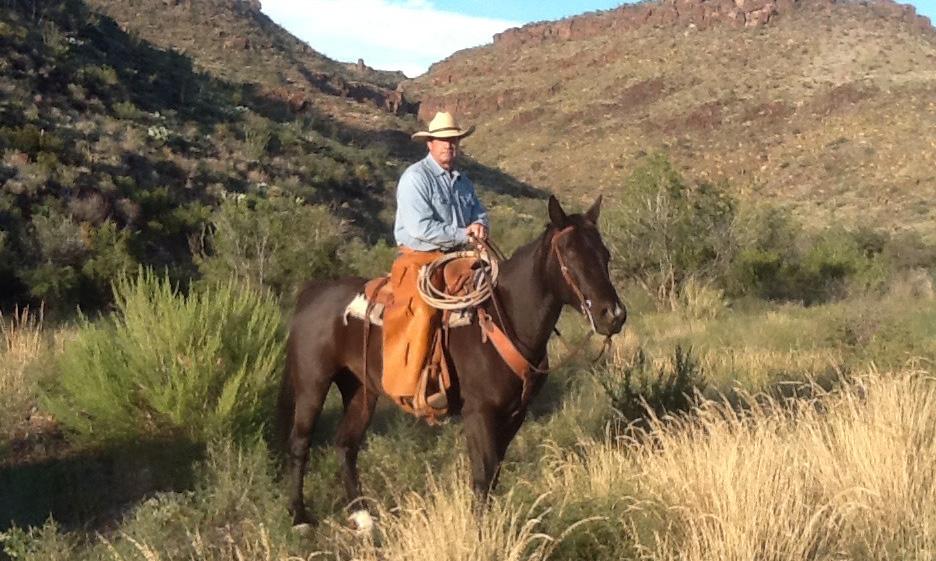
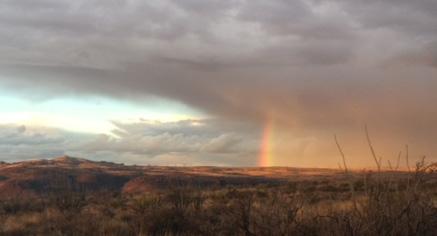
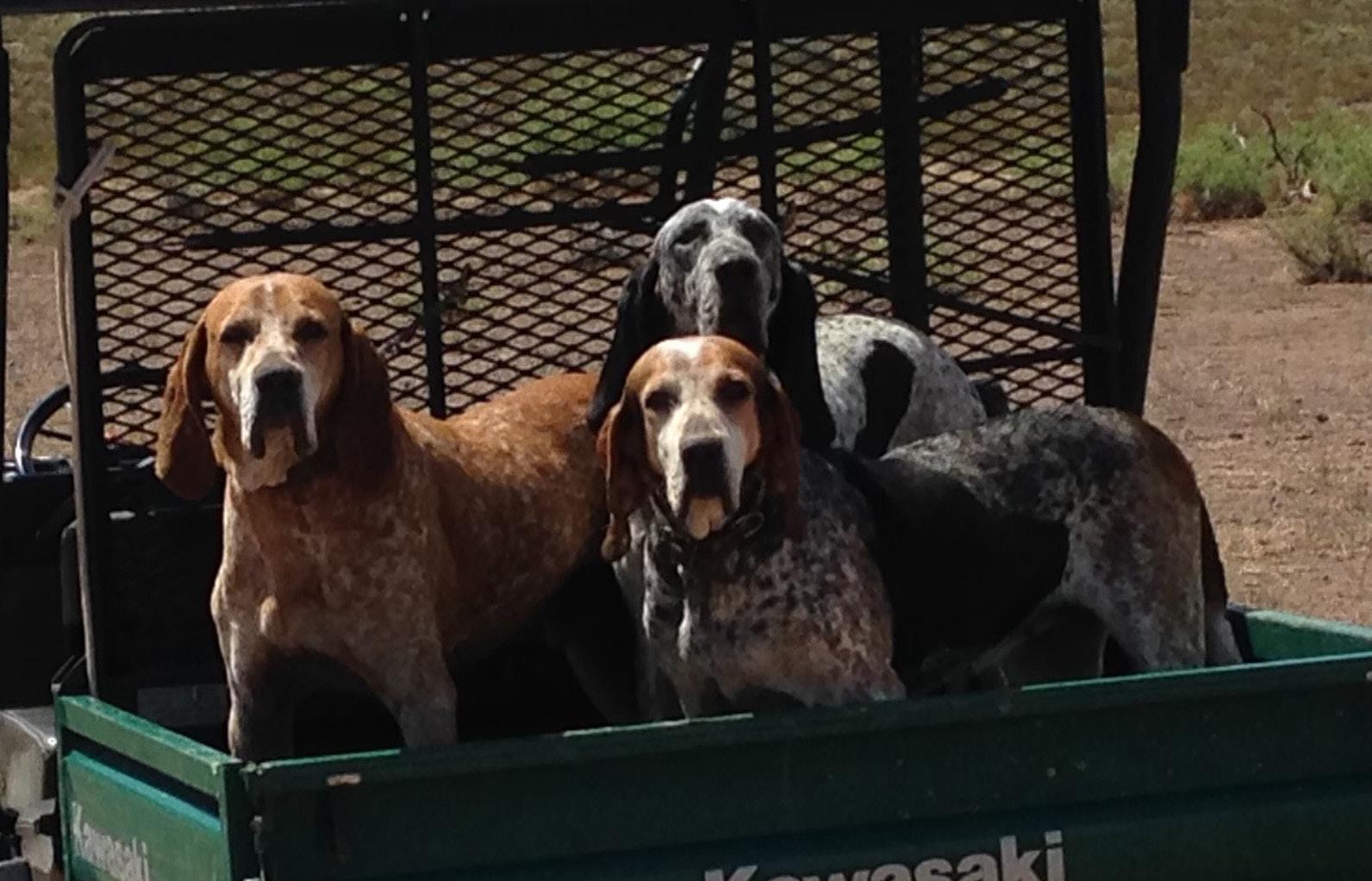
Ron Helm, who ranches northwest of the Davis Mountains, says he suspects the mountain lion population in the Trans-Pecos region is growing. He uses traps and dogs to help manage the predators on his land — and protect livestock and other wildlife. Courtesy photos.
hunters and landowners, adding additional regulatory burdens for a species lacking federal or state protections.
Fitzsimons says that the majority of mountain lions in Texas are presumed to be on private lands — making landowners a vital part of conservation efforts. This sets the state apart from others in the West that are controlling populations on public land.
“At the end of the day, the question was, ‘How do we move forward to really understand what our mountain lion populations are, both in the Big Bend and in South Texas?’” Fitzsimons says.
“The best way to do that is for people to voluntarily submit their harvest data when they do take them. Then, we really start talking about mountain lion management from the standpoint of facts, rather than emotions.”
The Mountain Lion Stakeholder Group issued its final report to the Texas Parks and Wildlife Commission in January 2024. From there, commissioners drafted and released proposed rules — a ban on canned hunting and 36-hour trapping standard — for public review.
During the comment period, Texas & Southwestern Cattle Raisers Association submitted written concern that the new regulations presented themselves as an attempt to control private landowner rights, and enact rules without supporting research and data.
The association also testified before the Texas Parks and Wildlife Commission before the final rules were approved.
In June, commissioners voted to enact the state’s first regulations involving mountain lions.
The new rules ban canned hunts, or the capture and later release of a mountain lion for hunting purposes. They also create a 36-hour trapping standard, where a live mountain lion cannot be kept in a trap or snare for longer than the specified time limit.
One exception, the department reports, is if a mountain lion is inadvertently captured in as snare set vertically with a loop no larger than 10 inches in diameter. In such circumstances, the 36-hour requirement does not apply.
Failure to comply could result in a Class C misdemeanor and a $500 fine.
“What you are doing is tying an unnecessary regulation against people who are trying to manage wildlife,” Helm says. “Landowners, property owners and livestock producers in Texas are very much the front line of wildlife management. That’s what we do every day.”
He adds that a spirit of cooperation among landowners and the Texas Parks and Wildlife Commission is vital for conservation, and heeds caution when it comes to enacting burdensome rules failing to account for landowner concerns.





A generation ago, in the ’60s and ’70s, Helm says he remembers how unusual it was for someone to bag a mountain lion. When it happened, people would flock into town to see it for themselves. During that era, he says the predator population was low, as reflected by a large number of mule deer and antelope.
Today, that has changed. “It is an imbalance slanted toward the predators, not the desired game,” Helm says.
He says he receives game camera photos from fellow ranchers and landowners all across the state — from South to East Texas, to the Panhandle and Hill Country.
“Those mountain lions are everywhere,” Helm says. “There may be more along the river corridor in terms of population and numbers, but they’re everywhere in Texas.”
While mountain lion sightings alone are not enough to fully quantify and evaluate population trends, it is a start. The observations also reinforce the need for more research before moving forward with a state-wide mountain lion management plan.
Yet, perhaps the most concerning issue regarding mountain lion populations often goes unnoticed.
Fitzsimons says the greatest threat to the large cat’s existence in Texas is the fragmentation of rural landscapes. Mountain lions need a lot of space, with

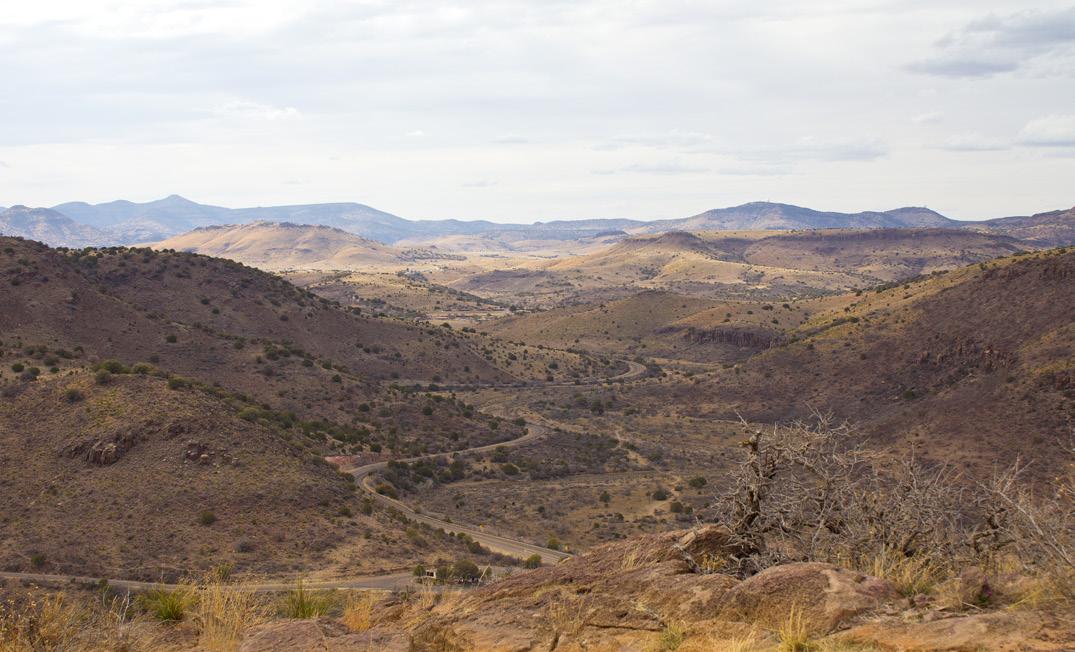
males traversing up to 500 square miles, and when ranches or farms are broken up, the habitats are not viable long term.
“Nobody has a greater role in the health of all our wildlife population than private landowners, ranchers and farmers of Texas,” Fitzsimons says. “Whether it’s mountain lions or quail or white-tailed deer, the members of TSCRA are the key to success in wildlife management.” T C









By Dan Gattis, Texas & Southwestern Cattle Raisers Association second vice president and secretary/treasurer
An excess of power granted to federal agencies has long been a source of discontent for many Americans.
These agencies are led by unelected bureaucrats whose jobs allow them to exercise a considerable amount of control over individuals and industries. Those who share this sentiment will celebrate a recent ruling by the U.S. Supreme Court limiting previous precedent that granted federal agencies a largely unchecked power.
In late June, the U.S. Supreme Court released a landmark decision in Loper Bright Enterprises v. Raimondo. Ranchers, landowners and the beef industry welcomed the decision as a positive step toward limiting unjustified and burdensome federal regulations. The case changed years of legal precedent that required courts to defer to federal agencies in their interpretation and implementation of federal laws.
The legal concept of deference to federal agencies, known as Chevron deference, was derived from the 1984 Supreme Court case Chevron U.S.A. Inc. v. Natural Resources Defense Council, in which the court concluded that if Congress has not directly spoken on an issue through legislation, then the courts should defer to federal agencies and their interpretation of those laws.
That decision shifted an enormous amount of power to federal agencies and opened the door for broad and overreaching rules and regulations. Since the Chevron decision, cattle raisers and landowners have found themselves in the crosshairs of onerous regulations from federal agencies.
One example of regulatory overreach under Chevron is the Clean Water Act, which grants the federal government control over certain “waters of the United States,” but did not define “waters of the United
States.” That ambiguity allowed the U.S. Environmental Protections Agency and the Department of the Army to create their own definition by rule. Countless legal battles and landowner angst have resulted almost solely from that rule — and the definition of WOTUS concocted by the EPA and the Department of the Army.
While the Supreme Court’s decision in Loper creates meaningful limits on the power of federal agencies, there is still a tough road ahead. The decision will not immediately undo current regulations plaguing cattle raisers with burdensome red tape, like WOTUS or endangered species designations by the EPA.
Similarly, the ruling does not stop agencies from developing and issuing rules and regulations. It does, however, increase the likelihood that these harmful, agency-driven agendas will falter under legal scrutiny.
Texas & Southwestern Cattle Raisers Association and National Cattlemen’s Beef Association are at the forefront of these challenges, making it even more important for cattle raisers and landowners to engage with and support these organizations.
Moreover, the recent Chevron decision will require Congress to assume renewed accountability for the bills they pass if they want them to survive a legal challenge.
They must draft more precise and detailed legislation to create workable laws. With legislators required to provide clear definitions and directives within legislation to assist in implementation, timely passage of key legislation could prove difficult. This includes the highly anticipated farm bill.
Regardless, this Supreme Court decision is a win for ranchers and landowners. Voters are back in the driver’s seat, giving power to legislators they elect — rather than a bureaucracy of unelected federal employees. T C

PROTECT YOUR BOTTOM LINE AGAINST REDUCED APPETITE AND WEIGHT LOSS.

Stress happens every time cattle are handled, transported or commingled. Cortisol levels increase from stress impacting appetite, health and weight gain. Studies demonstrate FerAppease® reduces the impact of stress on calves treated:*
• Reduced cortisol levels
• Improved appetite
• Increased weight gain
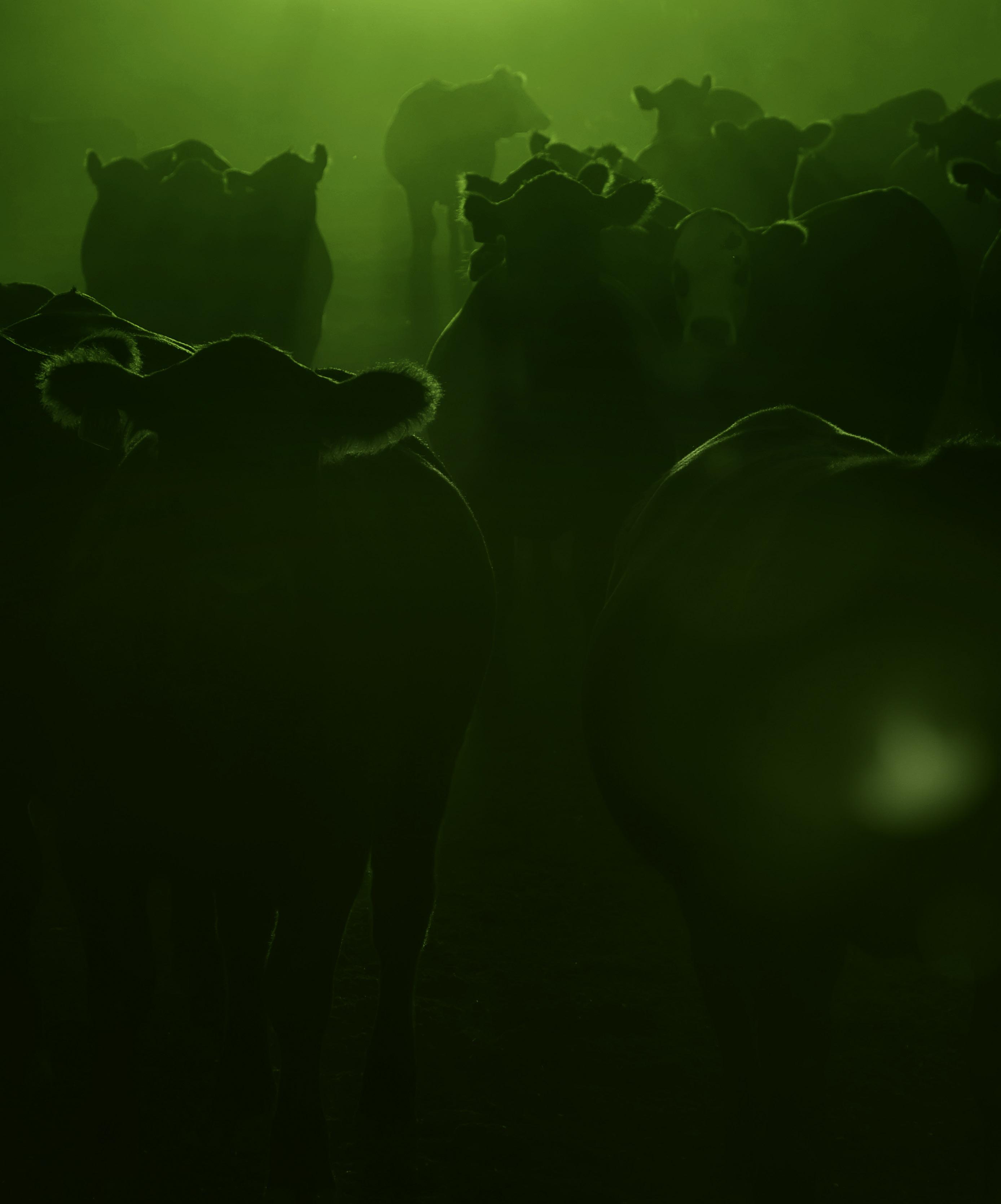
• Improved immunocompetence
• Improved health response, better recovery
• Decreased mortality
*Conducted by Dr. Reinaldo F. Cooke, Texas A&M University
HEALTHIER & HEAVIER CALVES = MORE PROFIT


U.S. Sen. Ted Cruz is serving his 12th year as a Republican Senator for Texas. Since he was sworn in, Cruz has been a passionate fighter for limited government, economic growth and national security.
Cruz is honored to serve as the top Republican on the Commerce Committee, a position that enables him to have a far-reaching impact on innovation and growth across the landscape of daily life.
As ranking member, he is focused on furthering innovation in the telecommunications space, protecting Americans’ privacy and security, helping Americans travel safely and more efficiently, and ensuring that the U.S. continues to lead the world in space exploration.
Indemnity Program in an effort to establish an additional payment rate for excessive calf death losses due to loss of bred cattle. This push was in response to the devastating wildfires in the Texas Panhandle.
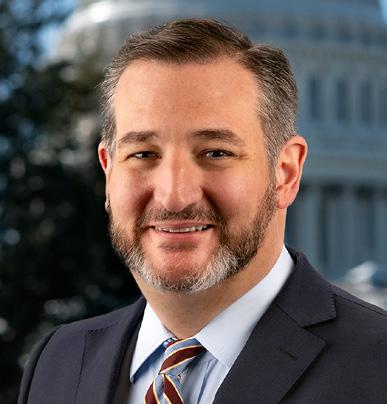
Cruz also stands with Texas agriculture producers. During his tenure, he has worked alongside legislators, both in the House and Senate, to bring forth legislation with the well-being of cattle producers and landowners at the forefront. Recent efforts include filing a bill to expand the Livestock
Cruz has supported the Fish and Wildlife Service in their efforts to ensure conservation decisions remain at state and local levels. He has also been leading congressional efforts to help Texas farmers by bringing Mexico into compliance with a 1944 treaty to share water from the Colorado, Tijuana and Rio Grande Rivers.
Cruz earned his undergraduate degree from Princeton and his law degree from Harvard Law School. He clerked for Chief Justice Rehnquist and then worked in private practice. In 1999, he joined George W. Bush’s campaign for president as a domestic policy advisor. That experience led him to Heidi Nelson, who also worked on the policy team. Heidi and Ted married after the campaign and started their family, welcoming Caroline and Catherine upon their return to Texas. T C

Thursday,Oct.3@10:00a.m.–SanSaba SutphinCattleCo•BooksareClosed!
Thursday,Oct.10@10:00a.m.–SanSaba BooksareClosed!
Thursday,Oct.17@10:00a.m.–SanSaba KnoxBrothers–Hereford&AngusBulls
Thursday,Nov.7@10:00a.m.–SanSaba HalesAngusFarmBullSale-30AngusBulls BooksareClosed!
*Wednesday,Nov.13@11:00a.m.–SanSaba BarberHerefordRanchandExpressRanchAngus Thursday,Nov21@10:00a.m.–SanSaba FeaturingSchaeferFarmsAngusBulls
Thursday,Dec.19@10:00a.m.–SanSaba LeachmanTexasFallStabilizerBullSale
Saturday,Sept.28@10:00a.m.–SanSaba ConsignmentsWelcome!
*Wednesday,Oct.16@11:00a.m.–SanSaba 11thAnnualHillCountryYouthHeiferSale
Saturday,Oct.26@10:00a.m.–SanSaba Saturday,Dec.7@10:00a.m.–SanSaba ConsignmentsWelcome!
WEEKLY SALES HELD AT 11:00 a.m.
Monday – Mason Thursday – San Saba
Formoreinfoonabove salesoronlineviewing andbidding,pleasecall orvisitourwebsite.
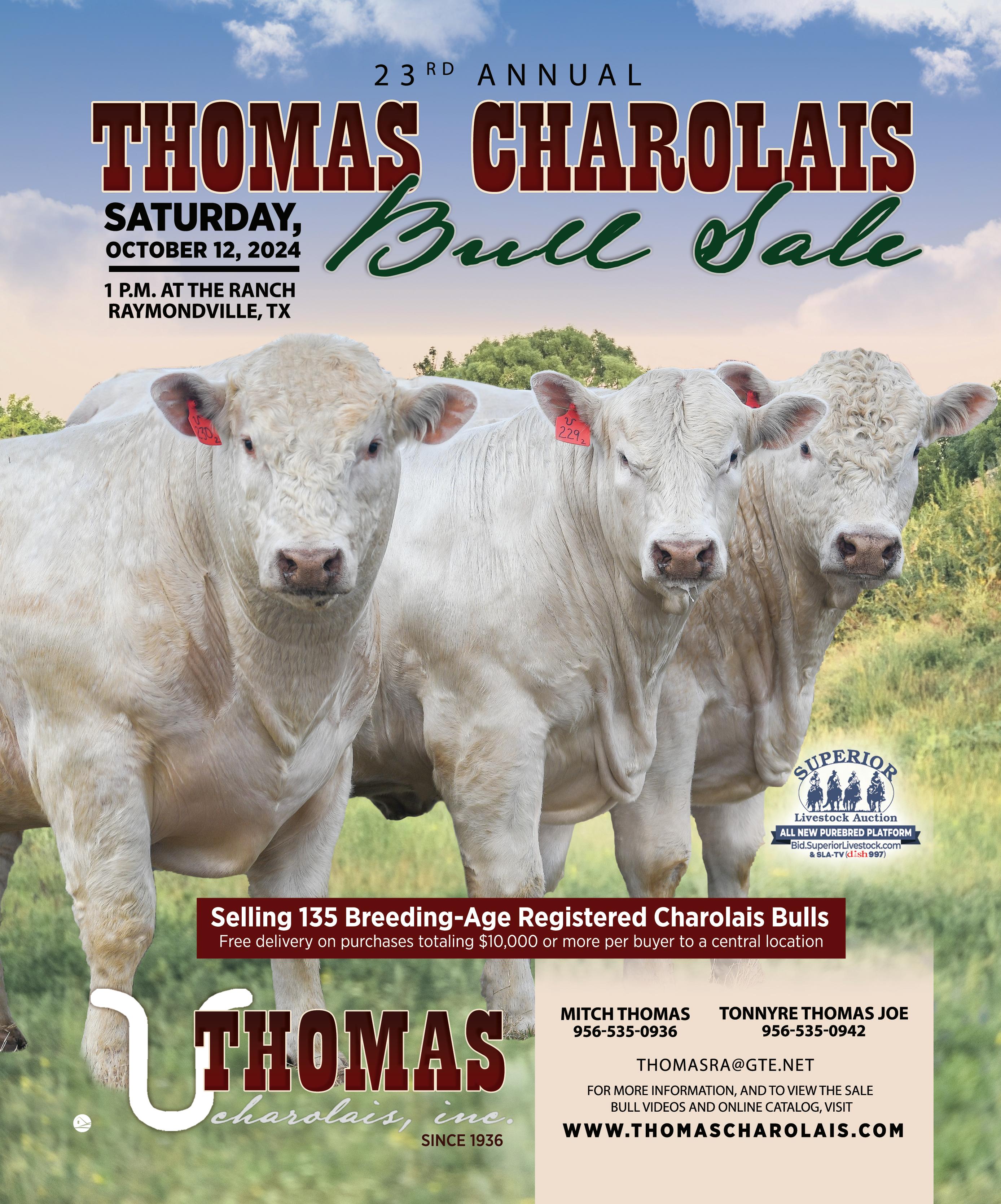
Texas & Southwestern Cattle Raisers Association will host an educational webinar at 7 p.m. Tuesday, Oct. 1 to discuss the recently finalized traceability rule impacting beef and dairy cattle.
The session will feature a panel of livestock industry experts and cattle raisers, and answer important questions about electronic ID requirements in response to the USDA Animal and Plant Health Inspection Service final rule for animal disease traceability that goes into effect Nov. 5.
Topics include:
• Impacted classes of livestock;
• Electronic ID tag requirements;
• Industry responsibilities for implementation;
• Data and program security; and
• Resources for cattle raisers, including how to access free tags.
The webinar is free and open to the public. To register, visit tscra.org/events.
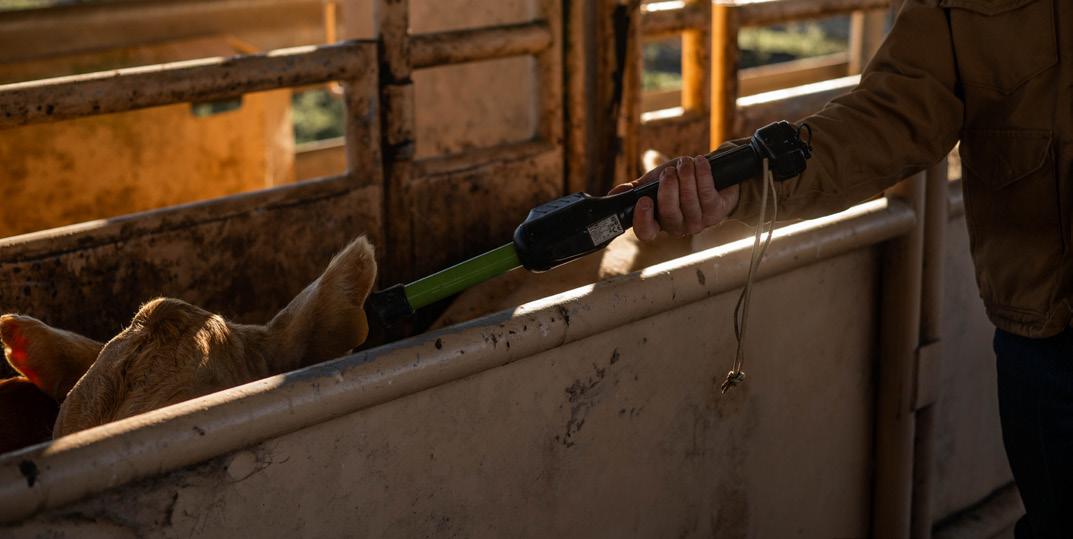
Texas & Southwestern Cattle Raisers Association
President Carl Ray Polk Jr. addressed the Texas House Committee on Culture, Recreation and Tourism in July to promote the need for the Texas Farm and Ranch Lands Conservation Program, and raise awareness
about land fragmentation trends and impacts amid the state’s rapid growth.
Polk, a rancher and landowner from East Texas, delivered the message that the loss of working lands is not theoretical. It is very real for cattle raisers and landowners, as are the challenges that accompany such land use changes.
“When ranchers try to continue production in the face of development, they are confronted with new challenges such as a strain on natural resources necessary for agriculture, like water,” Polk said.
Working lands, which include ranch and pastureland, make up 81% of the state of Texas. Today, Texas loses 1,000 acres of these lands per day to development — an increase from the 650 acres of working lands lost only 10 years ago.
“The need for keeping land in agricultural production is greater now than it has ever been,” Polk said.
The Texas & Southwestern Cattle Raisers Association president also testified that while the challenge at hand clearly illustrates the need for the Texas Farm and Ranch Lands Conservation Program, it’s important the program supports conservation easements that keep land in agricultural production.
Texas & Southwestern Cattle Raisers Association is now accepting applications for the spring 2025 internship programs.
These experiences provide students with opportunities to work alongside Texas & Southwestern Cattle Raisers Association staff and industry leaders. Students will expand their professional network, and learn from staff across administration, communications and marketing, education and events.
Spring 2025 opportunities include:
• TSCRA Internship: Semester-long internship in Fort Worth offering a variety of opportunities in administration, communications, education, events, membership and more. Interns will gain first-hand experience in the day-to-day functions of the association and get a behind-the-scenes look at hosting the 2025 Cattle Raisers Convention & Expo, the largest agricultural event in the Southwest.
• TSCRA Government Relations Internship: Semester-long internship in Austin focusing on federal and state policy-related issues, including private property rights, natural resources, animal health and more.
Applications for the spring 2025 internship opportunities are due Oct. 1. Additional details including submission instructions are available at tscra.org/who-we-are/employment. T C

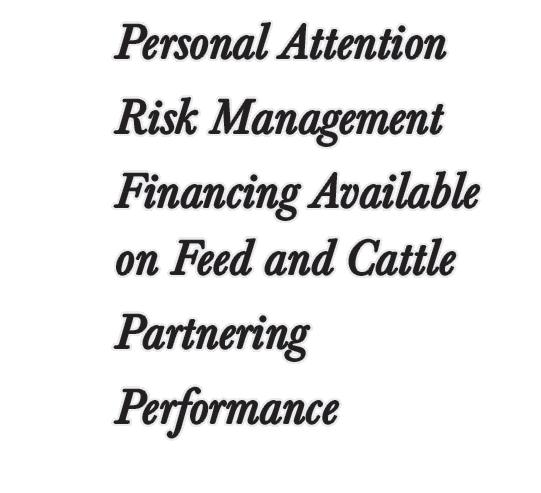









Join or renew your membership today.
Member benefits include the support of TSCRA Special Rangers, government relations advocacy, educational programs, networking and social events, member-only discounts, The Cattleman magazine and phone app, and insurance services.

To learn more about membership, scan the code above or visit TSCRA.org.
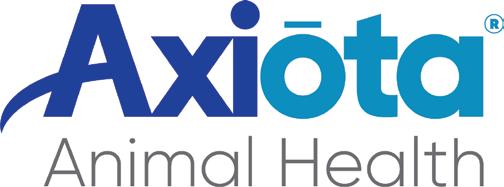

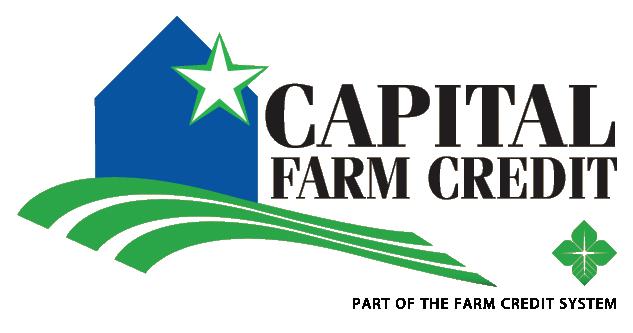
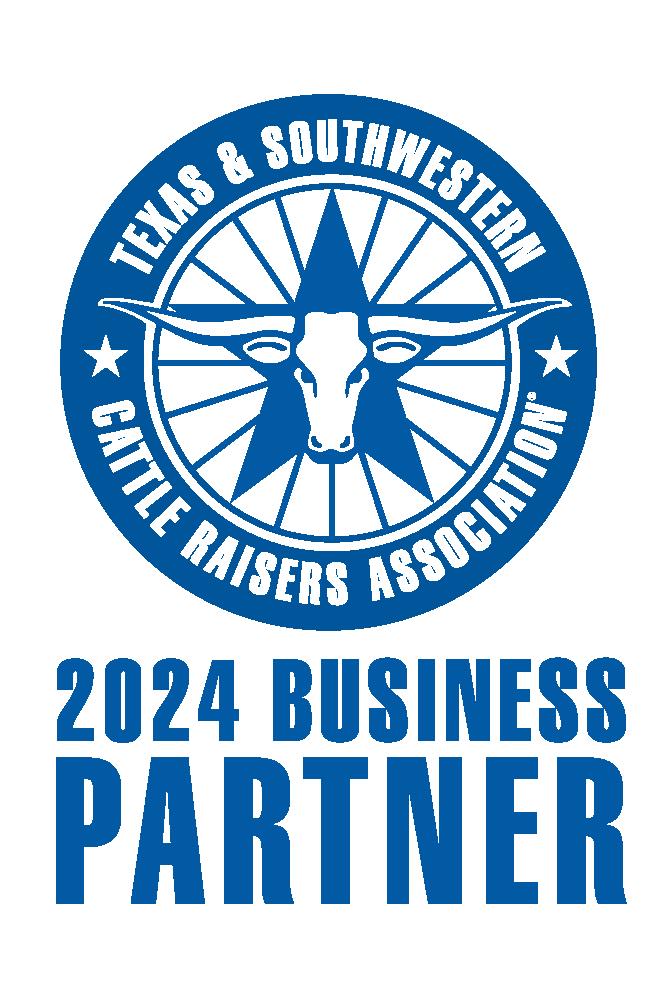
The TSCRA Business Partner Program allows companies and organizations whose values and mission align with TSCRA to demonstrate their support to the cattle industry. Thank you to our current business partners.
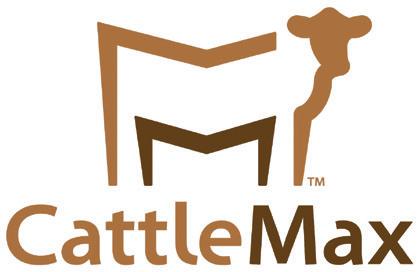
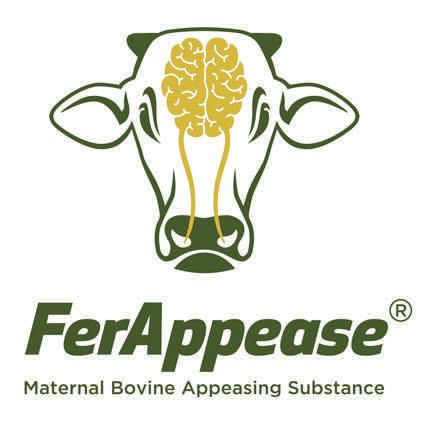





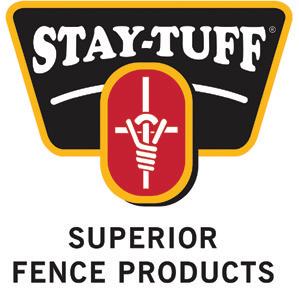
Upcoming Ranching 101 will share expert advice for shooting season.
Mark the calendar for Tuesday, Sept. 17 to join Texas & Southwestern Cattle Raisers Association for the next Ranching 101 webinar.
The hour-long session, starting at 1 p.m., will feature two game wardens who will share essential safety measures and insights to help facilitate an enjoyable hunting season.
Participants will gain expert knowledge from those responsible for ensuring regulations are followed to promote safety and protect wildlife. Interested association members can register by scanning the QR code below.
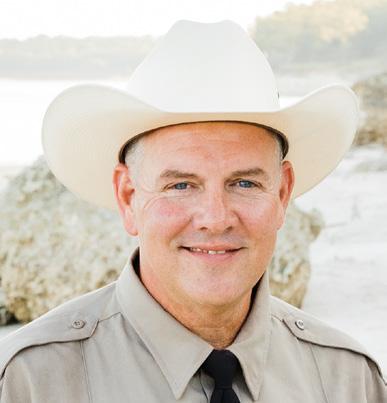
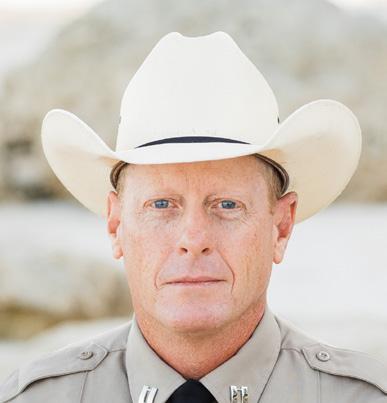
Steve Stapleton, of Van Zandt County, a humorist, naturalist, storyteller and Captain Game Warden, who has spent the last 25 years protecting wild things and wild places across the state of Texas, will present.
Joining Stapleton is Randolph McGee, of Fannin County, who is a graduate of the University of North Texas. He became a cadet of the 49th Texas Game Warden class in 2003. After graduation, he was stationed in Grayson County, where he worked until June 2010. He then transferred east to Fannin County, where he still works today.
Ranching 101 webinars provide participants with practical, sound guidance on the tools and equipment needed to get started in ranching or land ownership. The monthly webinar is available online on the third Tuesday of every month.
Registration is complimentary for any association member. Visit tscra.org to learn more. T C



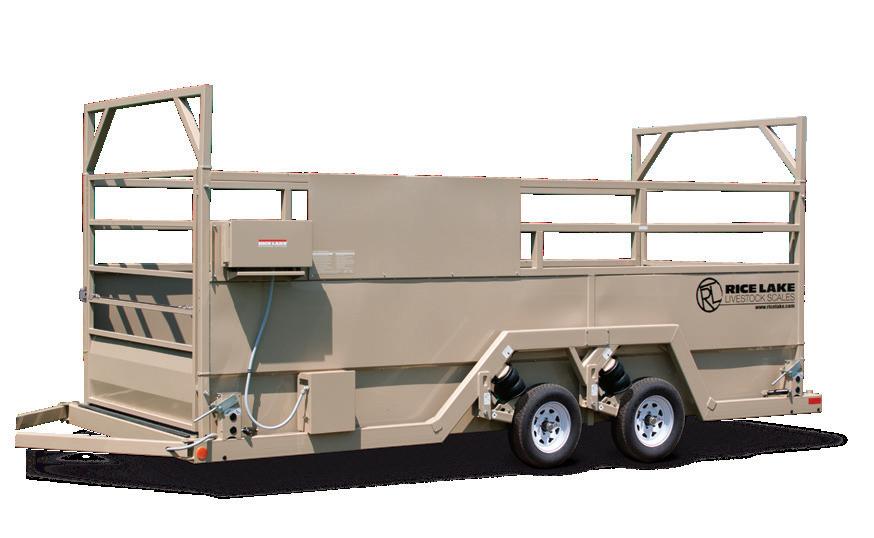
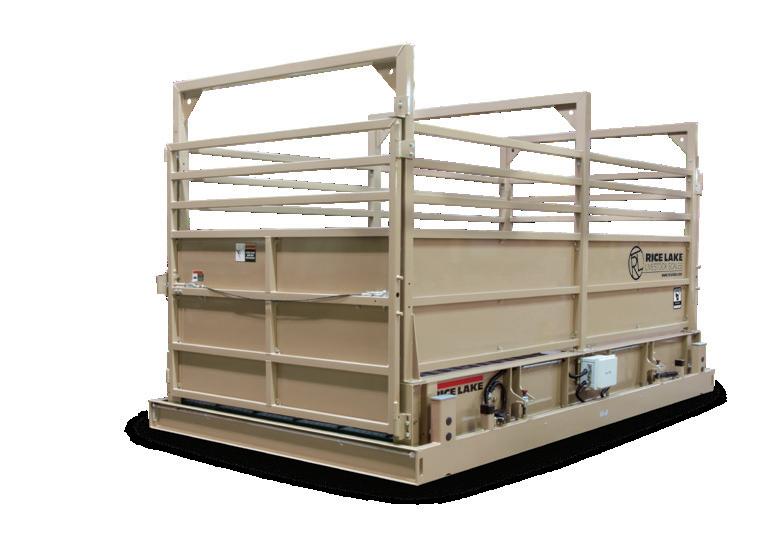

Bulls Bred for Performance but Raised on Limited Feed and Grass FERTILITY • EFFICIENCY • DOCILITY • SOUNDNESS • LONGEVITY
OCTOBER 14, 2024 12:30 P.M. AT THE RANCH SELLING: 70 Coming 2-year-old Bulls (50 Horned & 20 Polled) 20 Fall-Calving Cows (most calved by sale day) • 15 Spring-Bred Heifers

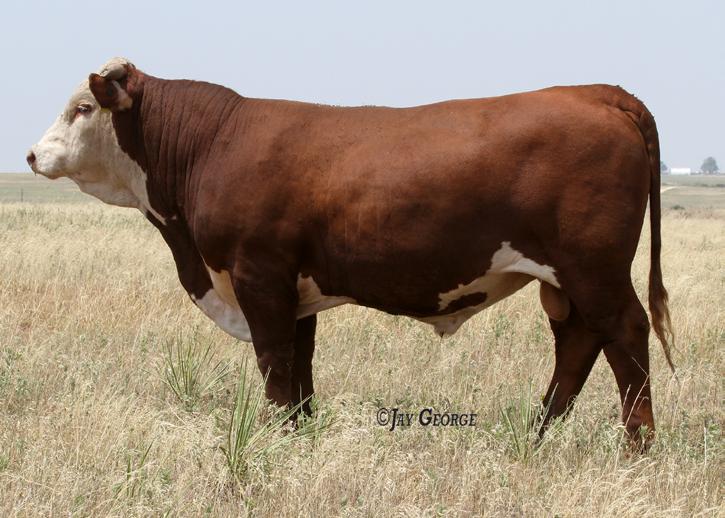
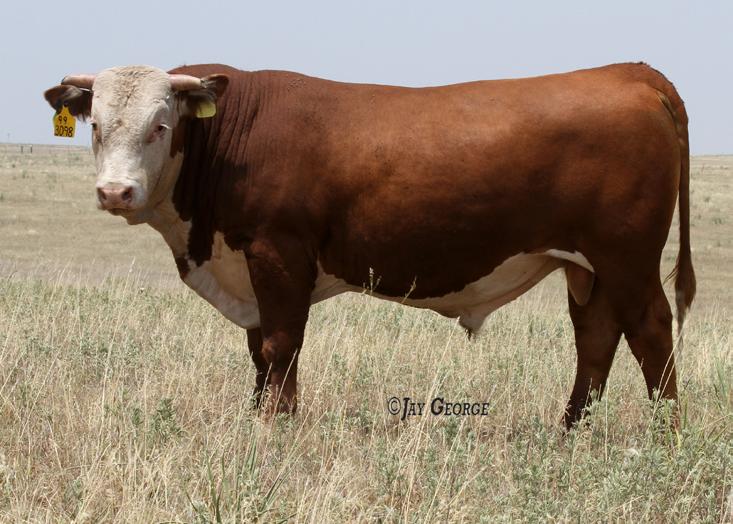
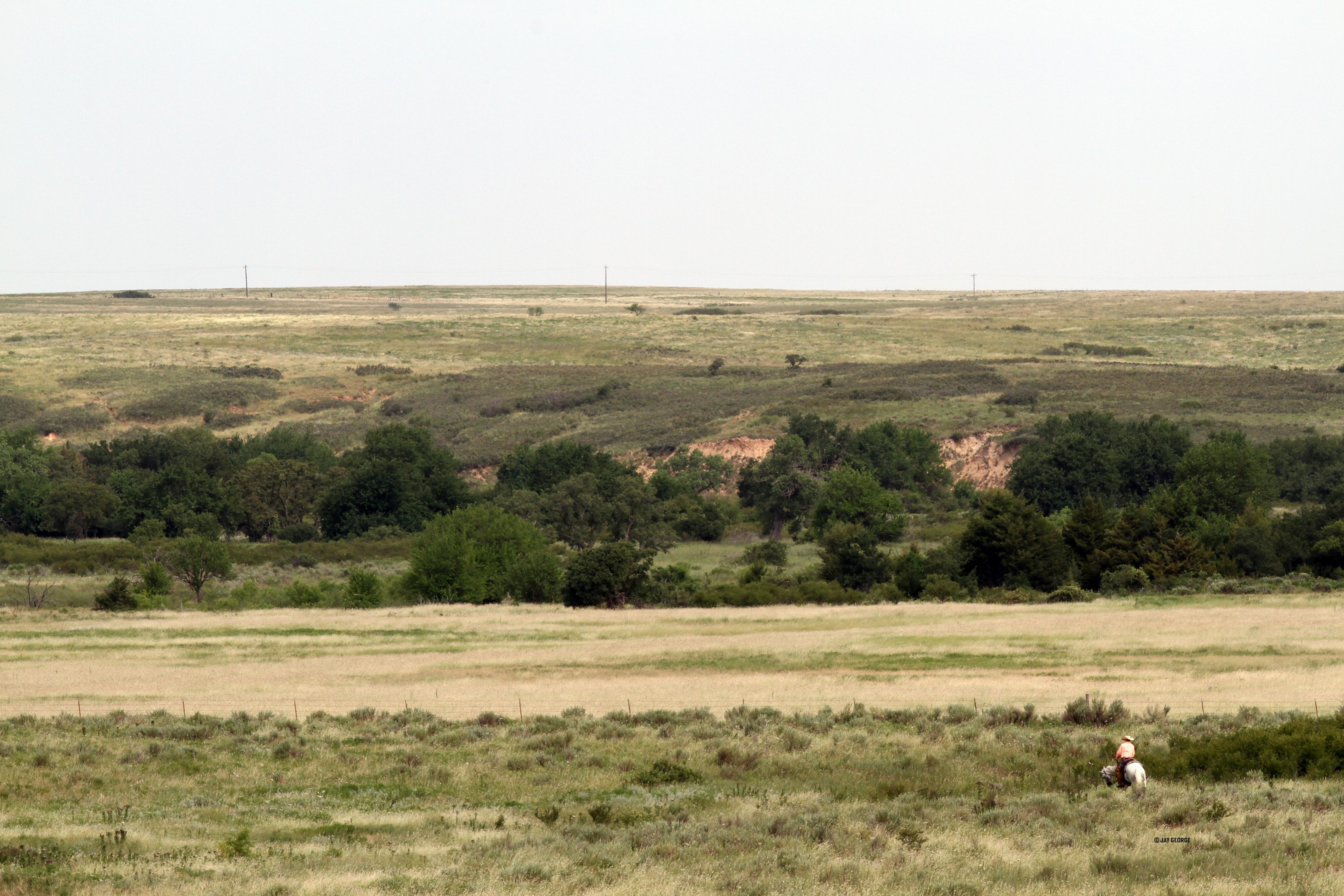
4.7


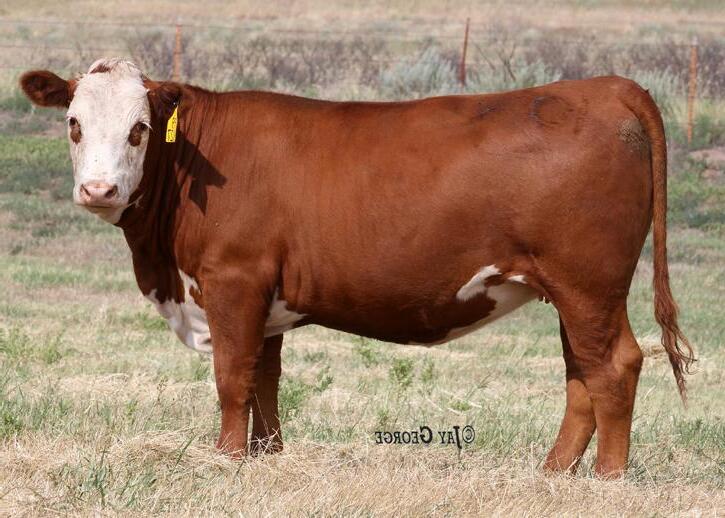


WILLIAM RICHARD CARR, 87, of Laredo, died June 5.
A graduate of the University of Texas at Austin with a degree in geology and from the School of Law, Carr was a certified landman and real estate broker. He also served in the Air Force Reserves.
After practicing law and working in the oil-and-gas industry for Southern Minerals, he began full-time cattle ranching.
By the early 1970s, following an initial series of land purchases with his parents and brothers, he was the sole owner of 12,000 acres in Webb County and started breeding Beefmaster cattle. He eventually acquired two
additional ranches in Wilson and Kendall counties, and continued to breed Beefmaster cattle on all three ranches.
Carr served the Beefmaster Breeders United organization in numerous ways, including as president and chairing various committees. He received the Beefmaster Breeders United Breeder of the Year award twice, in 1993 and again in 2021; and along with his wife, Dusty, was inducted into the organization’s Hall of Fame in 1996.
Carr is survived by his wife of 55 years, Edith Joyce “Dusty” Carr; two children, Kirk Andrew Carr and Courtney (Todd) Carr Baxter; and three grandchildren, Claire Elizabeth Baxter, Kate Teel Baxter and Tessa Autrey Baxter. T C
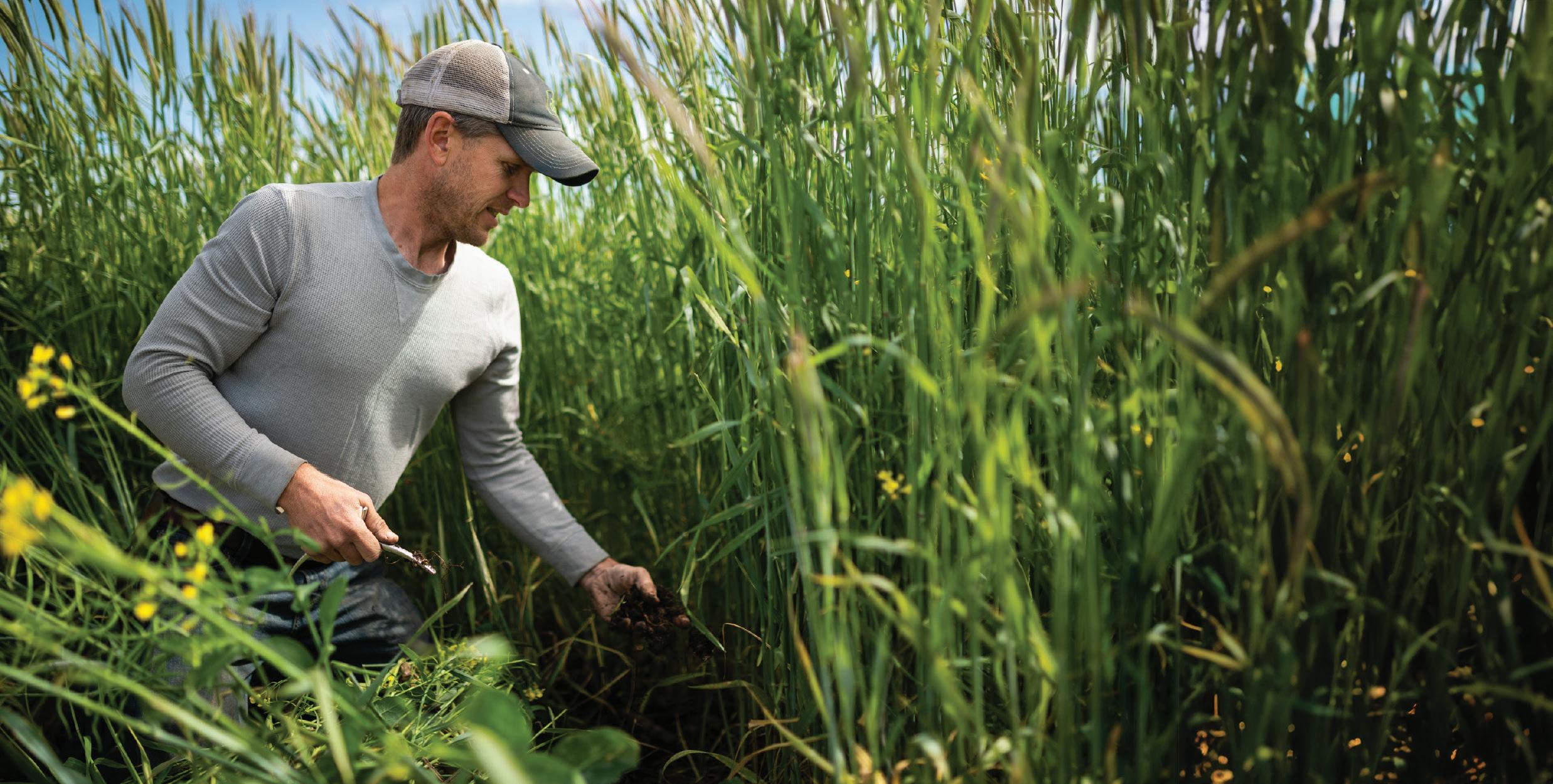

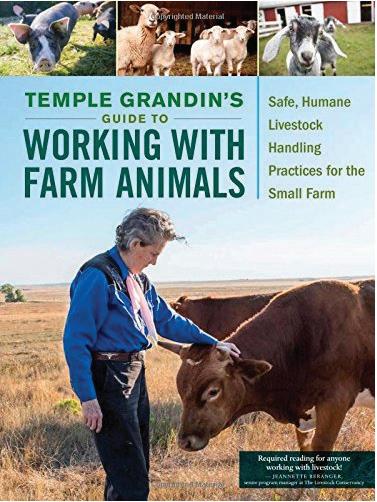






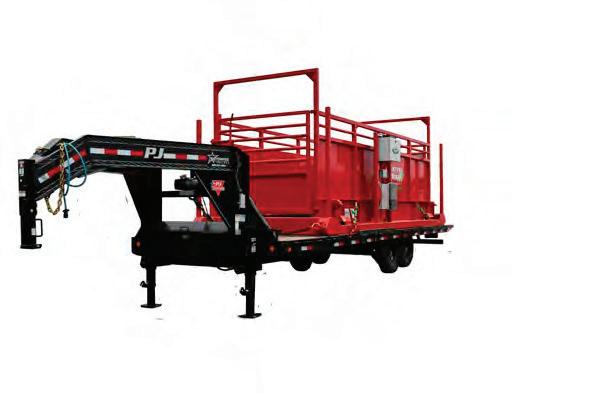
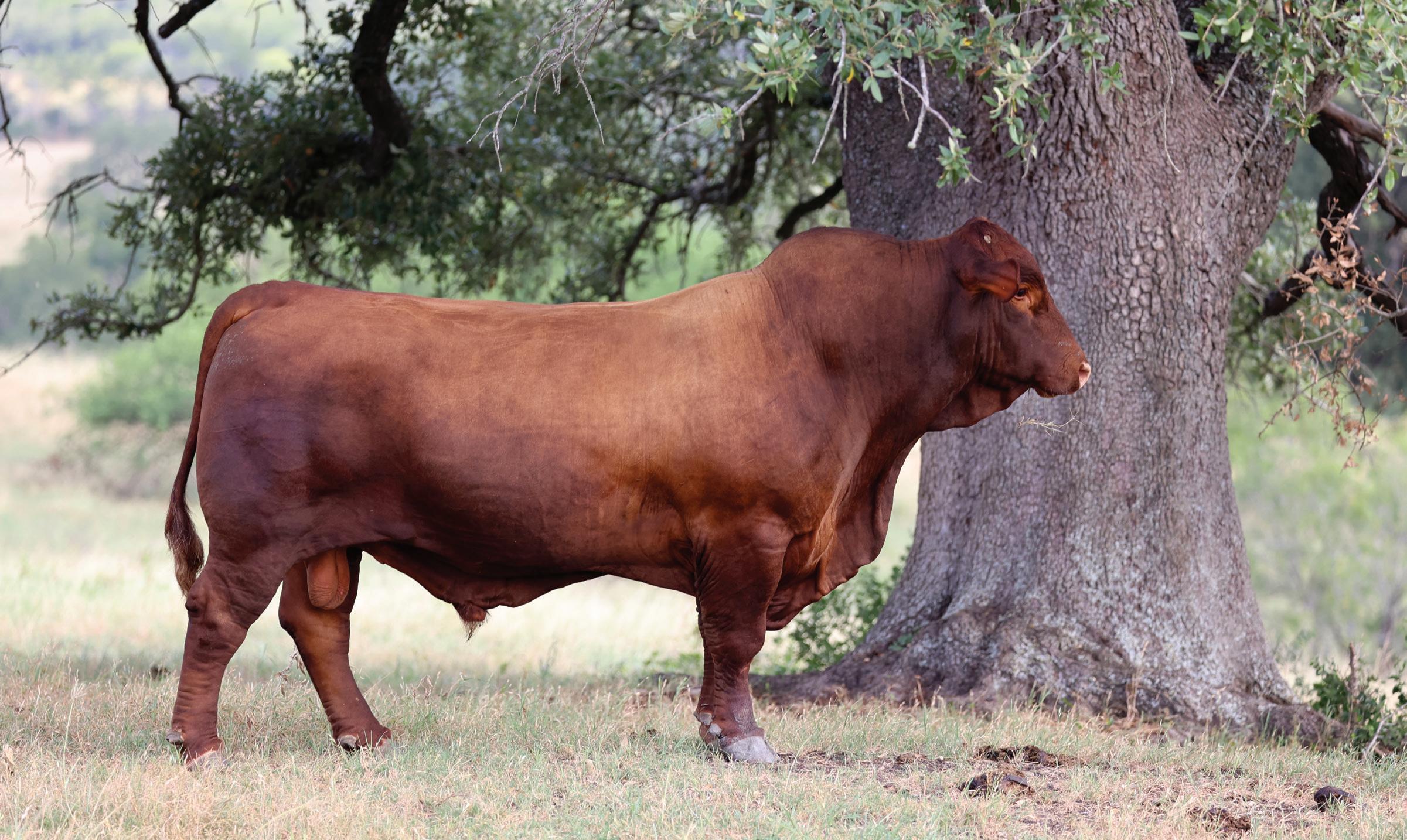


Ronnie Joe Patterson arrested after an investigation by Texas & Southwestern Cattle Raisers Association.
Albany native Ronnie Joe Patterson was arrested on a warrant for theft of livestock issued in Potter County. The warrant follows an investigation conducted by Texas & Southwestern Cattle Raisers Association Special Ranger Chris Ward.
In December 2022, the victim, a rancher from Potter County, discovered a discrepancy in his calf counts. The victim contacted Ward, stating his belief that his employee, Patterson, had stolen the calves.
Ward was able to find evidence linking Patterson to the crime and determined he had received proceeds from the stolen cattle.
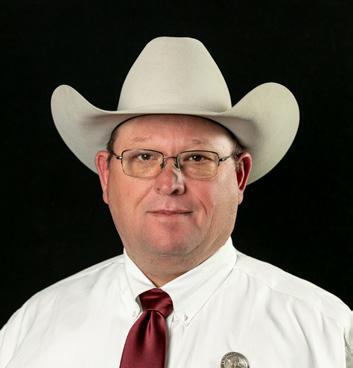
Ward submitted his findings to the Potter County District Attorney’s Office, which reviewed the investigation and secured an indictment for theft of livestock. A warrant was issued for Patterson’s arrest.
Patterson was apprehended June 8 in Shackelford County and is currently out on bond.
Texas & Southwestern Cattle Raisers Association extends a thank you to the Potter County District Attorney’s Office for their assistance in this case. T C

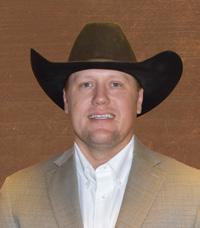
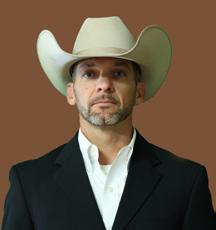
Cactus Feedyard
Matthew Turney, Manager
Cactus, TX office: (806) 966-5151 cell: (806) 282-7077
Centerfire Feedyard
Adam Gerrond, Manager Ulysses, KS office: (620) 356-2010 cell: (806) 390-9034
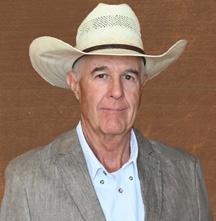
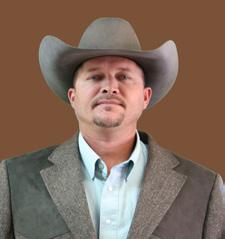

Frontier Feedyard
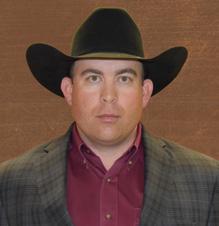
Southwest Feedyard

Wolf Creek Feedyard

Jon Vanwey, Manager Spearman, TX office: (806) 882-4251 cell: (719) 251-2381 Hale
Kacey Graham, Manager
Hereford, TX office: (806) 364-0693 cell: (806) 316-8799
Stratford Feedyard
Pistol Audrain, Manager
Stratford, TX office: (806) 396-5501 cell: (806) 753-7133
Burlington Feedyard
Logan Hardin, Manager
Burlington, CO office: (719) 346-8532 cell: (620) 575-6702
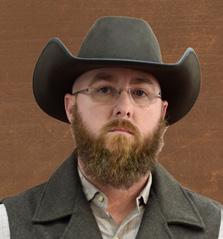
Rusty Jackson, Manager Hale Center, TX office: (806) 879-2104 cell: (806) 773-9457

Ulysses Feedyard
Adam Gerrond, Manager Ulysses, KS office: (620) 356-1750 cell: (806) 390-9034
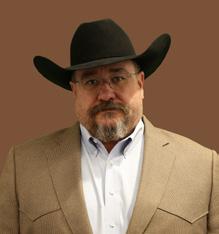
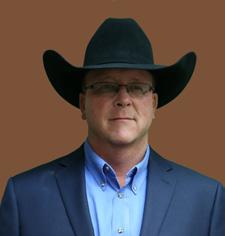
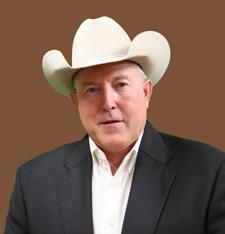
Keith Brinson, Manager Perryton, TX office: (806) 435-5697 cell: (806) 282-7588
Wrangler Feedyard
Randy Shields, Manager Tulia, TX office: (806) 583-2131 cell: (806) 290-0559
Syracuse Feedyard
Phil Moreman, Manager
Syracuse, KS office: (620) 384-7431 cell: (806) 340-4790

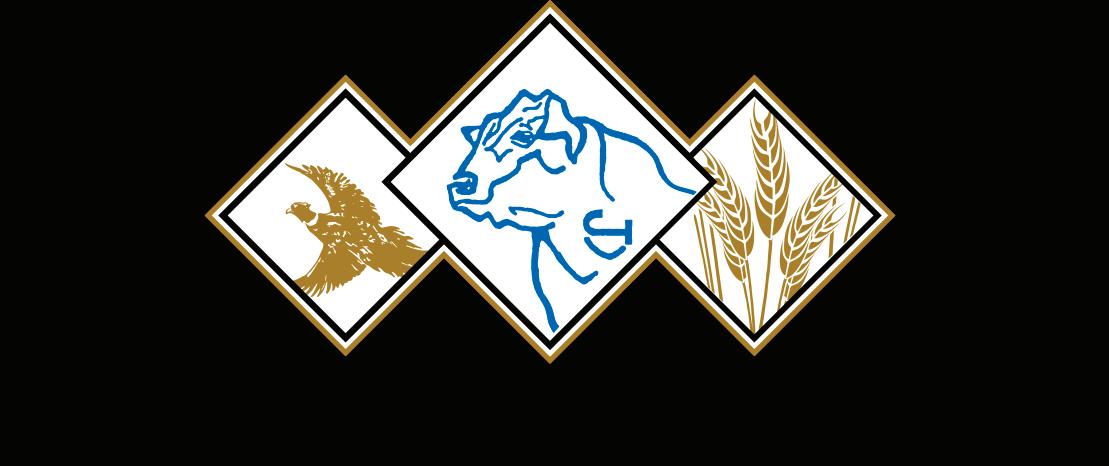
Our Angus Smar tBulls® are mature. They can breed more cows. They can handle the heat.
A n d , t h e y d o n ’ t n e e d p a m p e r i n g . 1 - 8 0 0 - 5 4 8 - 2 8 5 5

A S o u t h e r n T h i n g f o r O v e r 5 0 Y e a r s
Longhorn cow missing in Donley County.
Texas & Southwestern Cattle Raisers Association Special Ranger Chris Ward reports a blue-roan Longhorn cow, last seen June 5, missing from a property near the intersection of County Road 3 and County Road 6 in Ashtola.
Tack stolen in Randall County.
Ward also reports a Cactus brand ranch saddle and four Kelly Terry bits stolen from a saddle house located on property off FM 1705 near Happy. The items were discovered missing June 25. Anyone with information on these cases is urged to contact Ward at 806-205-0119.
Calf missing in Wilbarger County.
Texas & Southwestern Cattle Raisers Association Special Ranger Jay Foster reports a calf missing from a property near Farmers Valley. Last seen June 13, the black or black-and-white faced calf will possibly have an “SL” branded on the right shoulder and a notched left ear. Anyone with information on this case is urged to contact Foster at 940-475-0295.
Cattle missing near Cooke & Montague County line.
Texas & Southwestern Cattle Raisers Association Special Ranger Brad Oliver reports three Hereford cows and three tiger striped cow-calf pairs missing from a property off FM 455 and FM 730 near the Cooke and Montague County line. They were last seen June 16. The Hereford cows weigh approximately 1,000 pounds and are four-to-six months bred. They are branded with a “Rafter 21” on their left hip and have a white tag in their left ear, which includes the owner’s telephone number. The cow-calf pairs weigh approximately 1,400 pounds with their calves weighing 300 to 400 pounds. The heifer calves have a pink ear tag in their left ear, and the steer calves have a purple ear tag in their right ear. The cows have “Rafter 21” and bone branded on their left hip, and have a white tag in their left ear, which includes the owner’s telephone number.
Angus heifers missing in Denton County.
Oliver also reports nine Angus heifers missing from a property off State Highway 114 in the Southwest portion of Denton County. The heifers weigh approximately 950 pounds and are five-months bred. They have ear tags in both ears and a “2” branded on their left rib cage. They were last seen June 15. Anyone with information on these cases is urged to contact Oliver at 903-328-8023.
Kubota skid steer stolen in Cherokee County.
Texas & Southwestern Cattle Raisers Association Special Ranger Darrel Bobbitt reports a Kubota SVL 95 2S skid steer stolen from a property off County Road 3111 in Jacksonville. The serial number is 33395. The skid steer, with the pallet forks attached, was stolen June 25 between 5:30 p.m. and 9 p.m. The suspect(s) drove the skid steer off the property before loading it onto a trailer. Anyone with information on this case is urged to contact Bobbitt at 936-222-2144.
Charolais bull missing in Madison County.
Texas & Southwestern Cattle Raisers Association Special Ranger Chace Fryar reports a Charolais bull missing from a property off Blakney Lane in Normagee. The two-year-old bull has “JB” branded on his left shoulder. He was last seen in June 2023.
Cattle missing in Walker County.
The special ranger reports five Longhorn cows, a Shorthorn cow and a Red Angus bull missing from a property off Loma Road in Bedias. The cattle are described as follows: five Longhorn cows of mixed color, with one ear tag of unknown color including “FB Wakefield” and a phone number; one black Shorthorn cow, with one ear tag of unknown color including “FB Wakefield” and a phone number; and one five-year-old Red Angus bull with a pink ear tag in his left ear including “Riber Cattle Company” and a phone number. The cows were last seen in January, and the bull was last seen in May. Anyone with information on these cases is urged to contact Fryar at 281-734-4078.
F1 cows missing in Washington County.
Texas & Southwestern Cattle Raisers Association
Special Ranger Brent Mast reports 11 head of F1 tiger striped cows missing from a pasture off FM 227 in Chapel Hill. They were last seen in July 2023. The owner believes it’s possible they got out due to the flooding in the area this past spring. Anyone with information on this case is urged to contact Mast at 936-714-6619.
Black Brangus bull missing in Gillespie County.
Texas & Southwestern Cattle Raisers Association
Special Ranger Todd Jennings reports a black Brangus bull missing from a property near Willow City. The twoyear-old bull has no brands or markings and was last seen June 11. Anyone with information about this case is urged to contact Jennings at 830-997-7585.
Cow-calf pair missing in Bee County.
Texas & Southwestern Cattle Raisers Association
Special Ranger Steve Martin reports an 8-year-old, blackand-white Muley crossbred cow with her black-andwhite belted calf missing off Live Oak Drive. They were last seen June 4. Anyone with information on this case is urged to contact Martin at 361-542-0496. T C
TSCRA offers a cash reward for information leading to the arrest and/or grand jury indictment of individuals for theft of livestock or related property. Anonymity is guaranteed. To provide information, call the Operation Cow Thief tip line at 817-916-1775.
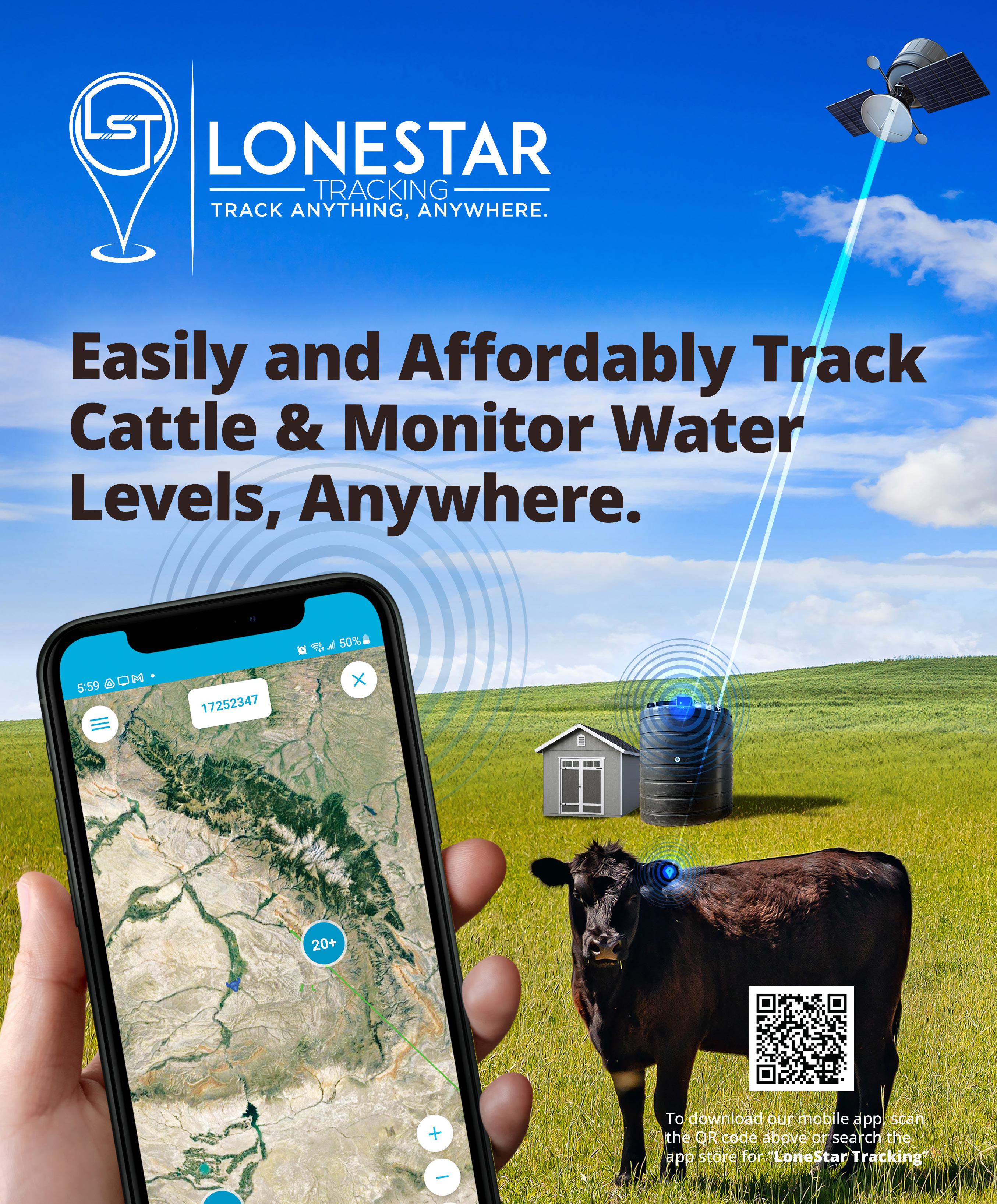
What’s plaguing the state’s quail population?
By Kayla Jennings
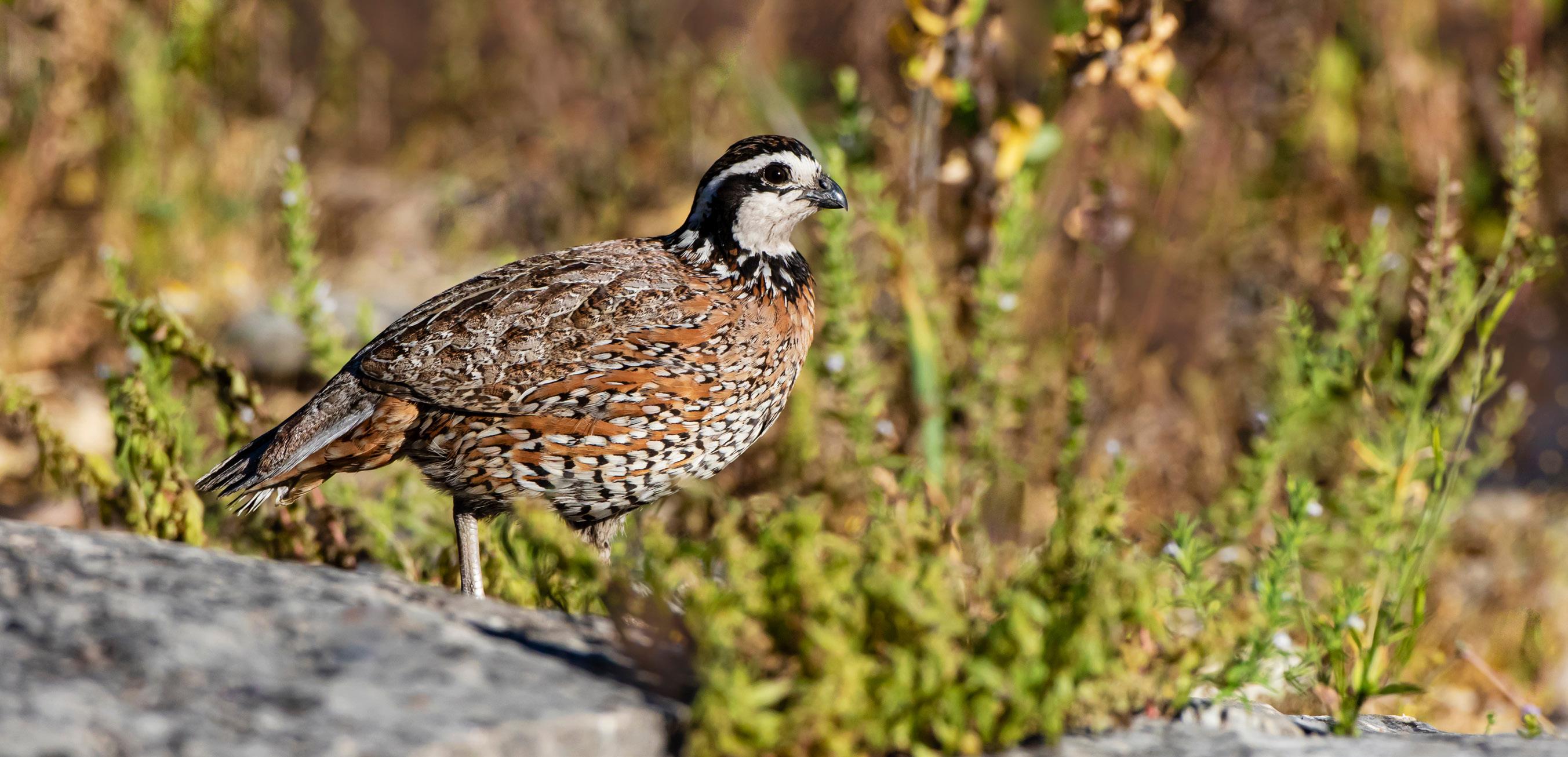
From crawling insects to grazing livestock and bounding deer to soaring birds, ranches are a delicate balance of living things. Each species connects to form not only a thriving ecosystem, but also a thriving enterprise for its stewards.
Nobody is more innately aware of this balance than cattle raisers.
Quail, a popular bird for hunting enthusiasts, is found in all regions of the Lone Star State and has seen dwindling populations. Researchers at the Rolling Plains Quail Research Foundation set out to learn why bobwhite and scaled quail populations have declined significantly throughout the past 50 years.
“The demise of quail is our greatest conservation tragedy,” said Dale Rollins, founder and former executive director of the Rolling Plains Quail Research Foundation.
Rollins joined Ryan O’Shaughnessy, the foundation’s current executive director, for a School for Successful Ranching presentation during the 2024 Cattle Raisers Convention & Expo March 23 in Fort Worth.
paradigm,” Rollins said. “We committed $1.9 million of our war chest, if you will, to the study of this.”
This research left no stone unturned with a comprehensive look into quail depredation, parasites, diseases, toxicology and more. Just as researchers were beginning to think habitat alone was the culprit, the study revealed something else at play.
From the research, two parasites emerged — eyeworms and cecal worms. Rollins said the sheer number of these parasites in quail had increased substantially from prior years, and it may be impacting quail numbers.
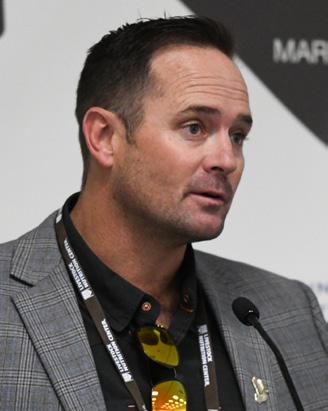
Ryan
O’Shaughnessy
Historically, Rollins said the prevailing paradigm in wildlife management for quail is this: rain plus habitat equals quail. Even so, after a wet year in 2010, few quail remained. This set forth a project called Operation Idiopathic Decline in 2011 to determine why.
“Our charge was a scientific examination of the factors on the quail outside of the habitat-precipitation
“We're not saying that these worms are directly killing quail, but they certainly might be having an effect when we dry up,” O’Shaughnessy added. “It becomes just that much more effort for those birds to find food and then to process that food to get the energy that they need.”
Oddly enough, their fatal harm doesn’t come solely through the digestive tract, but also through their vision.
Rollins said since quail are at the bottom of the food chain, if they can’t see because of these parasites impairing their vision, the survival likelihood is low. To back this up, he said most quail he has sent the Texas Veterinary Diagnostic Lab have returned trauma as the cause of death.
Rollins said quail overrun with parasites and poor vision are either flying into structures or falling victim to predators, in addition to the nutrition deficiency they are experiencing with parasites on board.

These parasites are not only causing harm to the quail, but also to the ranchers who manage their habitats. Along with the species’ continual drop comes a potential loss in ranch income.
“As the quail have declined, the economic opportunities for a lot of these struggling West Texas rural communities have also been impacted,” Rollins said. “These places used to receive a real infusion of cash come hunting season. Quail hunters in Texas spend an average of about $10,000 [per hunter] in pursuit of their hobby. We hope to restore that as we improve the quail populations.”
Fortunately, there is a promising solution on the horizon for producers who have worked to maintain their quail habitats.
The foundation is spearheading a medicated feed study to determine if it can get a hold on these parasites. This comprehensive study will include several groups of quail across ranches in Texas and Oklahoma.
The researchers will catch and track birds to determine how they respond to receiving the medication. There
will be control groups, as well as a group that receives the medication through a syringe and a group receiving treatment through a feeder.
By doing this, researchers will first determine if the medication works, and secondly, if birds will consume the product through a delivery system ranchers can practically use.
“We want to figure out if we can effectively administer a medicated feed on the landscape that's going to make a measurable change in quail density,” O’Shaughnessy said. “Because, let's be honest, we could have the best feed in the world, but if we can't get it to those birds, we're not accomplishing much.”
In the grand scheme, Rollins and O’Shaughnessy agree the quail population is one worth saving.
They play a role in a ranch’s ecosystem, as well as a secondary income source for ranchers and rural communities.
“We are wishing for a 5% to 10% increase in survival every year,” O’Shaughnessy said of the medicated feed study. “If we can achieve that, that'd be massive for an organism like the quail.” T C
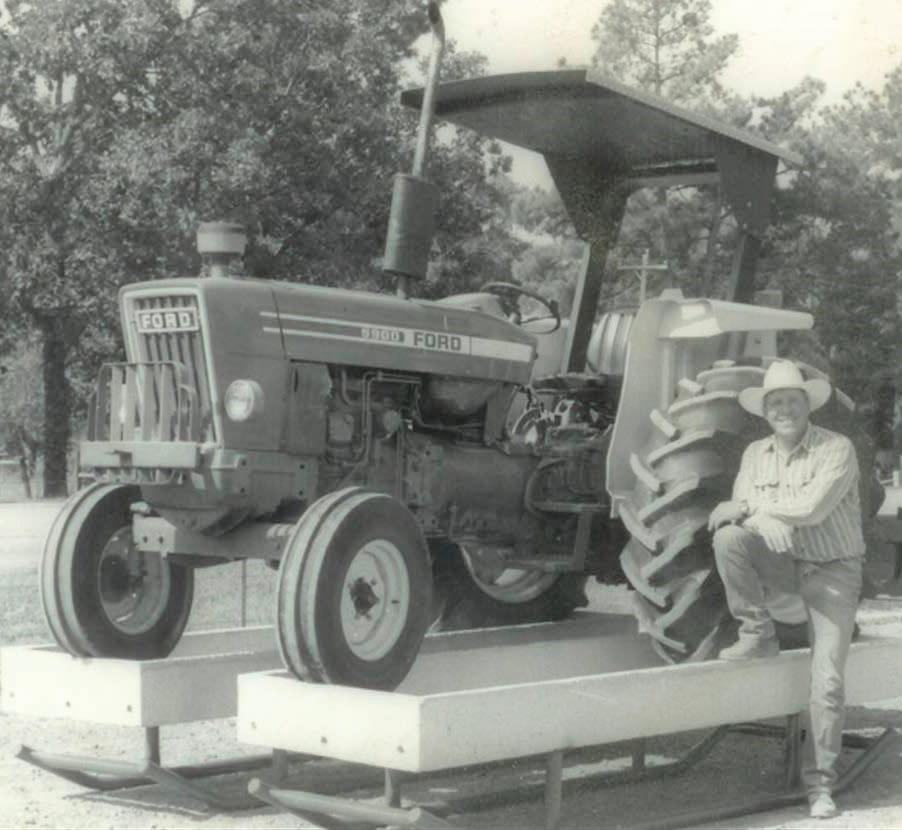
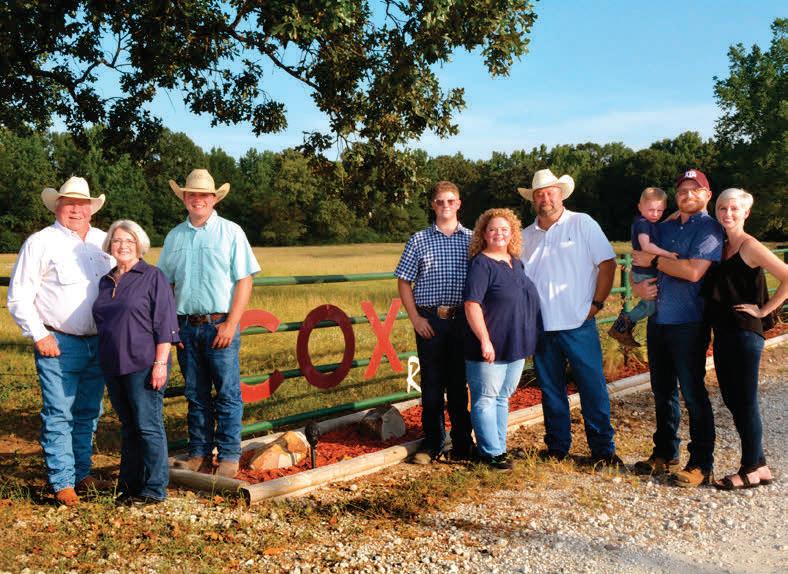
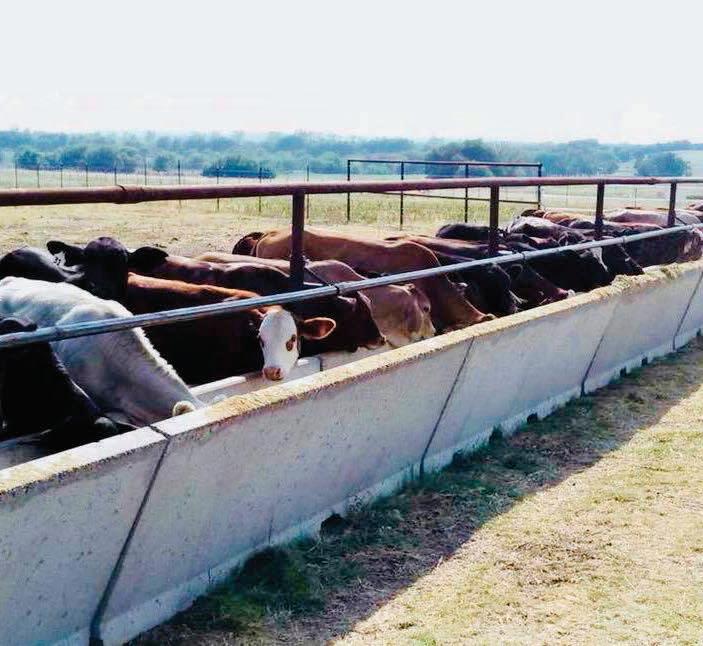

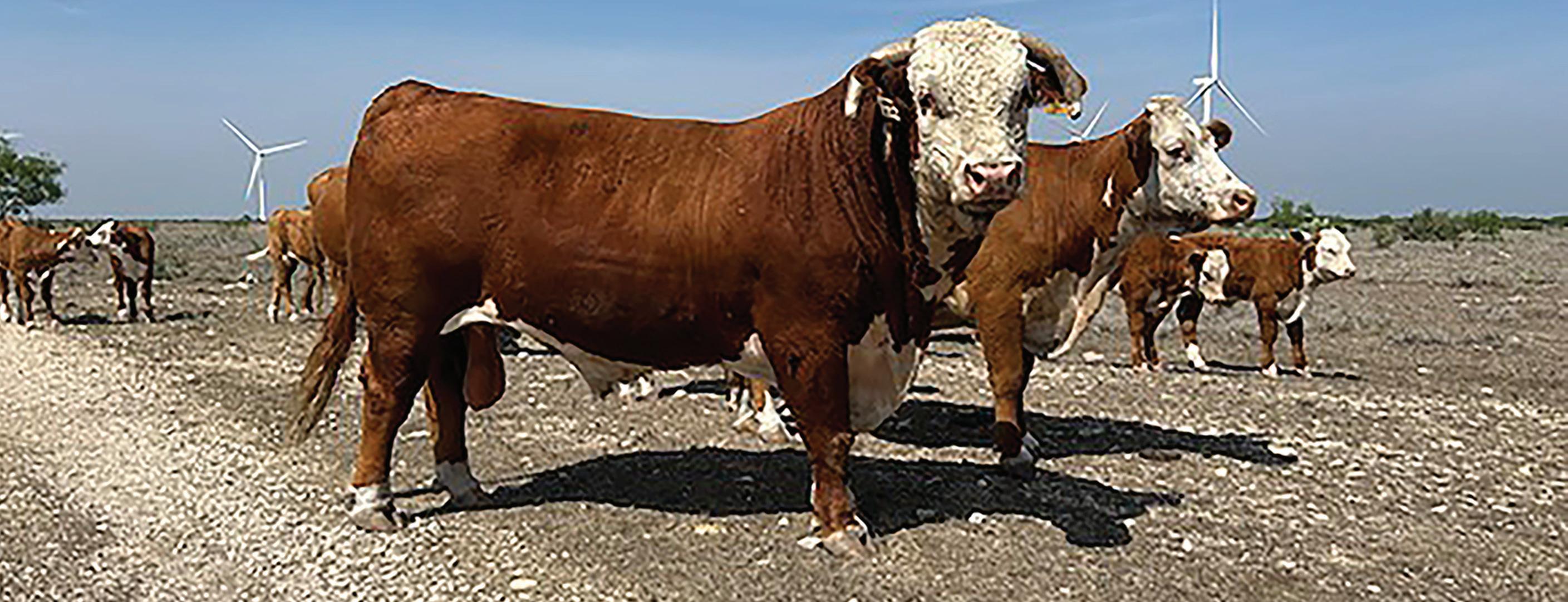


TSCRA president casts his vision for the association.
Story by Kristen Brown
Photos by Katie Barnett
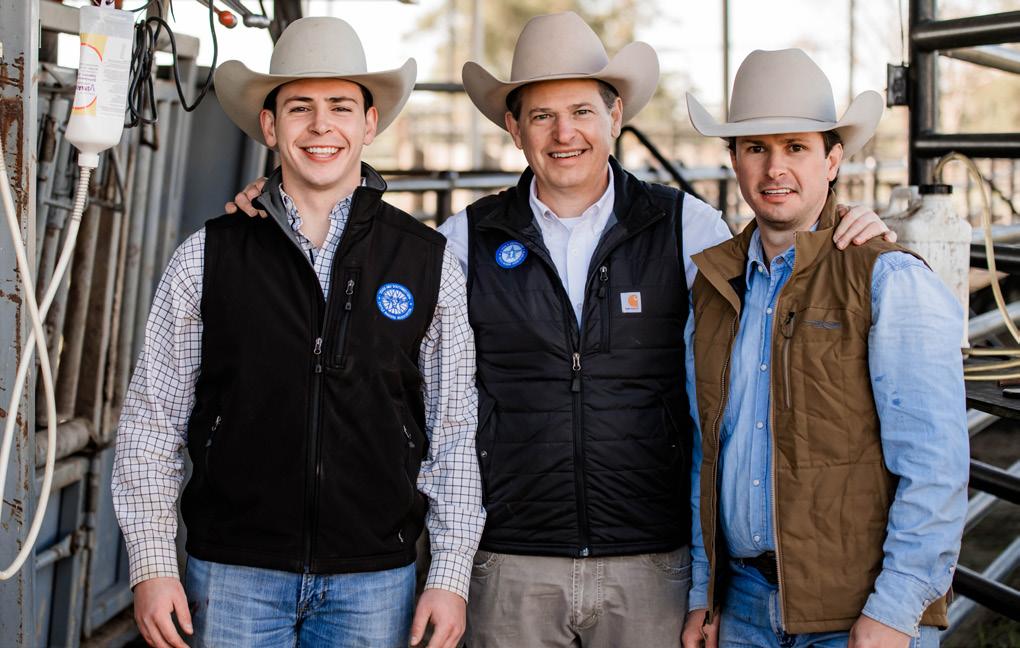
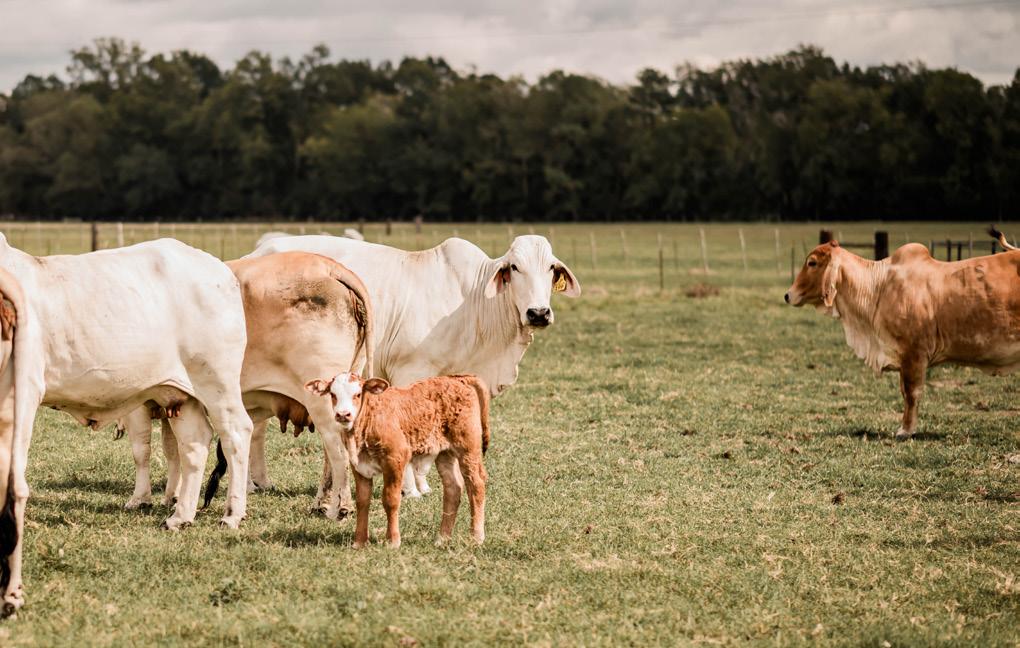

Engagement, opportunity and diligence — words that summarize Texas & Southwestern Cattle Raisers Association President Carl Ray Polk Jr.’s guiding philosophies for his two-year tenure, which began in March during the 2024 Cattle Raisers Convention & Expo in Fort Worth.
Polk, of Polk Land & Cattle Co. in Angelina and Houston counties, shared his vision for the association during a recent TSCRA Talk podcast episode.
He said rising input costs, as well as state and federal regulations, are top-of-mind for the industry. So is the upcoming legislative session in Austin, something he notes the association is already gearing up for.
“One of our biggest challenges is finding state and federal legislative leaders who understand and recognize the importance of our industry and our space,” he said.
Polk knows the critical nature of working alongside these leaders to craft legislation advancing memberdriven policies. These are policies, he hopes, will set a promising stage for future generations of cattle raisers.
In discussing the future, Polk said he was proud to share that of the 4,400 attendees at the recent Cattle Raisers Convention, more than 40% were under the age of 40.
“We’re a graying industry, but when you see that kind of participation from our young producers, it gives a lot of excitement and hope,” he said.
Despite entry challenges into the cattle business, Polk said the educational and financial programs available for ranchers, including the TSCRA Leadership Development Foundation Working Grant Program, offer great opportunities.
When it comes to membership, Texas & Southwestern Cattle Raisers Association continues to strive to include all cattle producers, no matter the age or size of the ranch.
“There is a place for everyone,” Polk said. “There are multi-generational ranches, but I think it’s important to realize, also, that 75% of our members have less than a hundred head, and we represent them equal to our large ranch operators.”
Polk said he is focused on providing value to each association member through the wide variety of services including the government relations department, inperson and online educational opportunities, and the work of the law enforcement and special ranger team.
Polk also spoke about maintaining a pulse on assets related to land ownership through the association’s policy committees, including cattle health and wellbeing, marketing and transportation, natural resources and wildlife, property rights and tax and the newly established water rights subcommittee.
“Water in the state is becoming more and more of a precious commodity, and I applaud the fact that our leadership team and executive committee recognize the importance of a subcommittee to specifically discuss and talk about areas of concern as it comes to water rights,” he said.
Polk said he understands the immense value in protecting those assets through policy committees and other legislative efforts.
When asked about advice he would give himself early in his ranching career, or to a beginning rancher, Polk reflected on relationships.
“You have to build relationships with your vendors and suppliers, whether that’s your lender, equipment dealer, feed broker or seed broker, and do that early on,” he said. “And be nimble, be quick. When I say that, I mean sometimes we can overthink. I tell folks that I work with, ‘Let’s don’t over-bake this; we’ve run our numbers, they look good, let’s move or let’s go the other direction.’”
Continuing down the path of providing value through the association, Polk urged members to become actively involved by attending a TSCRA Ranch Gathering held in their region or the annual Cattle Raisers Convention & Expo in Fort Worth. They can also volunteer to join a committee, and stay up-to-date on the latest news and information through the TSCRA Update daily email and The Cattleman

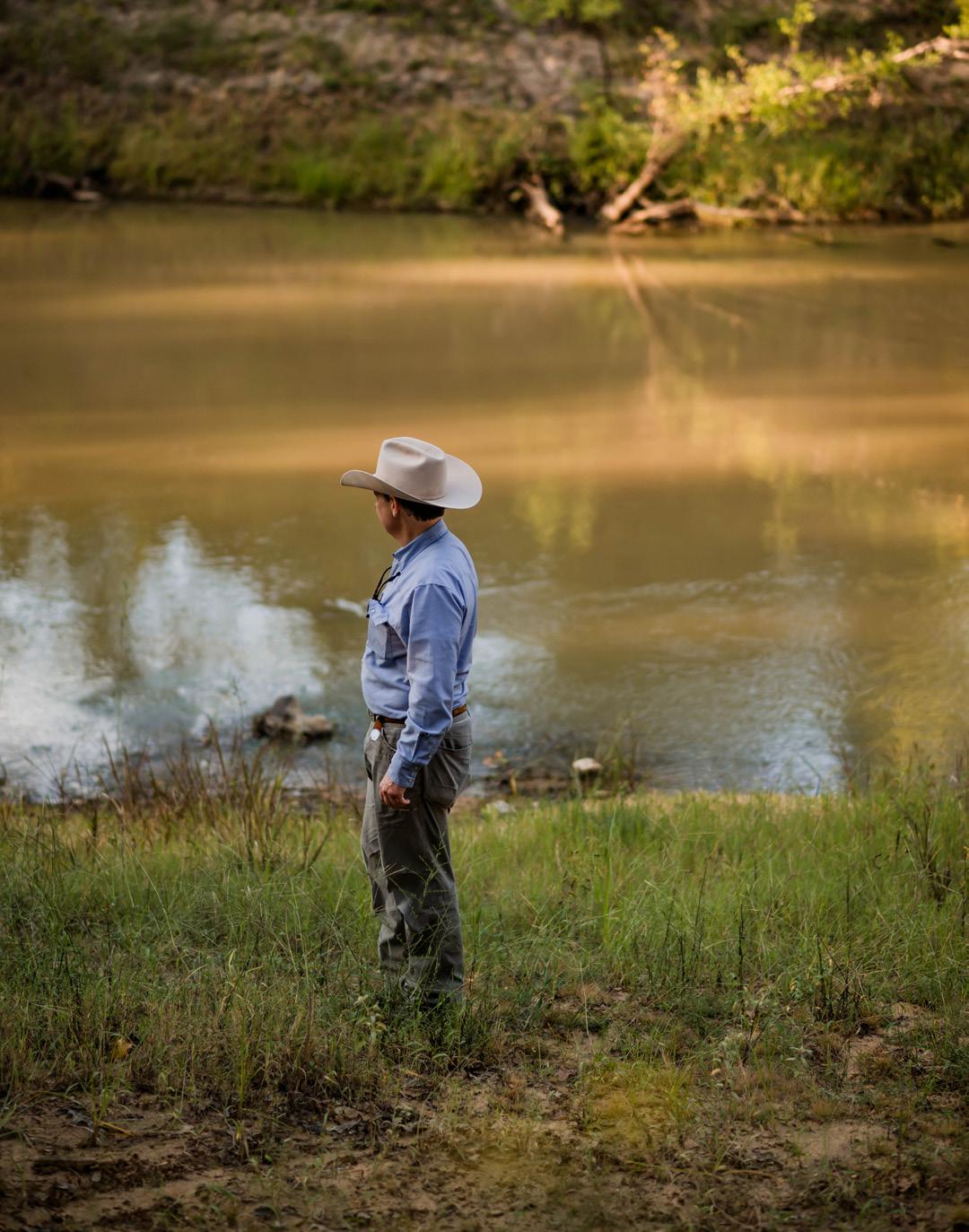
“I would encourage you, if there’s something that interests you, reach out, get in touch with me or anyone else at the association,” Polk said. “Let us know where your interests lie, and we’ll find you a seat at the table.” T C


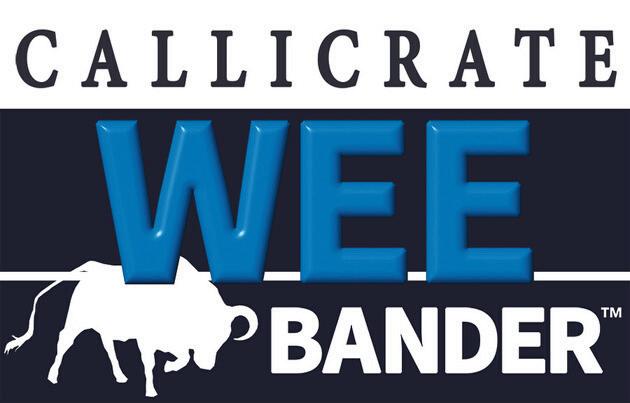

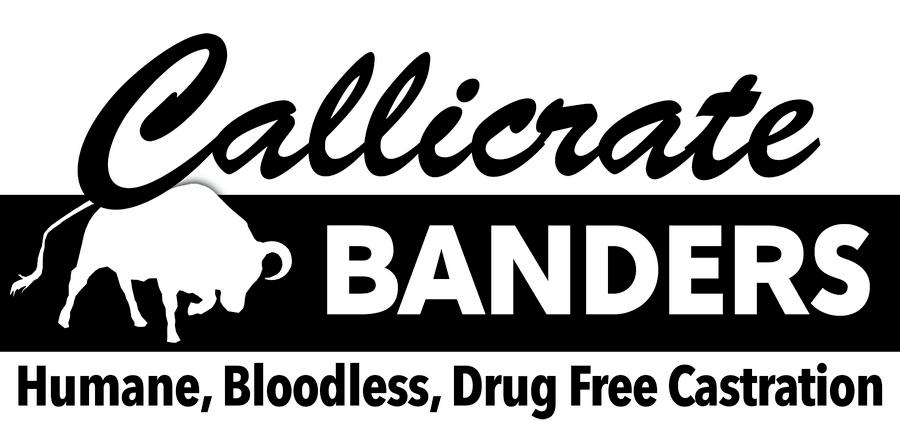
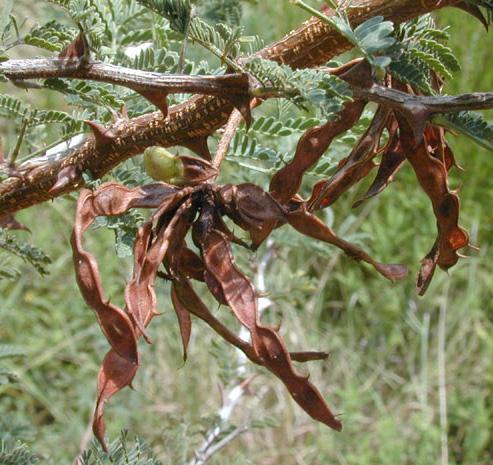
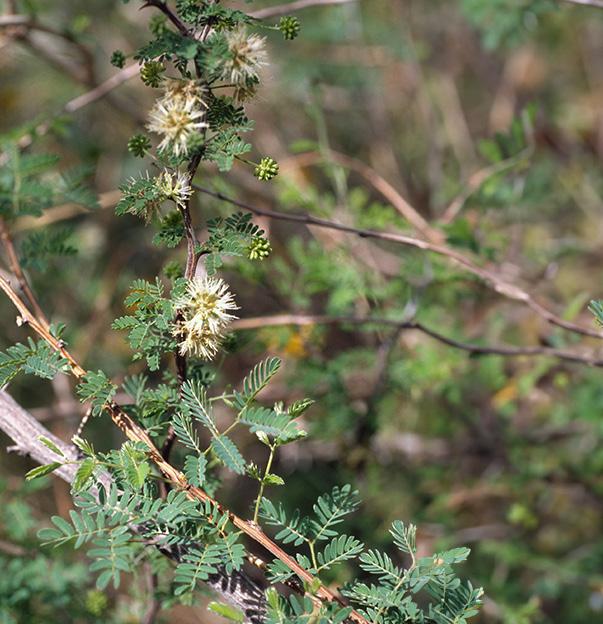
By Kent Ferguson
courtesy of
Anative, warm-season shrub, Catclaw mimosa is often found growing in sandy, rocky, shallow, hilly soils of Central to far West Texas.
This plant:
• Has a rounded growth habit, and is usually 4 to 5 feet tall, but can reach up to 8 feet.
• Has straight, zig-zag or angled twigs with many thorns. It is also known as “wait-a-minute bush,” because of thorns snagging on clothes.
• Is a member of the legume family, and has paired thorns that are curved with a flat base.
• Has bi-pinnately compound leaves, with 5 to 12 leaflets on several pairs of pinnae. They may be smooth or hairy, obtuse, linear to oblong, and up to 1/8 inch long.
• Produces pale pink to white puffballs as flowers on short stems. The plant will bloom from early spring to late summer.
• Produces seed pods from flowers that are curved or straight and hold 4 to 7 seeds. The seed pods will be up to 1/4 inch wide and 1.5 inches long — and may or may not have stickers on the pods.
Catclaw mimosa is of little value to grazing or browsing animals, but white-tailed deer and goats seek out the flowers and new growth on the outer stems.
It can grow as a single plant or in small groups, and the dense growth provides suitable loafing cover for quail. The seeds are also eaten by songbirds, small mammals, quail and turkey.
Catclaw mimosa is also famous for protecting desirable plants from grazing animals on overgrazed pastures, giving them safe places to establish and reproduce since grazers will avoid the thorny bush. T C
Kent Ferguson, a retired rangeland management specialist from the USDA Natural Resources Conservation Service, provides plant identification photo stories to help ranchers
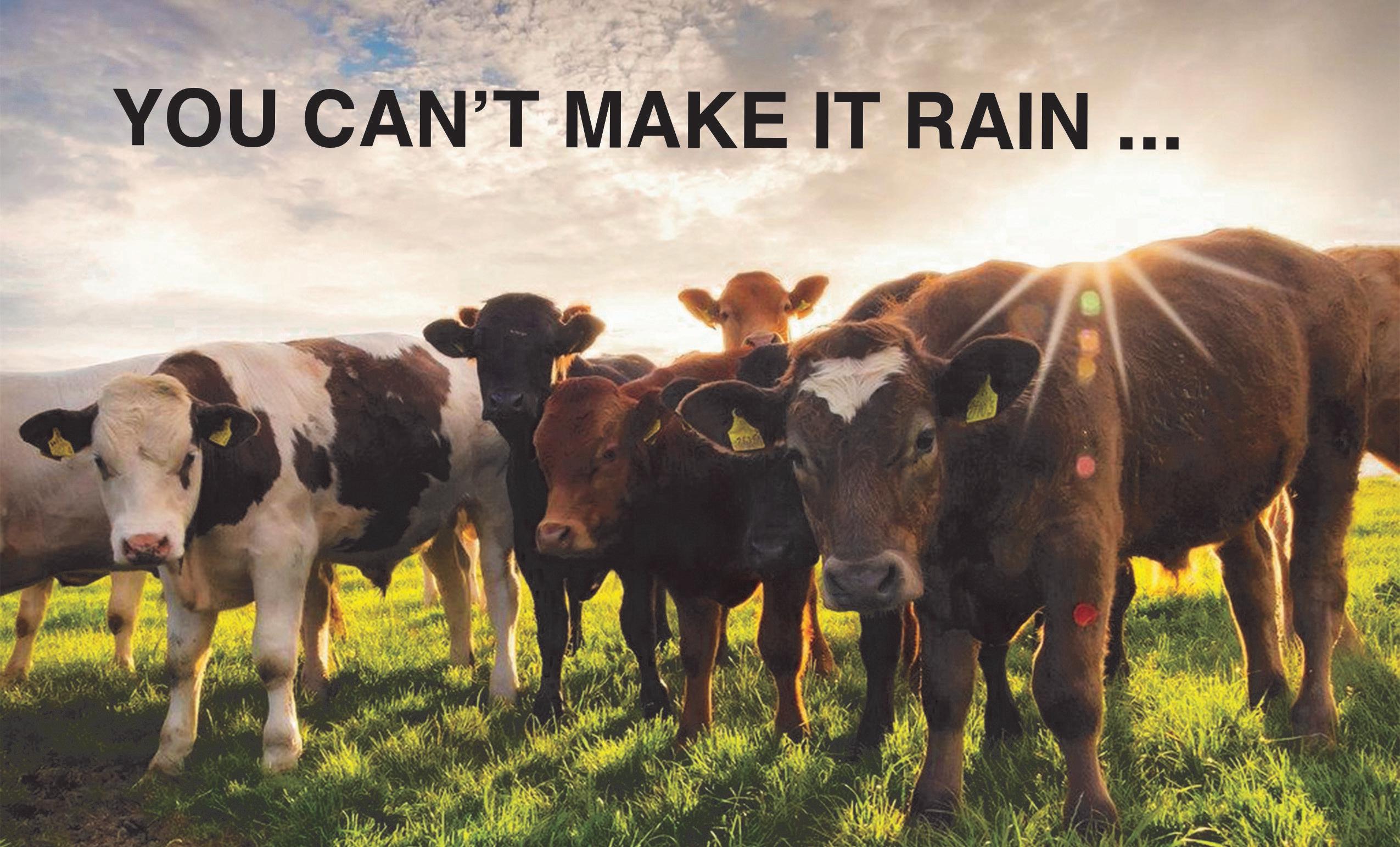



Acautionary reminder that since product labels can and do change, it is important to double check all labels before use.
For example, throughout the past two years, product labels and use guidelines for several growth implants have changed. Any implants containing the antibiotic Tylan now require a prescription for purchase. Other changes relate to animal age class and reimplantation.
An FDA document titled, “FDA provides a list of currently approved and currently marketed implants available by beef cattle target animal class, which clarifies the approved conditions of use regarding use in a reimplantation program,” can be accessed online for more details. T C
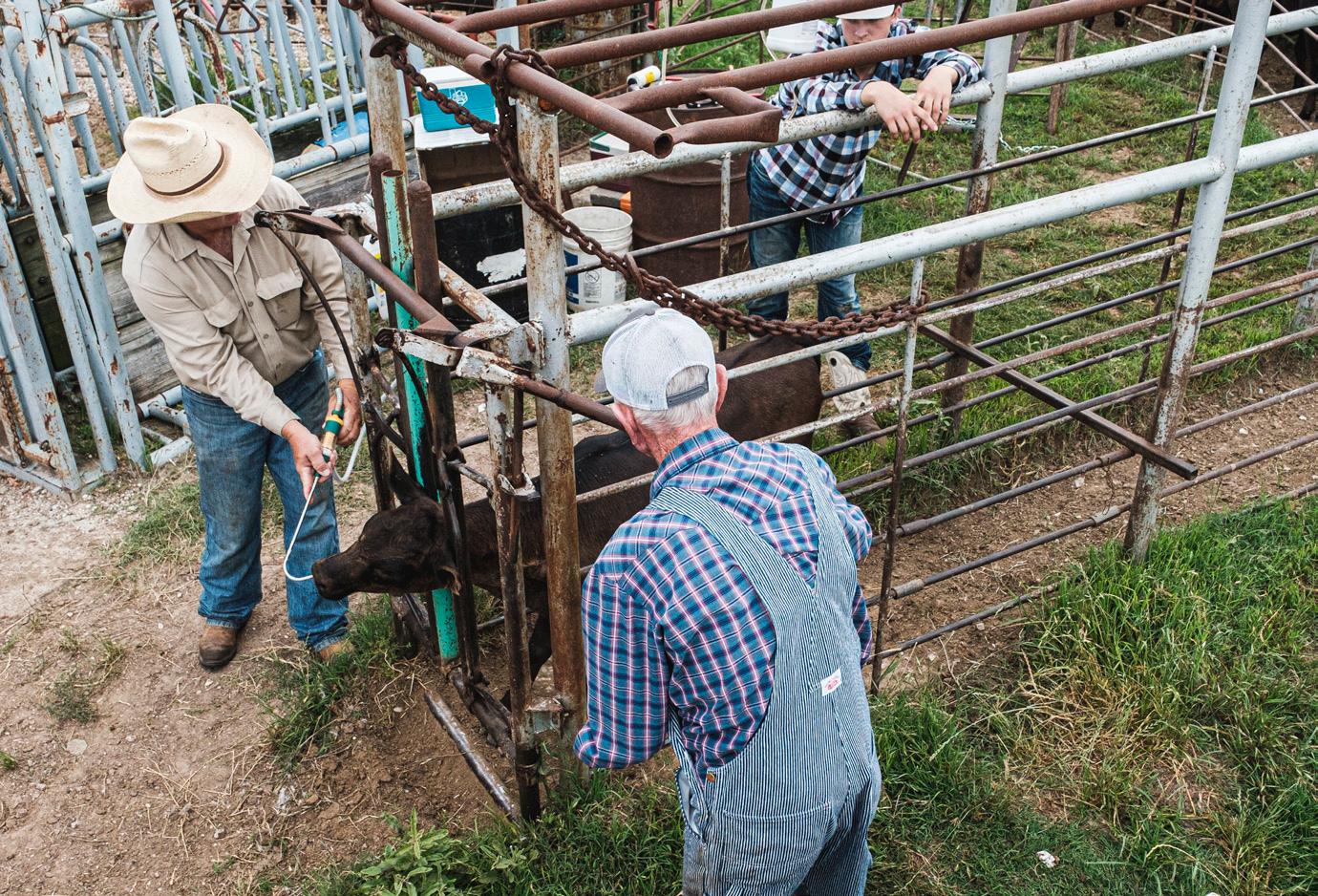
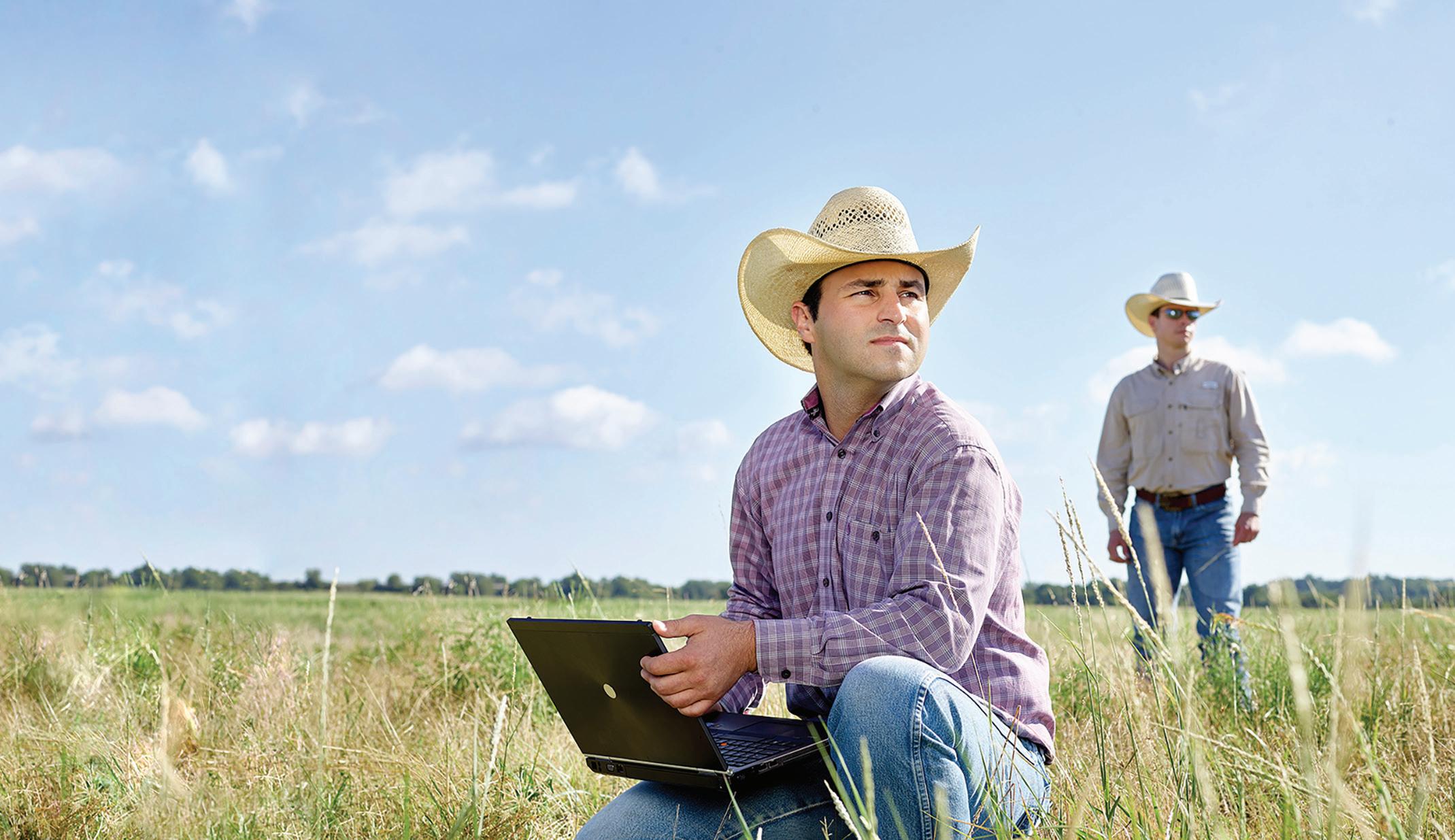
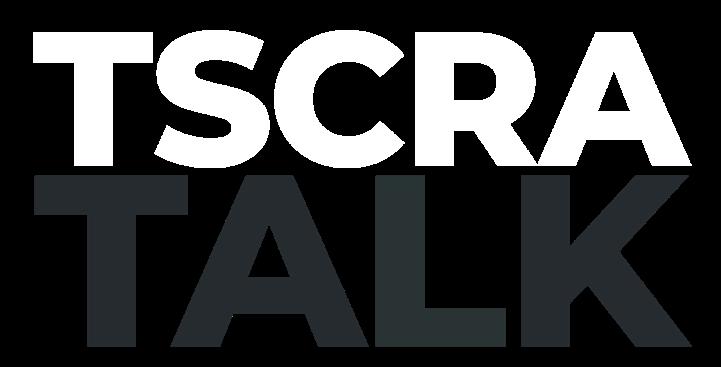

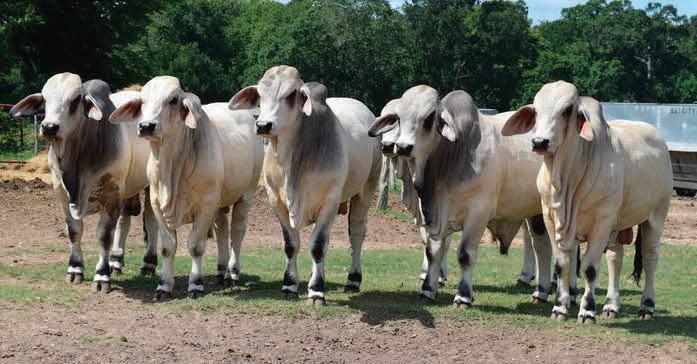


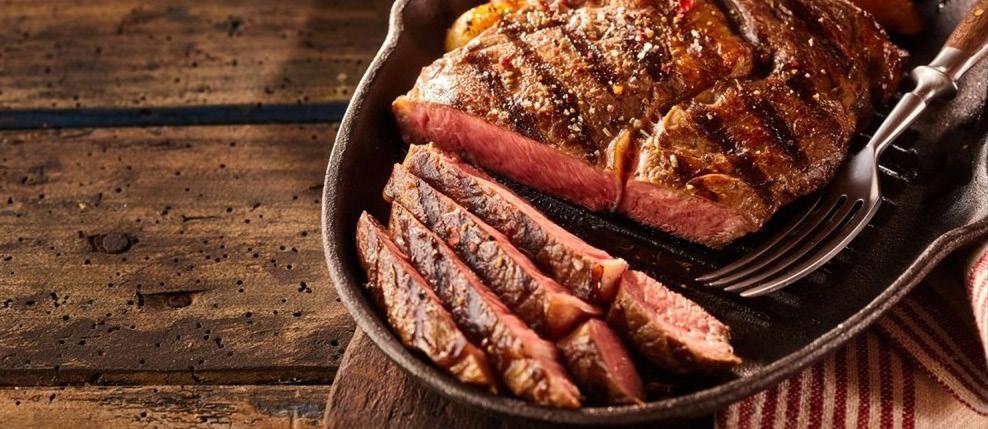
Independent study finds each national Beef Checkoff dollar returns $13.41.
Arecent economic analysis of the national Beef Checkoff program found that each dollar invested in its demand-driving activities for the most recent five-year period, from 2019 to 2023, positively impacted domestic beef demand and U.S. beef exports — creating a total financial benefit of $13.41 for the producers and importers who pay into the program.
This spring, the Beef Checkoff commissioned an independent economic analysis to thoroughly assess the effectiveness and additional financial benefits produced by the program’s demand-driving activities.
Conducted by Harry M. Kaiser, Ph.D., of Cornell University, this study’s objectives were to measure:
• Whether national Beef Checkoff demand-driving activities increased demand for beef products, domestically and abroad;
• The combined benefits of those activities in terms of their incremental financial impact to beef producers and importers; and
• The indirect benefits of national Beef Checkoff demand-driving activities to the broader macroeconomy.
“We’re extremely pleased with the results of this latest study,” said Cheryl DeVuyst, of Morrison, Oklahoma, chair of the Beef Checkoff evaluation committee and current secretary-treasurer of the Cattlemen’s Beef Board. “The Beef Checkoff’s primary goal is to increase beef demand here in the U.S. and worldwide. The statistics uncovered by this study tell us that we’re achieving that goal, and providing producers and importers with an excellent return on their national Checkoff investments.”
In addition to calculating a $13.41 return on investment, the analysis enabled the study to simulate market conditions for beef demand in the absence of national Beef Checkoff investments.
For the most recent five-year period, if there had not been any investments in national Beef Checkoff demand-driving activities:
• Total domestic beef demand would have dropped to 2.4 billion pounds, 8.5% lower per year than actual results.
• The steer price would have been 7.8% lower per year than actual results.
• U.S. export beef demand across seven major importing countries would have been 372 million pounds or 11.5% lower than actual results.
The study also evaluated the national Beef Checkoff’s direct effect on the beef industry — producers and importers that pay into the program — and its indirect effects on the broader U.S. economy.
To quantify the total revenue impact of the national Beef Checkoff on the beef industry sector, the study utilized the beef demand, 8.5%, and U.S. beef export, 11.5%, percentages derived from the return-oninvestment market simulation analysis. Applying these percentages indicated the national Beef Checkoff added an incremental $3.3 billion to the beef industry in 2023.

The direct effect of the national Beef Checkoff adding an incremental $3.3 billion to the beef industry sector had positive indirect effects on the broader U.S. economy, including increases in:
• U.S. employment by almost 47,000 people;
• U.S. employment income by $2 billion;
• Total value added to the U.S. economy of $4.1 billion; and
• U.S. gross domestic product by nearly $9.5 billion.
Furthermore, the national Beef Checkoff contributed to increased tax revenue at the federal, state and local levels, amounting to a total of $743 million in 2023, distributed as follows:
• $34 million in county tax revenue;
• $205 million in state tax revenue; and
• $504 million in federal tax revenue.
“While we’re pleased Beef Checkoff programs are
having a positive impact, we know there’s always room for improvement,” DeVuyst said. “The CBB is dedicated to making the best possible decisions on behalf of beef producers and importers. As we head into the remainder of FY24, we’ll take what we’ve learned from this study and continue moving the needle forward.”
All commodity boards conduct an independent evaluation of the effectiveness of their programs every five years, as outlined by USDA’s Agricultural Marketing Service guidelines for commodity research and promotion programs.
To view the complete study, executive summary or to get more information about the Beef Checkoff and its programs — promotion, research, foreign marketing, industry information, consumer information and producer communications — visit drivingdemandforbeef.com. T C
Story courtesy of Cattlemen’s Beef Promotion and Research Board
Note: This study only pertains to the funds collected for the national Beef Checkoff program. It does not assess the impacts of Beef Checkoff program dollars invested by Qualified State Beef Councils for state-level efforts.
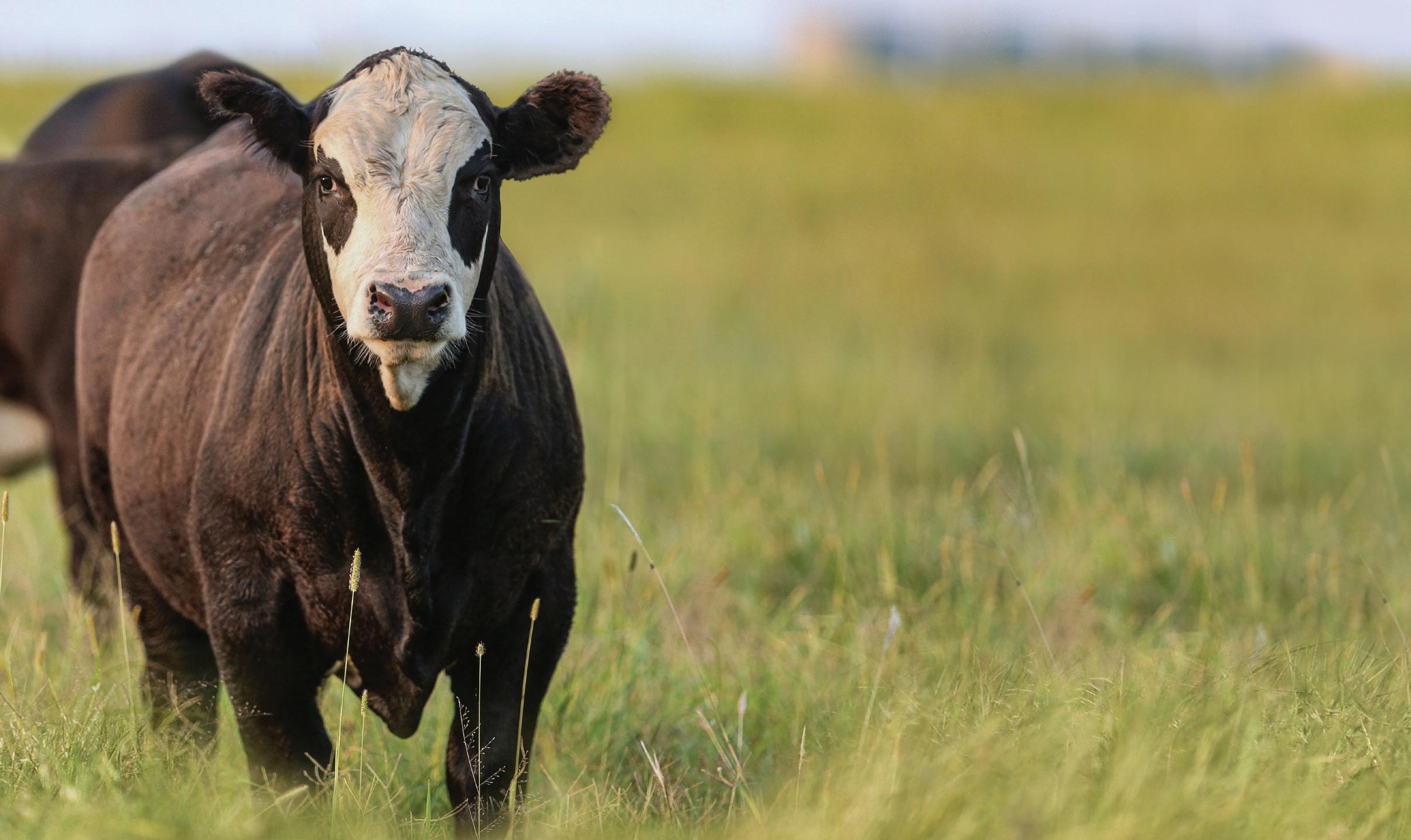
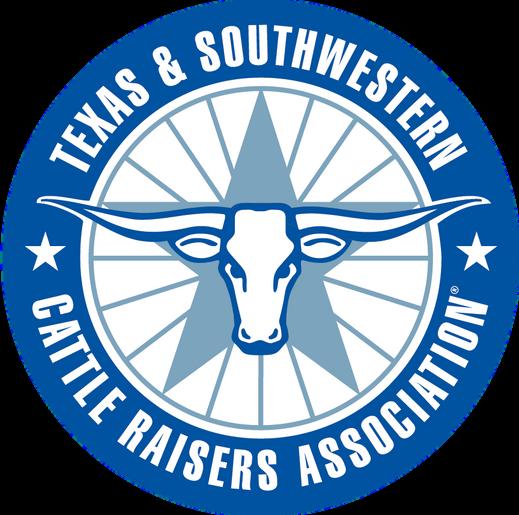
A M E D A Y T A I L G A T E S
S



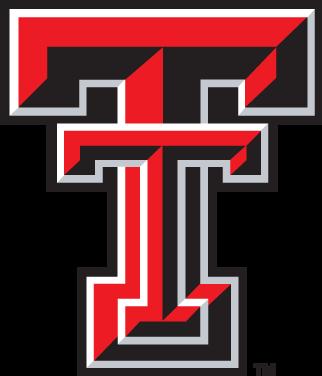

S


A M A R I L L O | S A T U R D A Y , S E P T . 2 1


C O L L E G E S T A T I O N | S A T U R D A Y , O C T . 2 6
I n p a r t n e r s h i p w i t h
C o l l e g e o f A g r i c u l t u r e a n d L i f e S c i e n c e s
I n p a r t n e r s h i p w i t h P a u l E n g l e r C o l l e g e o f A g r i c u l t u r e & N a t u r a l S c i e n c e s F O R T W O R T H | S A T U R D A Y , O C T . 2 6
I n p a r t n e r s h i p w i t h
T C U R a n c h M a n a g e m e n t A l u m n i A s s o c i a t i o n L U B B O C K | S A T U R D A Y , N O V . 9
I n p a r t n e r s h i p w i t h
C a p i t a l F a r m C r e d i t

TSCRA director from Winters instills a passion for stewardship.
By Karlee Busher
Apassion for stewardship has been a cornerstone of the cattle industry’s ability to excel for generations. For Kevin Busher, growing up working in the agricultural industry allowed him to learn this sentiment early in life.
Kevin was born and raised on a farming and ranching operation outside the small town of Winters. He says he realized at a young age he had a love for anything involving cattle and horses, which helped fuel his dream of one day having an operation of his own.
“I was always intrigued by the cattle business and grew up with a deep appreciation for the land on which we live,” Kevin says. “The opportunity to be one of its caretakers is one of the greatest gifts we have been given in this life, and it’s one I don’t take for granted.”
Throughout high school and college Kevin worked to achieve his dream, slowly and steadily growing his own herd. It has since evolved into a diversified cattle operation focusing on stocker cattle, including a preconditioning and grow yard. Kevin says his membership in Texas & Southwestern Cattle Raisers Association, now more than 30 years strong, has been with him every step of the way.
“I became familiar with TSCRA early in life, mainly because of the trademark blue gate signs I saw posted on fences across the state,” he says. “But I’ve always seen the brand inspectors and law enforcement rangers as iconic figures that uphold the code of the West, and that’s what truly caught my attention. I knew I wanted to be part of an organization of like-minded people with common goals and aspirations for the future.”
Kevin first became a member after he graduated from Texas A&M University with a degree in agricultural economics in 1991. As his operation grew, he realized the importance of becoming actively involved in leadership.
In 2014, he was elected to the board of directors and has since served on the marketing and transportation committee. He says the political arm of the Cattle Raisers Political Action Committee is among the organization’s greatest industry influences.
“An operation does not simply take care of itself. We live in an ever-changing environment that requires us to look and plan for the future,” Kevin says.

“TSCRA rides the herd on the political environment, and to have access to people who influence the political realm is extremely important, not only for today, but also for the next generation.”
Beyond the ranch, Kevin says he finds solace and purpose in tending to God’s creation — a sentiment he shares with his wife, Jonna, and their four children, Jordan, Bailee, Karlee and Kullen. He says you cannot trick the land into making a living for you, and faith is the most important factor to success.
“When you’re out horseback early in the morning and the sunrise shines on God’s creation, it makes you realize the significance of being a caretaker and the privilege it is to have a small hand in helping feed His people,” Kevin says.
Though each family member has been actively involved in the growth of the operation, Kullen, the youngest of the bunch, has been Kevin’s right-hand man since he was 10 years old. Now, the college junior is pursuing a degree at Texas Tech University with the longterm goal of returning home and joining Kevin in managing the business he helped build.
“One of my goals is to create a manageable and sustainable cattle operation that provides an opportunity for generations to come,” Kevin says. “It makes me proud to work alongside the next generation, my son Kullen, who will continue to steward this land we live for.”
Kevin’s daughters have found a passion for agriculture, as well. His daughter Karlee has served as a past intern for Texas & Southwestern Cattle Raisers Association, while Bailee works as a territory sales manager for FerAppease, and Jordan works as a territory business manager for Zoetis Animal Health.
With a lifetime of experience and 30-plus years as a Texas & Southwestern Cattle Raisers Association member, Kevin’s story not only reflects his personal journey, but also embodies the resilience and integrity that will define the industry for years to come. T C
Karlee Busher was a summer intern for Texas & Southwestern Cattle Raisers Association. Originally from Winters, she is an agricultural communications graduate from Texas Tech University.



CARL RAY POLK JR. President P.O. Box 155108 Lufkin, Texas 75915

STEPHEN DIEBEL
First Vice President 3907 Salem Rd. Victoria, Texas 77904
John M. “Jack” Shelton III Amarillo, 1984-1986
James L. Powell San Angelo, 1988-1990
Tom Beard Alpine, 1994-1995
C. Coney Burgess Amarillo, 1997-1999
J. Mark McLaughlin San Angelo, 1999-2001
John E. Dudley Comanche, 2001-2003
Bob McCan Victoria, 2003-2005
C.R. “Dick” Sherron Beaumont, 2005-2007
Jon Means Van Horn, 2007-2009
Dave Scott Richmond, 2009-2011
Joe J. Parker Byers, 2011-2013
Pete Bonds Saginaw, 2013-2016
Richard Thorpe lll Winters, 2016-2018
Robert E. McKnight Jr. Fort Davis, 2018-2020
G. Hughes Abell Austin, 2020-2022
Arthur G. Uhl III San Antonio, 2022-2024
VICE PRESIDENTS
Jack Hunt San Juan Capistrano, California
Richard Wortham Austin
P.O. Box 101988 Fort Worth, Texas 76185 817-332-7064 • 800-242-7820
Jason Skaggs Executive Vice President/ Chief Executive Officer
Jaclyn Roberts Parrish Executive Director, Communications & Marketing
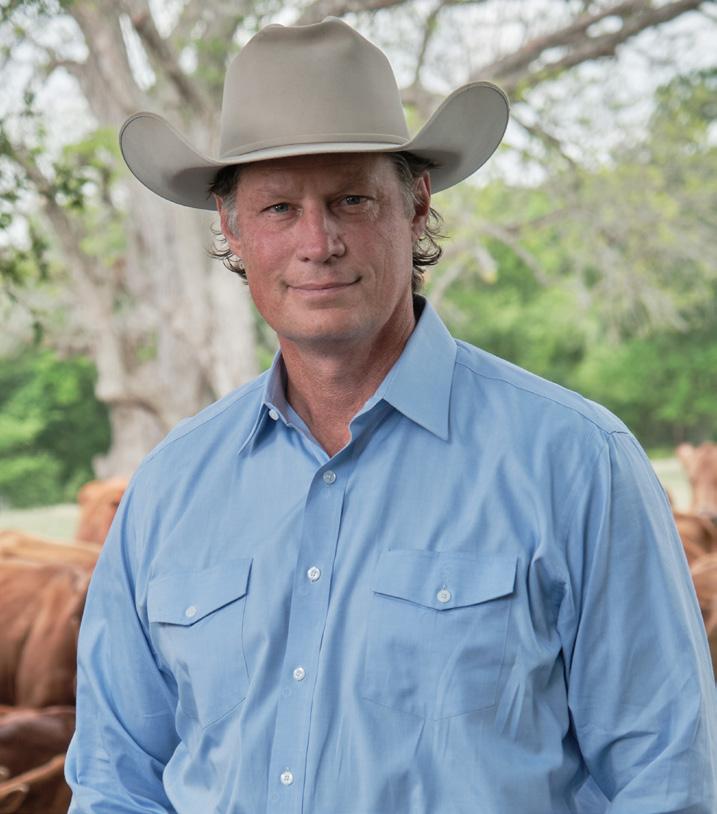
DAN GATTIS
Second Vice President and Secretary/Treasurer 213B W. 8th St. Georgetown, Texas 78626
Emily Lochner
Executive Director, Leadership Development & Education
Grace Dunham Executive Director, Events & Partnerships
Megan Wills Executive Director, Finance & Human Resources
Michele Woodham Executive Director, Insurance Services
Scott Williamson Executive Director, Law Enforcement, Brand & Inspection Services
Lisa Walker Executive Director, Membership & Operations
919 Congress Ave., Suite 750 Austin, Texas 78701 512-469-0171
Melissa Hamilton Executive Director, Government Relations
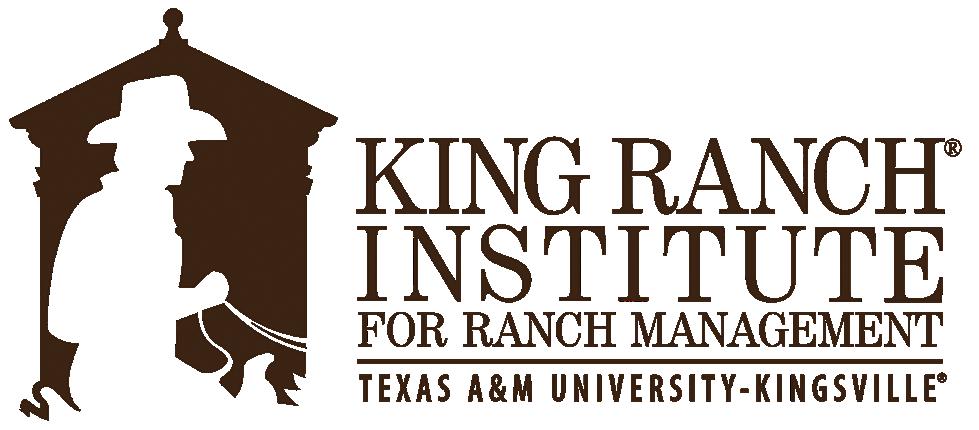

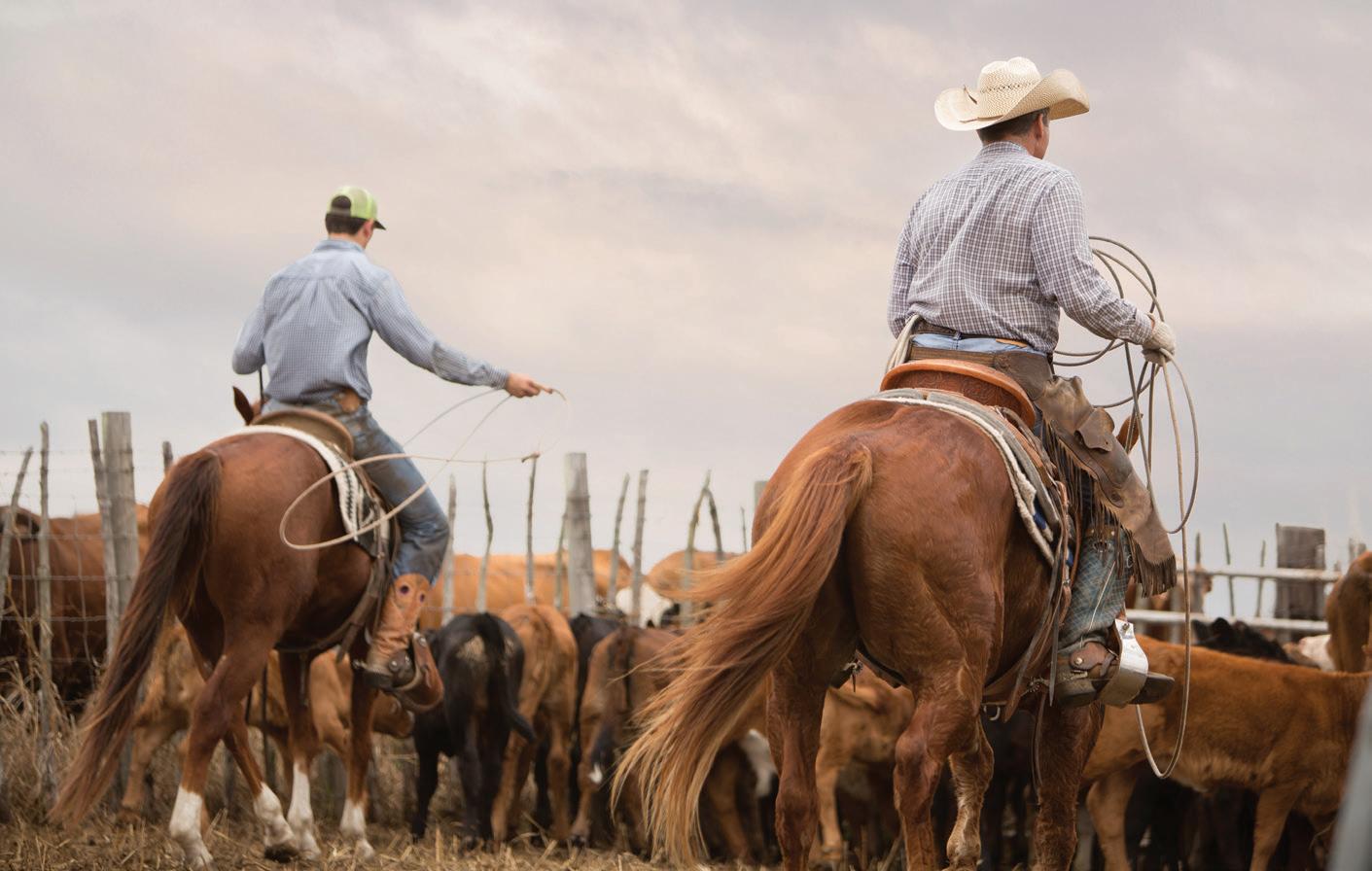
As
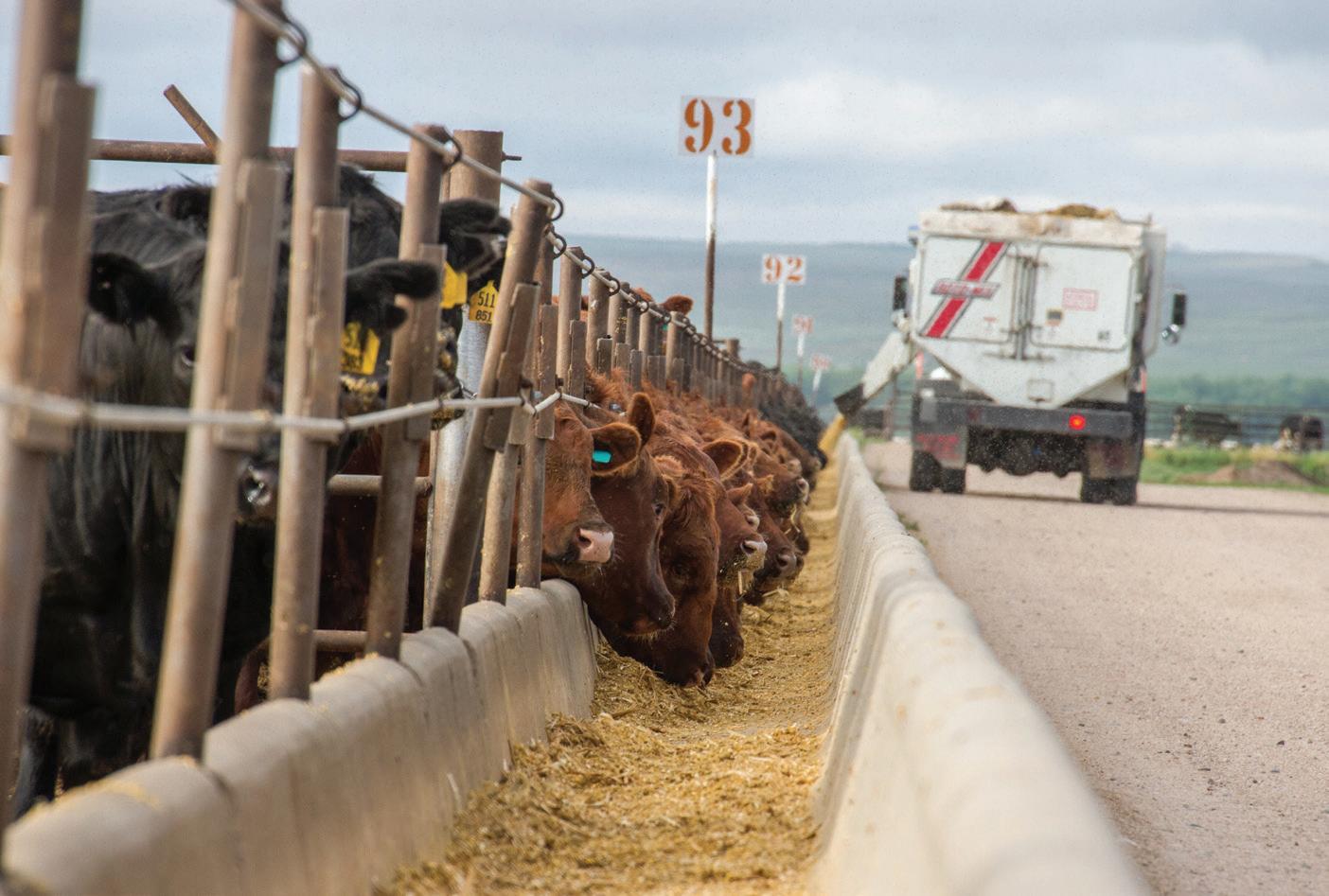

krirm.tamuk.edu/symposium Register Here!
DIRECTORS
Joe M. “Jody” Bellah, Throckmorton
Blake Birdwell, Canyon
E. S. F. “Swasey” Brainard II, Pampa
J. K. “Rooter” Brite Jr., Bowie
Donnell Brown, Throckmorton
Campbell Burgess, Amarillo
Deborah Clark, Henrietta
Lynn Cowden, Skellytown
J. B. Daniel, Crowell
James Henderson, Memphis
Clayton Henry, Wichita Falls
Brooks Hodges, Guthrie
Joe Leathers, Guthrie
Frank McLelland, Tahoka
Jeff Mitchell, Amarillo
Gage Moorhouse, Benjamin
Diaz W. Murray, Wichita Falls
J. Malcolm Shelton IV, Amarillo
Dale A. Smith, Amarillo
Jim Thompson, Breckenridge
Ross Thompson, Iowa Park
Wesley Welch, Lubbock
HONORARY DIRECTORS
William L. “Buck” Arrington, Pampa Van Baize, Nocona
Emry Birdwell Jr., Henrietta
Mary Lou Bradley-Henderson, Childress
R. A. “Rob” Brown Jr., Throckmorton
J. D. Cage, Muleshoe
Mike Gibson, Paducah
Ronald J. “Ron” Gill, Chico
Robert B. Mansfield, Amarillo
Tom Moorhouse, Benjamin
Boots O’Neal, Guthrie
James Palmer, Roaring Springs
Wilson Scaling, Henrietta
Chris Scharbauer, Amarillo
Tom Watson, Muleshoe
John Welch, Wolfforth
A. B. “Buck” Wharton III, Vernon
Tom Woodward, Decatur
Kevin Busher, Winters
Charles M. “Charley” Christensen Jr., San Angelo
C.A. “Chili” Cole IV, San Angelo
Alan F. Curry, San Angelo
James H. Dudley IV, Horseshoe Bay
Amanda Dyer, Fort Davis
Johnny Ferguson, Big Lake
D.A. “Day” Harral, Fort Stockton
Ron Helm, Van Horn
Heath Hemphill, Coleman
Shelby W. Horn, Fredericksburg
Larry R. Horwood, Sterling City
Grant Jones, Rochelle
Mark W. Jones, Brady
W. Clay Jones, Brady
Ty Keeling, Boerne
Lorenzo Lasater, San Angelo
Brian T. McLaughlin, Midland
David L. Neal, San Angelo
Gerald Nobles Jr., Brady
James Oliver, Ozona
Wade Perks, San Angelo
Jessica Tate, Marfa
James Uhl, Fort McKavett
Cody Webb, Barnhart
Ken Welch, Baird
Ray W. Willoughby III, Eldorado
HONORARY DIRECTORS
C. A. “Chip” Cole III, San Angelo
William C. “Billito” Donnell Jr., Alpine
Richard Gates, Marfa
W. H. “Billy” Green III, Albany
Rafe Hargrove, Rotan
Dr. Joe Pat Hemphill, Coleman
Ken Jordan, San Saba
Don Keeling, Fredericksburg
Chris Lacy, Fort Davis
Laurence M. Lasater, San Angelo
Ben Love, Marathon
Len P. Mertz, San Angelo
Tom Perini, Buffalo Gap
Bill Phinizy, Gail
Frank Price, Sterling City
Gordon E. Sauer, Fredericksburg
Danny B. Stewart, Sterling City
Rick Tate, Marfa
Cliff Teinert, Albany
Dennis W. Webb, Barnhart
W. C. “Billy” Williams, Mertzon
DIRECTORS
Ford Drummond, Pawhuska, Oklahoma
HONORARY DIRECTORS
Les Nunn, Pauls Valley, Oklahoma
DIRECTORS
Edward Bordovsky Jr., Riviera
Austin Brown III, Beeville
W. Christopher Bush, Refugio
James Clement lll, Kingsville
David S. Crow, Corpus Christi
Dustin Dean, Floresville
David DeLaney, Kingsville
Robert “Bobby” Dobson, Birmingham, Alabama
James L. “Jamie” Donnell Jr., Fowlerton
J. David Eppright, Cost
Benjamin Eshleman III, Corpus Christi
Joseph B.C. Fitzsimons, Carrizo Springs
Cody Fry, Lueders
Jim L. Gates, Pearsall
Milton S. Greeson Jr., Victoria
Bret Griffith, Del Rio
Heath Grigg, Kingsville
Marty R. Harris, Tilden
Anson Howard, San Antonio
Leslie Kinsel, Cotulla
Claude Koontz, San Antonio
Steven J. Mafrige, Tilden
Richard Marbach, Victoria
Beth Knolle Naiser, Sandia
Federico Nieto, Raymondville
T. Michael O’Connor, Victoria
Jason Peeler, Floresville
J.R. Ramirez, La Pryor
Gilly Riojas, Corpus Christi
Michael Sasser, Corpus Christi
Lew Thompson, Pearsall
C. Clark Welder, Beeville
John Zacek, Victoria
HONORARY DIRECTORS
Steve G. Beever, Pearsall
Richard H. Bennett, San Antonio
Chip Briscoe, Carrizo Springs
Martin W. Clement II, Kingsville
Thurman S. Clements Jr., Victoria
Nixon Dillard, Pleasanton
Trainor Evans, Mercedes
Thomas J. “Tommy” Haegelin, Concan
Dr. Philip C. Hardee, Beatrice, Alabama
Allen C. “Dick” Jones IV, Corpus Christi
David W. Killam, Laredo
Dan W. Kinsel III, Cotulla
Steve C. Lewis, San Antonio
Jim McAdams, Seguin
James A. McAllen, Linn
Tim Pennell, Westhoff
Jim Peters, Quemado
Scott Petty Jr., San Antonio
Tom Risinger, Weslaco
M. Stuart Sasser, Corpus Christi
Frates Seeligson Jr., San Antonio
Richard Traylor, Batesville
Roger F. Welder, Victoria
David W. Winters, Del Rio
Bill Cawley, Crockett
Wayne Cockrell, College Station
Herff Cornelius Jr., Wadsworth
Carlos Detering III, Houston
Gardner H. Dudley, Houston
Lloyd French IV, Houston
Dan Gattis, Georgetown
Kelley Sullivan Georgiades, College Station
George Harrison, Bay City
Robert Hodgen, Houston
Colt Hoffman, Marlin
Clay Kenley, Crockett
Clive Runnells III, Austin
John Sumner Runnells III, Bay City
Tony Spears, Rosanky
John “Rocky” Sullivan, Galveston
Claudia Scott Wright, Richmond
Jay C. Evans, Dripping Springs
Leroy Ezer, Anahuac
Frank Green, Liberty
Tom J. Haynie, Navasota
Coleman H. Locke, Hungerford
Katharine Armstrong Love, Austin
Richard M. Lucas Jr., Houston
William “Alan” McNeill, Beaumont
Evalyn Moore, Richmond
Raymond E. Moore IV, Richmond
Rick Peebles, Baytown
Gary Price, Blooming Grove
Gordon Richardson, Caldwell
Charles R. “Butch” Robinson, Navasota
Nolan Ryan, Round Rock
Ed Small, Austin
Guy F. Stovall Jr., El Campo
Gerald Sullivan, Galveston
John L. Sullivan, Galveston
Robert J. Underbrink, Houston
Beau Brite White, Rosanky
Dr. M. R. “Mike” Wirtz, Brenham
April Bonds, Saginaw
Missy Bonds, Saginaw
John L. Cantrell, Cresson
Ian Chapman, Madill, Oklahoma
Hunter Crow, Dallas
James T. Dangelmayr, Muenster
Seth Denbow, Weatherford
Crawford Edwards, Fort Worth
John Greer, Henrietta
Jason Harlow, Dallas
Pete Hudgins, Sherman
Tom Johnson, Wortham
Ken Leiber, Fort Worth
Stefan Marchman, Fort Worth
William H. McCall, Fort Worth
Dan Nance, Haslet
Susan Roach, Fort Worth
Stephen S. “Steve” Sikes, Fort Worth
Bragg Smith III, Dallas
Curtis Younts Jr., Belton
Bradford S. “Brad” Barnes, Fort Worth
George Beggs IV, Fort Worth
John W. Carpenter III, Dallas
Barrett D. Clark, Breckenridge
Markham B. Dossett, Waco
Bob Drake, Davis, Oklahoma
James H. “Jim” Dudley, Comanche
John Z. Kimberlin Jr., Dallas
James E. “Jim” Link, Crowley
Jon David Mayfield, Dublin
C. H. “Terry” McCall, Comanche
Bob Moorhouse, Weatherford
Russell “Rusty” Noble, Ardmore, Oklahoma
Mary Joe Reynolds-Montgomery, Fort Worth
Tom L. Roach III, Bozeman, Montana
Stephen T. “Steve” Swenson, Dallas
Bart Wulff, Dallas

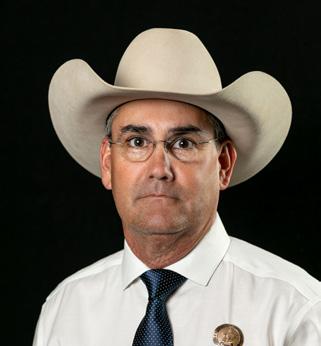

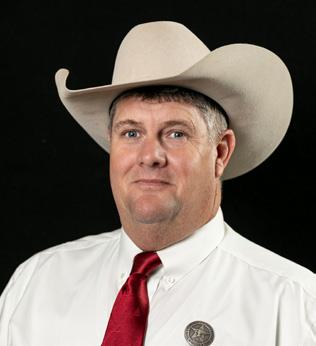
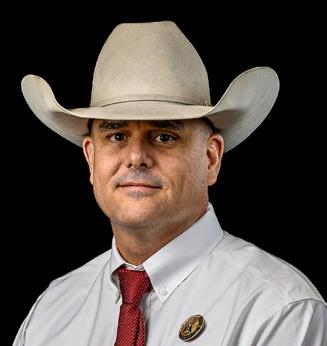
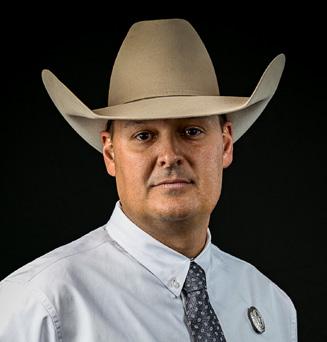

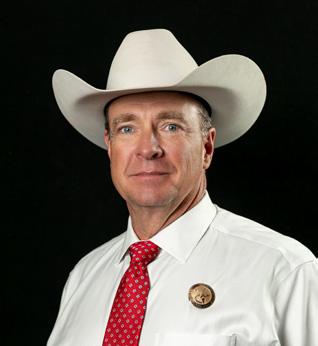
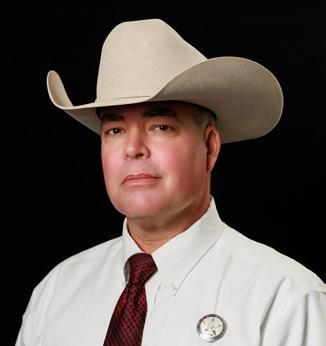
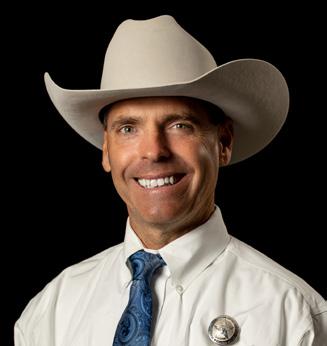

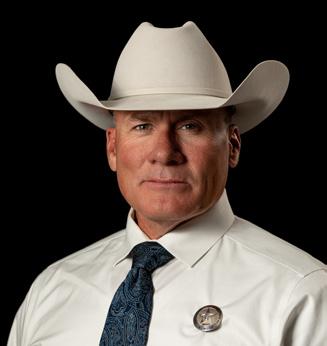
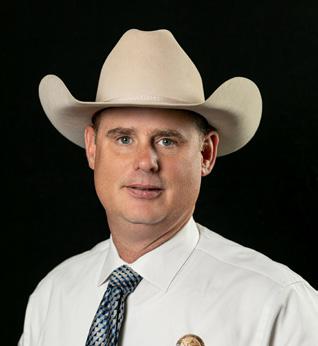
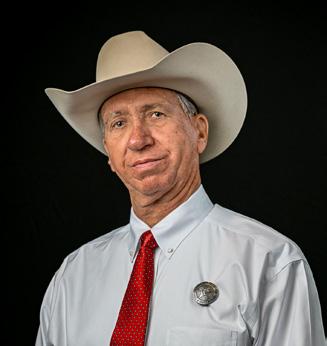

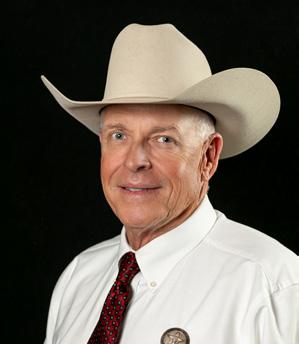


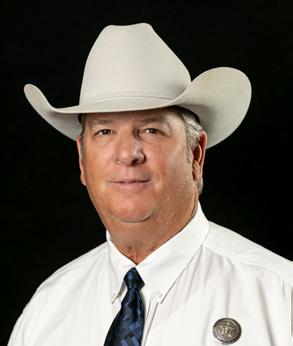
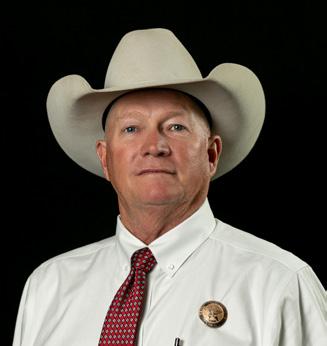
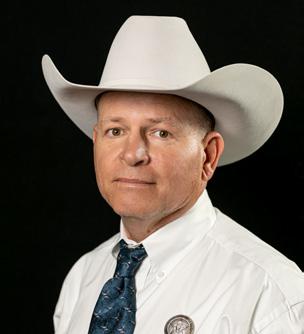
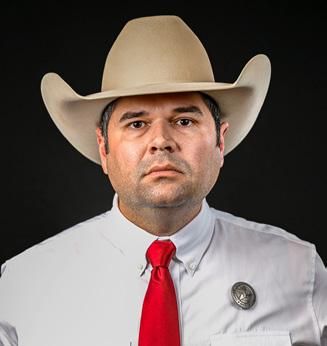

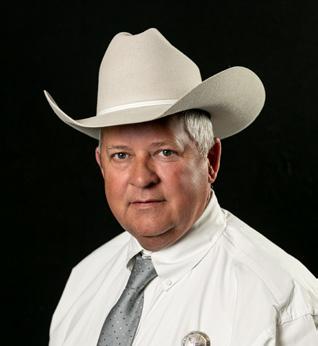

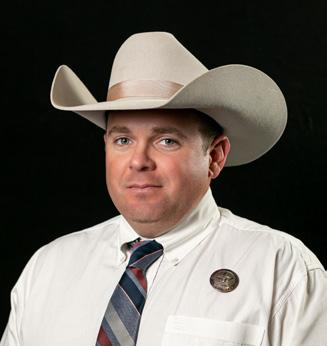

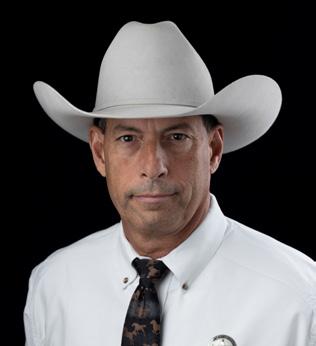
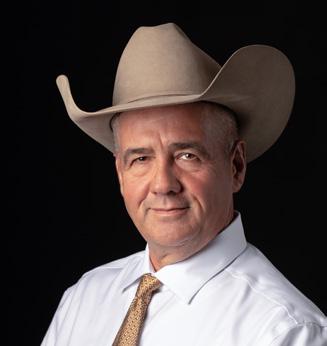
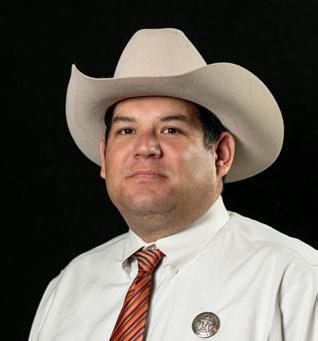
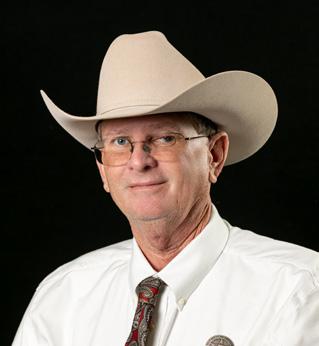
6T Ranch
Bowie
Albany Ranch Gathering Fort Worth
T.B. Alexander Dickinson
ANA Ranch Partnership San Angelo
Wade & Mary Anna Arrington Fort Worth
Bar Nada Ranch Bronte
Bar R Cattle Co. Tivoli
Leah Barth Yorktown
Madailein Beard Albany
BigCityHix Ranch China Spring
Blackwell Ranch Alvin
Bottjer Homestead Fredericksburg
Madison Buckner Chico
Bugscuffle Farms LLC Cushing
C&D Cattle Iowa Park
Chesshir Cattle Co. Big Lake
Tina & Randy Chumley Marshall
Max Davis Hintok, Oklahoma
Tara Dora Iowa Park
Double P Ranch Dawson
Double T Oil & Ranch LP Tolar
Eagle Point Ranch San Antonio
EarthOptics Inc. Fayetteville, Arkansas
Edom Up Ranch LLC Ben Wheeler
Ray Fernandez MD PLLC Robstown
Kaden Fleming-Rains Seguin
Steven A. Frase New Braunfels
Gus Gesling Anson
Kobe Gonzales Palacios
Grayson Davis Bastrop
Stephen Griffith Abilene
Karson Grigsby Abilene
Hale Family Farms Alvord
Rick & Jeanne Hart Medina
D.W. Henken Burleson
Grayson Hesser McGregor
Bryan & Renate Hoenig Muenster
Hollar Rances Springtown
Emily Holloman Hempstead
HWA Ranch Runaway Bay
Ichthys Farm Emory
William Jones Kilgore
Jones Ranch San Antonio
K&D Francis Realty Waxahachie
Kaliko Ranch LP Blooming Grove
Thomas Kinsworthy Terrell
Labrue Acres Iowa Park
Mark & Bonnie Lamb Saint Jo
Jarrett Lee Spicewood
Justin & Anna Lee Center
Joe Lehmberg Seguin
W. Gage Liesman Midland
Lone Star Calf Ranch Hereford
Lopez Ranch Corpus Christi
The Lucky Horseshoe Ranch Placentia, California
Matt Murphy Prosper
J.H. Musselman Albany
Nix Ranch Long Branch
Jason Patterson Cleburne
Isabella Patterson Cleburne
Sasha Patterson Cleburne
Pine Vista Ranch Gainesville
Prater Farms Canadian
Teresa Purcell Albany
Ranch Emmanouella Nocona
Ranchbot Fort Worth
Sam Reynolds College Station
Riehle Family Ranger
Ed Roberts Fort Worth
Rockin H Ranch Waxahachie
Rockin' Rafter P Ranches Greenville
Rocking L Midland
Runnels Cattle Co. Hondo
RW Cattle Co. Marshall
Gage Schissler Houston Sesco Genetics Rowlett
Shortview Stud Farm Whitesboro
Smith Land & Cattle Co. Austin
Smithhill Ranch Gainesville
Stova Cattle Magnolia
Taylor Ranch Olney
Texas A&M AgriLife Extension, Webb County Laredo
Teysha Ranching LLC Fredericksburg
Roger Trumpp Marianna, Florida
W Wagyu Prosper
Whiskey Oak Ranch Harper
Wills Cattle Co. Moran
Rylla Wohleb Hillsboro
Brekken Wohleb Hillsboro
Braden Wohleb Hillsboro
Y.O. 4 Ranch LLC San Antonio
Ashley Zeig Hearne
In key locations across Texas, Oklahoma and New Mexico, Helena has branches staffed with people who can provide landowners, ranchers and wildlife enthusiasts with all their management needs.
For more information, contact your local Helena representative or visit HelenaAgri.com.
Elkhart Horse Auction
Where: Elkhart
Phone: 903-764-1495
Sale Day: Saturday
Contact: Tiffany Patterson, 903-388-7288
Atascosa Livestock Exchange
Where: Pleasanton
Phone: 830-281-2516
Sale Day: Tuesday Contact: Marvin Bendele, 210-213-5890
Four County Auction
Where: Industry
Phone: 979-357-2545
Sale Day: Tuesday
Contact: Lisa Sebastian, 979-270-3041
BAILEY
Muleshoe Livestock Auction
Where: Muleshoe
Phone: 806-272-4201
Sale Day: Friday
Contact: Leo Aviles, 956-437-3899
BEE
Beeville Livestock Comm.
Where: Beeville
Phone: 361-358-1727
Sale Day: Friday
Contact: Robert Bridge, 361-542-6693
Meridian L/S Comm. Co.
Where: Meridian Phone: 254-435-2988
Sale Day: Monday
Contact: Larry Brown, 254-265-1920
Clifton Livestock Comm. LLC
Where: Clifton Phone: 254-675-7717
Sale Day: Wednesday
Contact: Larry Brown, 254-265-1920
BOWIE
J & J Livestock Auction
Where: Texarkana Phone: 903-832-3576
Sale Day: Saturday
Contact: Cheri Beal, 903-280-4554
BRAZOS
Brazos Valley Livestock Comm.
Where: Bryan Phone: 979-778-0904
Sale Day: Tuesday
Contact: Nina Nygard, 512-281-6753
Caldwell Livestock Comm.
Where: Caldwell Phone: 979-567-4119
Sale Day: Wednesday
Contact: Mark Nygard, 512-281-6330
Lockhart Auction Where: Lockhart Phone: 512-398-3476
Sale Day: Thursday
Contact: Nina Nygard, 512-281-6753
Bruce Overstreet Livestock
Where: Pittsburg
Phone: 903-856-3440
Sale Day: Monday
Contact: Michelle Willeford, 903-767-0670
Tri County Livestock Market
Where: New Summerfield
Phone: 903-322-4940
Sale Day: Saturday
Contact: Jerry Boulware, 936-465-1597
Coleman Livestock Auction
Where: Coleman Phone: 325-625-4191
Sale Day: Wednesday
Contact: Dave Williams, 325-669-2030
Cattleman’s Columbus Livestock Auction
Where: Columbus Phone: 979-732-2622
Sale Day: Wednesday
Contact: Lisa Sebastian, 979-270-1228
Comanche Livestock Exchange
Where: Comanche Phone: 325-356-5231
Sale Day: Saturday
Contact: Michael Davis, 254-879-3121
The New Gainesville Livestock Auction
Where: Gainesville
Phone: 940-665-4367
Sale Day: Friday
Contact: Robin Gibbs, 903-227-0791
Coryell County Comm.
Where: Gatesville Phone: 254-865-9121
Sale Day: Wednesday
Contact: Ray Davis, 254-718-5512
Cattleman’s Livestock Comm.
Where: Dalhart
Phone: 806-249-5505
Sale Day: Thursday
Contact: Clifton Miller, 806-570-7439
Hereford Livestock Auction
Where: Hereford Phone: 806-240-3082
Sale Day: Tuesday
Contact: Joe Bob Via, 806-452-9280
Cuero Livestock Comm. Where: Cuero Phone: 361-275-2329
Sale Day: Friday
Contact: Kaylee Malatek, 979-942-0323
Texas Cattle Exchange
Where: Eastland Phone: 254-629-2288
Sale Day: Tuesday Contact: Ronnie Ober, 817-371-7071
Dublin Livestock Auction
Where: Dublin Phone: 254-445-1734
Sale Day: Friday Contact: Ronnie Ober, 817-371-7071
Erath County Dairy Sale Where: Dublin Phone: 254-968-7253
Sale Day: Friday Contact: Bob McBryde, 940-859-6217
Stephenville Cattle Co. Where: Stephenville Phone: 254-968-4844
Sale Day: Wednesday Contact: Bob McBryde, 940-859-6217
Flatonia Livestock Comm.
Where: Flatonia Phone: 361-865-3538
Sale Day: Monday Contact: Shannon Gallip, 512-995-1492
Schulenburg Livestock Auction Where: Schulenburg Phone: 979-743-6566
Sale Day: Saturday Contact: Vance Weltner, 210-473-9099
Floydada Livestock Sales
Where: Floydada Phone: 806-983-2153
Sale Day: Wednesday Contact: JE Stone, 806-777-4396
Pearsall Livestock Auction
Where: Pearsall Phone: 830-334-3653
Sale Day: Wednesday Contact: Clarence Stevens, 210-415-0441
Gillespie Livestock Co. Where: Fredericksburg Phone: 830-997-4394
Sale Day: Wednesday Contact: Larry Bowden, 210-846-0380
Gonzales Livestock Market
Where: Gonzales Phone: 830-672-2845
Sale Day: Saturday
Contact: Landyn Maguglin, 361-492-9484
Nixon Livestock Comm. Where: Nixon Phone: 830-582-1561
Sale Day: Monday
Contact: Landyn Maguglin, 361-492-9484

We call them COPPERHEADS. Generally light “tanish” color for hot summers, slick haired, thick, moderate framed, high marbling & growth.
COPPERHEADS are created by using Fink Charolais females, noted in the breed for moderate birthweight, growth, ribeye, & marbling. Red Angus sires (all A.I.) used are low birthweight, high growth & higher marbling.
COPPERHEADS are working in the mountains of Colorado - to ranches bordering the Everglades. The reports are all the same - they hold together!
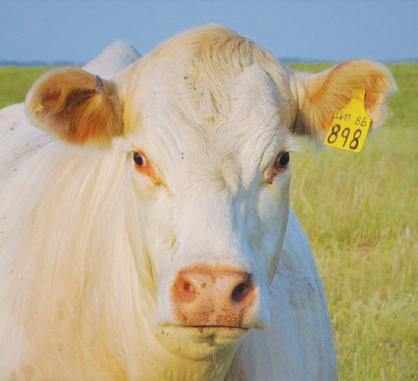


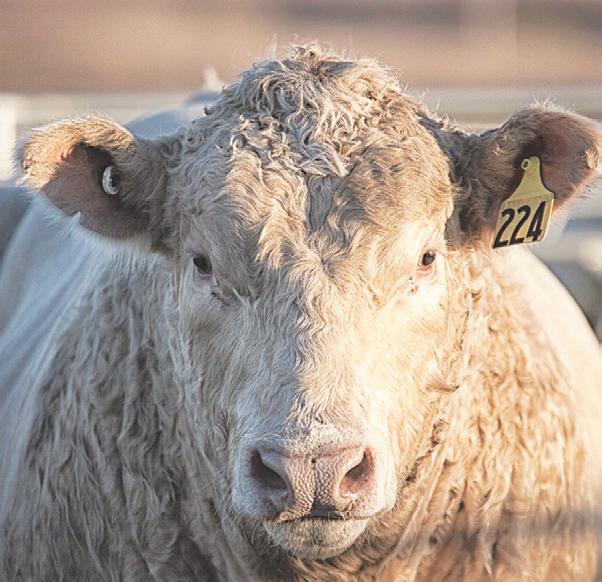


Longview Livestock
Where: Longview
Phone: 903-235-6385
Sale Day: Thursday
Contact: Paul Pruitt, 903-725-6200
Mid-Tex Livestock Auction
Where: Anderson
Phone: 936-825-3970
Sale Day: Thursday
Contact: Rick Faught, 936-442-1039
Navasota Livestock Auction
Where: Navasota
Phone: 936-825-6545
Sale Day: Saturday
Contact: Rick Faught, 936-442-1039
Seguin Cattle Co.
Where: Seguin
Phone: 830-379-9955
Sale Day: Wednesday
Contact: Elizabeth Cortez, 830-857-1945
Hamilton Livestock Comm.
Where: Hamilton
Phone: 254-386-3185
Sale Day: Tuesday
Contact: Bob McBryde, 940-859-6217
Gore Family Auction Center
Where: Silsbee
Phone: 409-782-0612
Sale Day: Saturday
Contact: Christy McCoy, 409-782-0612
Athens Comm. Co.
Where: Athens
Phone: 903-675-3333
Sale Day: Friday
Contact: Brandy Baughman, 903-440-4382
Edinburg Livestock Auction
Where: Edinburg
Phone: 956-383-5671
Sale Day: Saturday
Contact: Coney Alvarez Jr., 956-437-3899
Hubbard Livestock Market
Where: Hubbard
Phone: 254-576-2584
Sale Day: Monday
Contact: Bob McBryde, 940-859-6217
Sulphur Springs Livestock Comm.
Where: Sulphur Springs
Phone: 903-885-2455
Sale Day: Monday
Contact: Paul Pruitt, 903-725-6200
East Texas Livestock Auction
Where: Crockett
Phone: 936-544-2246
Sale Day: Tuesday
Contact: Cheyenne London, 936-222-3689
Big Spring Livestock Auction
Where: Big Spring
Phone: 432-267-5881
Sale Day: Wednesday
Contact: Bruce Brandenberger, 254-977-5763
Edna Livestock Auction
Where: Edna
Phone: 361-782-7666
Sale Day: Monday
Contact: Galynn Mazoch, 979-578-1823
Kirbyville Auction Barn
Where: Kirbyville
Phone: 409-423-2612
Sale Day: Saturday
Contact: Erica Morgan, 409-509-1946
Gulf Coast Livestock Market
Where: Alice Phone: 361-664-4395
Sale Day: Tuesday
Contact: Ramiro Garcia, 361-460-0008
Johnson County Cattle Auction
Where: Cleburne
Phone: 817-556-9090
Sale Day: Saturday
Contact: Lee Snyder, 254-707-1682
Karnes City Auction
Where: Karnes City Phone: 830-780-3382
Sale Day: Saturday
Contact: Elizabeth Cortez, 830-857-1945
Karnes County Livestock Exchange
Where: Kenedy Phone: 830-583-2574
Sale Day: Thursday
Contact: Elizabeth Cortez, 830-857-1945
Cattlemen’s Livestock Comm. Where: Paris Phone: 903-784-2238
Sale Day: Saturday
Contact: Lana Caldwell, 903-908-0530
Paris Livestock Auction
Where: Paris Phone: 903-739-2575
Sale Day: Wednesday
Contact: Robin Gibbs, 903-227-0791
Hallettsville Livestock Comm. Where: Hallettsville Phone: 361-798-4336
Sale Day: Tuesday
Contact: Kaylee Malatek, 979-942-0323
Giddings Livestock Comm.
Where: Giddings
Phone: 979-542-2274
Sale Day: Monday
Contact: Nina Nygard, 512-281-6753
Lexington Livestock Comm. Where: Lexington Phone: 979-773-2922
Sale Day: Saturday
Contact: Nina Nygard, 512-281-6753
Buffalo Livestock Comm. Where: Buffalo Phone: 903-322-4940
Sale Day: Saturday Contact: Breanne Dunn, 208-993-3706
Raywood Livestock Market Where: Raywood Phone: 936-587-4941
Sale Day: Monday Contact: Harvey Williamson, 963-334-5325
Groesbeck Auction & Livestock
Where: Groesbeck Phone: 254-729-3277
Sale Day: Thursday Contact: Mallory Steen, 903-390-0594
Live Oak Livestock Auction
Where: Three Rivers Phone: 361-786-2553
Sale Day: Monday Contact: Marvin Bendele, 210-213-5890
Jordan Cattle Auction
Where: Mason Phone: 325-347-6361
Sale Day: Monday Contact: Warren Ottmers, 830-669-2262
West Auction
Where: West Phone: 254-826-3725
Sale Day: Thursday Contact: Ray Davis, 254-718-5512
Union Comm.
Where: Hondo Phone: 830-741-8061
Sale Day: Monday Contact: Clarence Stevens, 210-415-0441
Milam County Livestock Auction
Where: Cameron Phone: 254-697-6697
Sale Day: Friday Contact: Rick Faught, 936-442-1039
Nacogdoches Livestock Exchange Where: Nacogdoches Phone: 936-564-8661
Sale Day: Thursday
Contact: Michael Witcher, 936-556-0992

Corsicana Livestock Market
Where: Corsicana
Phone: 903-872-1631
Sale Day: Tuesday
Contact: Breanne Dunn, 208-993-3706
Carthage Livestock Auction LLC
Where: Carthage Phone: 903-693-6361
Sale Day: Tuesday
Contact: Lori Blankenship, 936-234-3441
Livingston Livestock Exchange
Where: Livingston Phone: 936-327-4917
Sale Day: Saturday
Contact: Harvey Williamson, 963-334-5325
Lonestar Stockyards
Where: Amarillo Phone: 806-677-0777
Sale Day: Tuesday
Contact: Gary McClellan, 806-334-0517
Emory Livestock Auction
Where: Emory Phone: 903-473-2512
Sale Days: Tuesday & Saturday
Contact: Brandy Baughman, 903-440-4382
Calvert Livestock Co.
Where: Calvert
Phone: 979-364-2829
Sale Day: Friday
Contact: Ray Davis, 254-718-5512
RUSK
Hunt Livestock Exchange
Where: Henderson Phone: 903-657-2690
Sale Day: Monday
Contact: Samuel Steadman, 318-617-1141
Jordan Cattle Auction
Where: San Saba Phone: 325-372-5159
Sale Day: Thursday
Contact: David Munden, 325-456-7253
Center Auction Co.
Where: Center
Phone: 936-598-4395
Sale Day: Wednesday
Contact: Michael Witcher, 936-556-0992
Triple G Livestock Auction LLC
Where: Rio Grande City
Phone: 956-437-1988
Sale Day: Friday
Contact: Coney Alvarez Jr., 956-437-3899
Tulia Livestock Auction
Where: Tulia
Phone: 806-995-4184
Sale Day: Thursday
Contact: Tommy Thompson, 806-690-4080
Abilene Auction
Where: Abilene
Phone: 325-673-7865
Sale Day: Tuesday
Contact: Dave Williams, 325-669-2030
Stone Livestock Comm.
Where: Mt. Pleasant
Phone: 903-575-9099
Sale Day: Tuesday
Contact: Paul Pruitt, 903-725-6200
Producers Livestock Auction
Where: San Angelo
Phone: 325-653-3371
Sale Day: Thursday
Contact: Bruce Halfmann, 325-315-5972
Southwest Livestock Exchange
Where: Uvalde Phone: 830-278-5621
Sale Day: Thursday
Contact: Clarence Stevens, 210-415-0441
Mort Livestock Exchange
Where: Canton Phone: 903-287-6386
Sale Day: Special Sales Only
Contact: Paul Pruitt, 903-725-6200
Brenham Livestock Auction
Where: Brenham
Phone: 979-836-3621
Sale Day: Friday
Contact: Lisa Sebastian, 979-270-3041
El Campo Livestock Exchange LLC
Where: El Campo Phone: 979-543-2703
Sale Day: Tuesday Contact: Galynn Mazoch, 979-578-1823
Wharton Livestock Auction
Where: Wharton Phone: 979-532-3660
Sale Day: Wednesday
Contact: Galynn Mazoch, 979-578-1823
Wichita Livestock Sales
Where: Wichita Falls Phone: 940-541-2222
Sale Day: Wednesday Contact: R.C. Langford, 832-330-7279
Vernon Livestock Market LLC
Where: Vernon Phone: 940-552-6000
Sale Day: Tuesday
Contact: Dennis Wilson, 940-613-7693
Decatur Livestock Market
Where: Decatur Phone: 940-627-5599
Sale Day: Monday
Contact: Rebecca Benson, 940-389-6382
Winnsboro Livestock Auction
Where: Winnsboro Phone: 903-365-2201
Sale Day: Friday
Contact: Alan Pruitt, 903-725-6200
Graham Livestock Comm. LLC
Where: Graham Phone: 940-549-0078
Sale Day: Monday
Contact: Kyla Rater, 940-284-9968
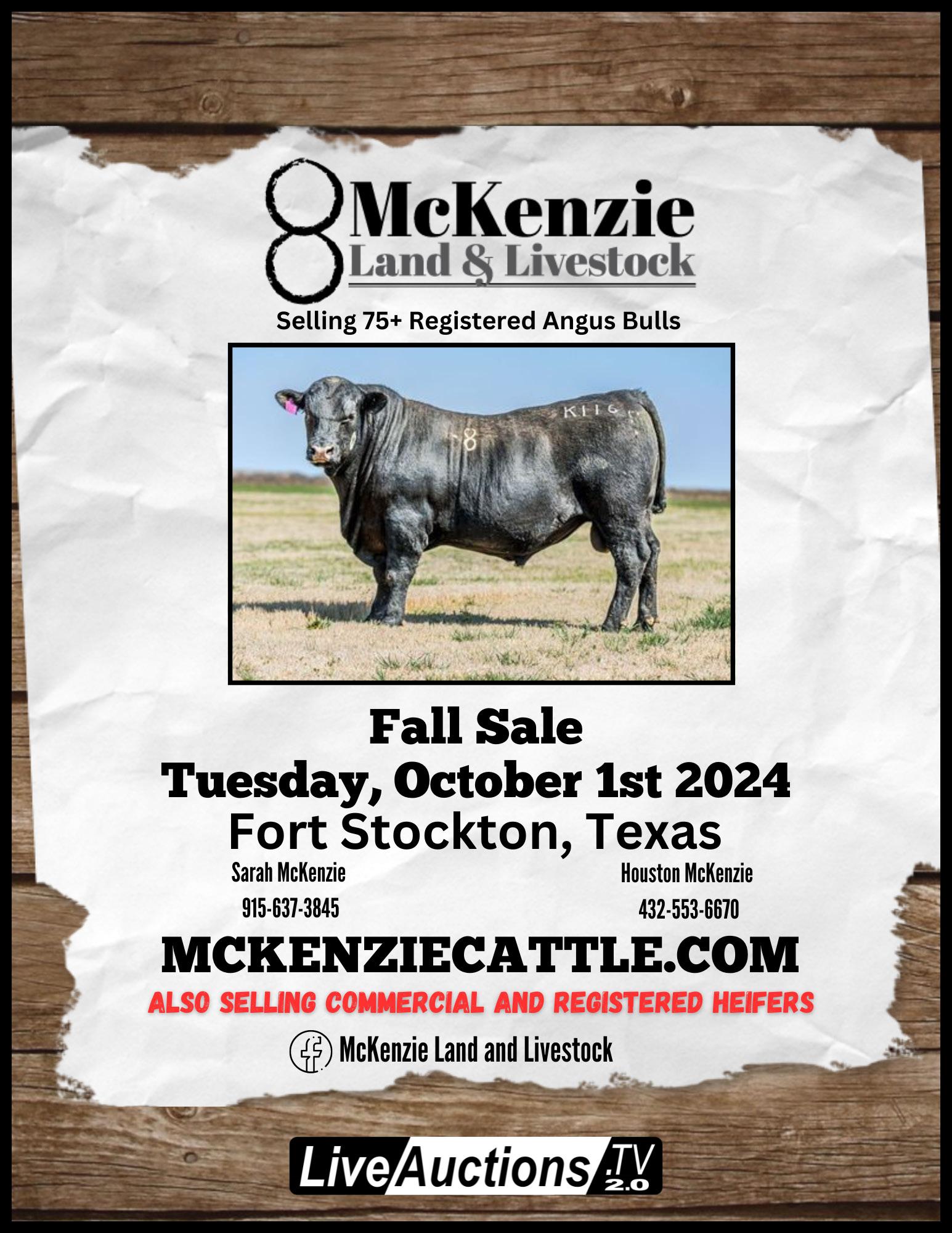



CATTLE COMPANY
Bill Carr
Hilltop Ranch Beefmasters
Quality Beefmaster Cattle Ranches in Webb, Wilson and Kendall counties Mailing Address: P.O. Box 2947 Laredo, Texas 78044
Phone: 361/586-5067
Registered Gray Brahmans Dr. Scott & Nancy Satterfield 410 ACR 376 • Palestine, TX 75801 830-613-1492 www.satterfieldranch.com
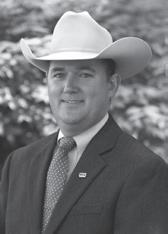
KS 67831 • (620) 635-2156 Mark • Greg • GAR@GardinerAngus.com www.GardinerAngus.com
Robert L. Hogue M.D. • Judy Hogue 6 Spring Hollow, Brownwood, Texas 76801 Ranch: 10108 CR 237 • Phone: 325-643-2225 Cell: 325-647-9168 • Fax: 326-643-6235
Email: rlhmd@familymedical.us
Registered Black Angus WWW.LITTLEROBEANGUSRANCH.COM




STEVE & GINGER OLSON (806) 676-3556 Steve@olsoncattle.com www.olsoncattle.com

Cullin Smith (409)779-9872

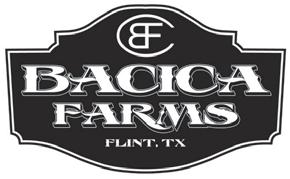
Registered Black Herefords bacicafarms.com


Mike & Carla Bacica 11707 FM 2868 Flint, TX 75762
Mike: 903-520-0390 mbpga@aol.com
Carla: 903-530-8551 wtnca@aol.com
Detering Red Brahmans
Beef Oriented Red Brahmans for the pasture and the show ring Liendo Plantation, 38653 Wyatt Chapel Rd. Hempstead, TX 77445 Will Detering, owner 281.989.8965 Web site: deteringredbrahmans.com

Janet, Steve and Carlton Partin 3159 FM 837 • Montalba, Texas 75853 903-549-3000 • partin.partin@aol.com
Janet Partin: 903-922-3689
Carlton Partin: 407-709-0297 www.heartbarranch.com

1948 Wa tt M C asey/ Watt J r. 325- 66 8-1373 Alb

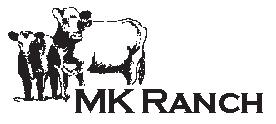

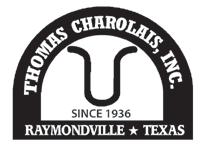
www.DoubleDiamondHerefords.com McDade, Texas Rusk, Texas

John 325-642-0745 • Tom 325-642-0748 Comanche, Texas; Ph. 325-356-2284; Fax 325-356-3185 Email: john@dudleybros.com “Registered Herefords Since 1938”
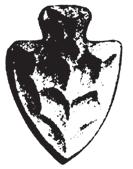
Caleb Boscamp 830-857-5189 Julie Boscamp 830-857-5129 julieboscamp@yahoo.com
County Road 459 • Waelder, TX 78959 www.arrowheadcharolaisranch.com

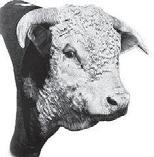
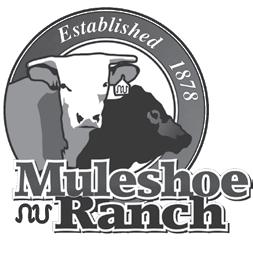

.T . E chols DVM
P.O. Box 709 • Breckenridge, TX 76424 Of: (254) 559-9739 • Cell: (254) 559-0156 muleshoeranch@gmail.com
Registered Polled Herefords & Black Baldies FOR SALE
Contact: Nina Neel Sanders 214-454-8587 • Brady, TX
“Quality Registered Herefords” Est.1921 – Bulls for sale at all times out of good milking cows













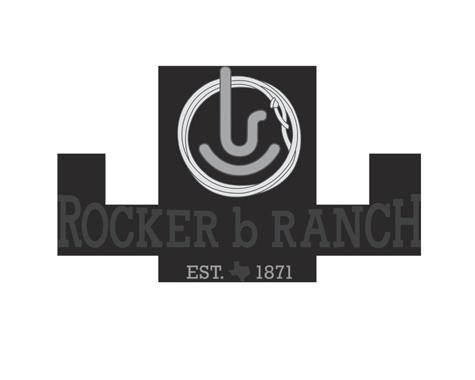


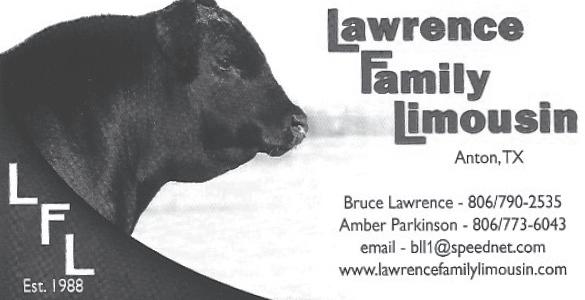




+/- enrolled in the new Grasslands Conservation Reserve Program & 120 ac. +/- of the property in the standard CRP program. GCRP can be grazed year-round each year. Excellent fencing, one mile of hwy. frontage together with allweather roads on the remainder, equipped with almost new set of steel working pens with scale, a second set of almost new working pens, watered by subs on electricity with pipelines furnishing water for drinkers in each pasture. Gramma & buffalo grasses.
PRICE REDUCED! CHOICE 320 ac.+/-, irrigated farm, w/pivot sprinklers, irrigation wells & an older home which would be liveable or could be moved. Located on pvmt. in prime farming area of Castro Co., TX.
PRICE REDUCED! COLFAX COUNTY NM GETAWAY – 1,482.90 ac.+/- grassland (1,193.59 ac. +/- Deeded, 289.31 ac. State Lease), great location near all types of mountain recreation.
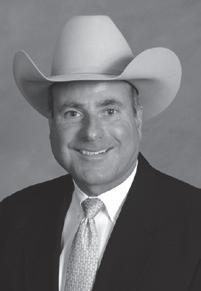







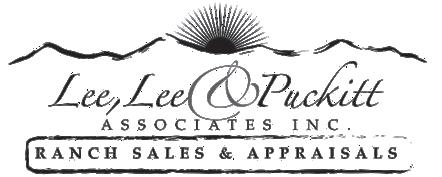



WEDNESDAY, SEPT. 4
TSCRA Ranch Gathering Where: Stephenville When: 5:30 p.m.
THURSDAY, SEPT. 5
TSCRA Ranch Gathering Where: Sulphur Springs When: 5:30 p.m.
THURSDAY, SEPT. 12
Wichita Falls Luncheon Where: McBride’s Steakhouse, Wichita Falls When: 11:30 a.m.
TSCRA Ranch Gathering Where: Waco When: 5:30 p.m.
THURSDAY, SEPT. 12 –
SUNDAY, SEPT. 22
Oklahoma State Fair Where: Oklahoma City
TUESDAY, SEPT. 17
Ranching 101: Shooting Season, Know Your Limits Where: Online When: 1 p.m.
HeartBrand Cattle: Fall Kick Off Sale Event Where: Online When: 3 p.m.
TSCRA Ranch Gathering Where: Decatur When: 5:30 p.m.
SATURDAY, SEPT. 21
TSCRA Young Cattle Raisers Clay Shoot & Dinner Where: Joshua Creek Ranch, Boerne When: 3 p.m.
TSCRA West Texas A&M University Football Tailgate Where: Canyon
MONDAY, SEPT. 23
Gardiner Angus Ranch: 20 th Annual Fall Production Sale Where: Ashland, Kansas
TUESDAY, SEPT. 24
Texas Coastal CattleWomen: Annual Fundraiser Luncheon & Style Show Where: Lakeside Country Club, Houston
FRIDAY, SEPT. 27 –
SUNDAY, OCT. 20
State Fair of Texas Where: Dallas
SATURDAY, SEPT. 28
Jordan Cattle Auction: Special Replacement Female Sale Where: Jordan Cattle Auction, San Saba When: 10 a.m.
TUESDAY, OCT. 1
McKenzie Land & Livestock: Fall Sale Where: Fort Stockton When: 1 p.m.
TSCRA Traceability Webinar Where: Online When: 7 p.m.
THURSDAY, OCT. 3
Special Bull Sale, Featuring Sutphin Cattle Co. Where: Jordan Cattle Auction, San Saba When: 10 a.m.
Dudley Bros.: 63rd Annual Bull Sale Where: Comanche When: 12 p.m.
Bayou Creek Ranch: 6th Annual Production Sale Where: Lone Grove, Oklahoma When: 1 p.m.
FRIDAY, OCT. 4
Jorgensen Land & Cattle: Pasture-Ready SmartBull Sale Where: Ideal, South Dakota When: 5:30 p.m.
SATURDAY, OCT. 5
Isa Beefmasters: 63rd Bull Sale Where: San Angelo When: 10 a.m.
TUESDAY, OCT. 8
Powell Ranch Herefords: 27th Annual Production Sale Where: Fort McKavett When: 12:30 p.m.
THURSDAY, OCT. 10
Special Bull Sale
Where: Jordan Cattle Auction, San Saba When: 10 a.m.
GKB Cattle: Inaugural Fall Bull Sale Where: Desdemona When: 12 p.m.
Texas Agricultural Land Trust Working Lands Innovation Summit Where: Henrietta When: 1 p.m.
TSCRA Ranch Gathering Where: Fredericksburg When: 5:30 p.m.
SATURDAY, OCT. 12
Thomas Charolais: 23rd Annual Bull Sale Where: Raymondville When: 1 p.m.
SUNDAY, OCT. 13 –
TUESDAY, OCT. 15
Texas Cattle Feeders Assoc. Annual Convention Where: San Antonio
MONDAY, OCT. 14
Indian Mound Ranch: Annual Production Sale Where: Canadian When: 12:30 p.m.
TUESDAY, OCT. 15
Ranching 101: Building a Bull-Buying Budget Where: Online When: 1 p.m.
WEDNESDAY, OCT. 16
11th Annual Hill Country Youth Heifer Sale Where: Jordan Cattle Auction, San Saba When: 11 a.m.
THURSDAY, OCT. 17
Special Bull Sale, Featuring Knox Brothers Where: Jordan Cattle Auction, San Saba When: 10 a.m.
SATURDAY, OCT. 19
Fink Beef Genetics: Bull Sale Where: Randolph, Kansas
SATURDAY, OCT. 26
44 Farms: Fall Bull Sale Where: Cameron When: 10 a.m.
Jordan Cattle Auction: Special Replacement Female Sale Where: Jordan Cattle Auction, San Saba When: 10 a.m.
Case Ranch: Consigning Cattle to South Texas Hereford Assoc. Sale Where: Beeville When: 12 p.m.
TSCRA Texas A&M Football Tailgate Where: College Station
TSCRA Texas Christian University Football Tailgate Where: Fort Worth

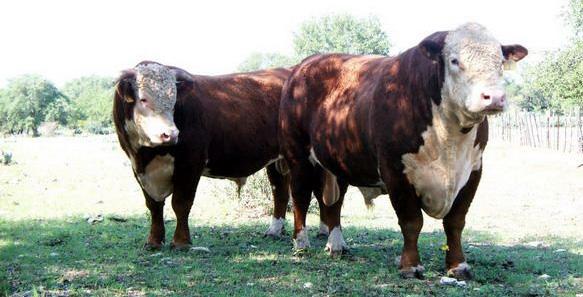

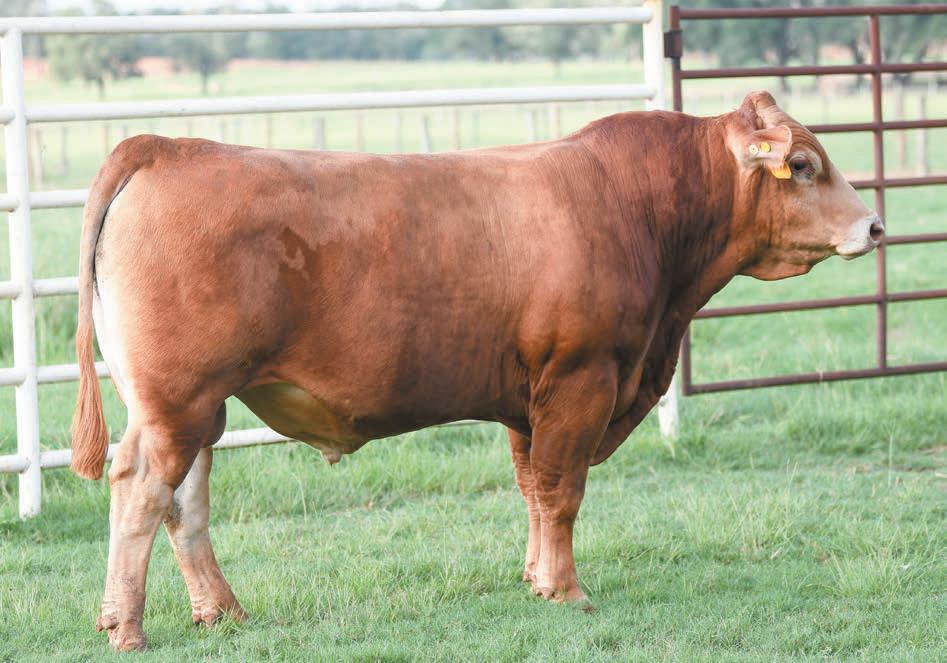
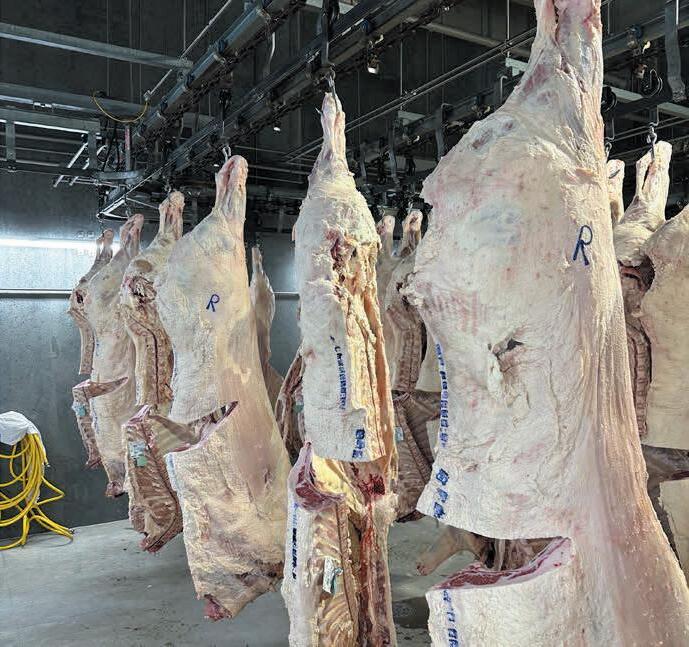
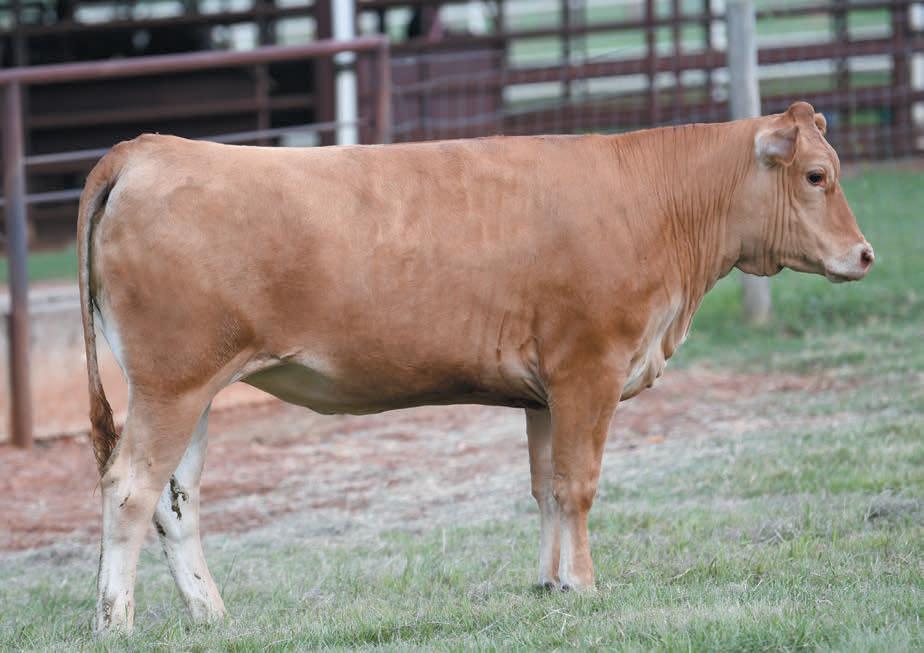
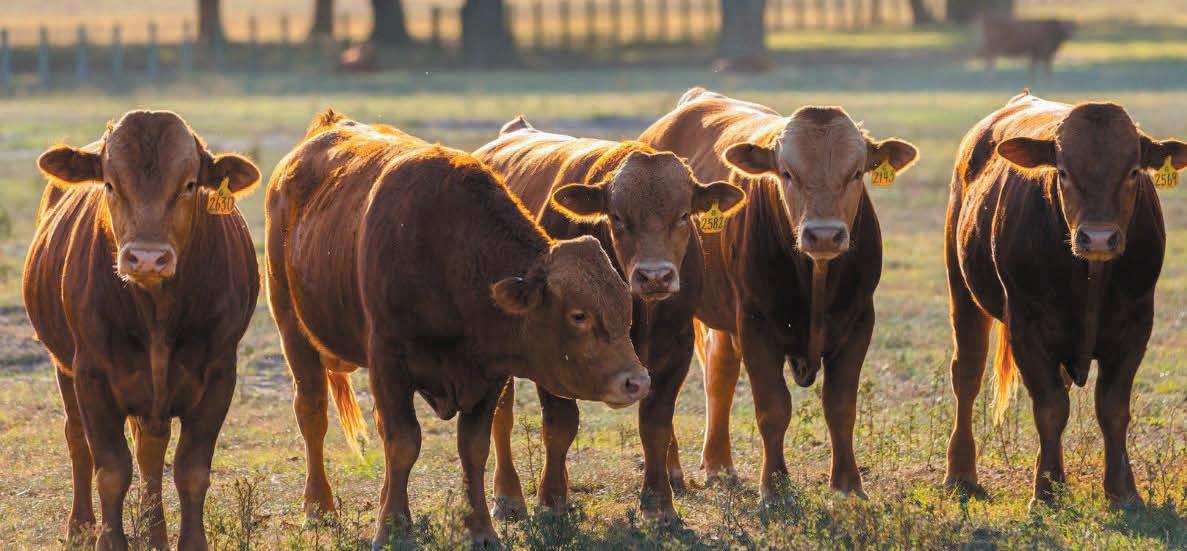

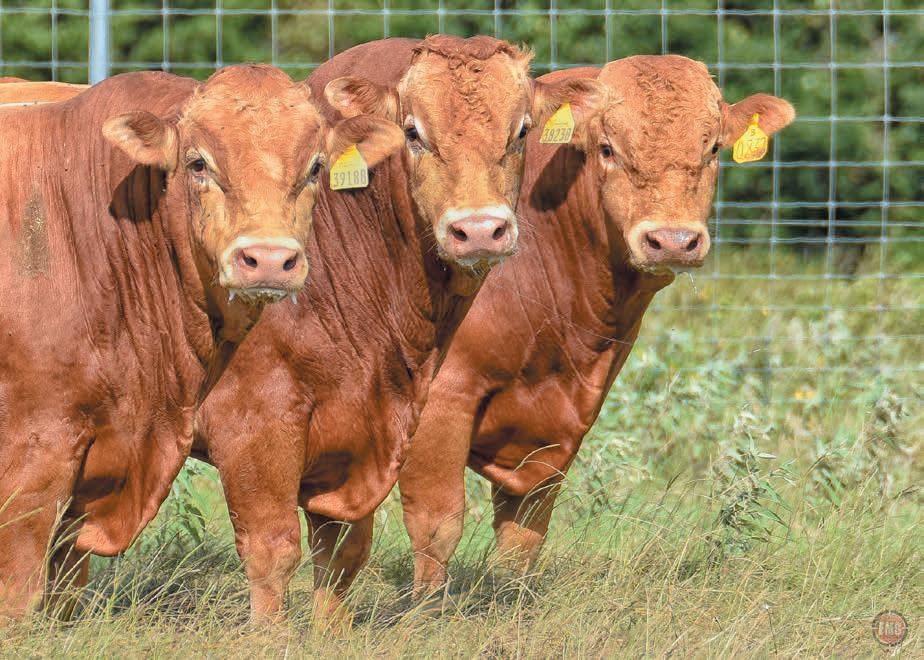
The World’s largest Akaushi Sales Event from the World’s largest Akaushi breeder!
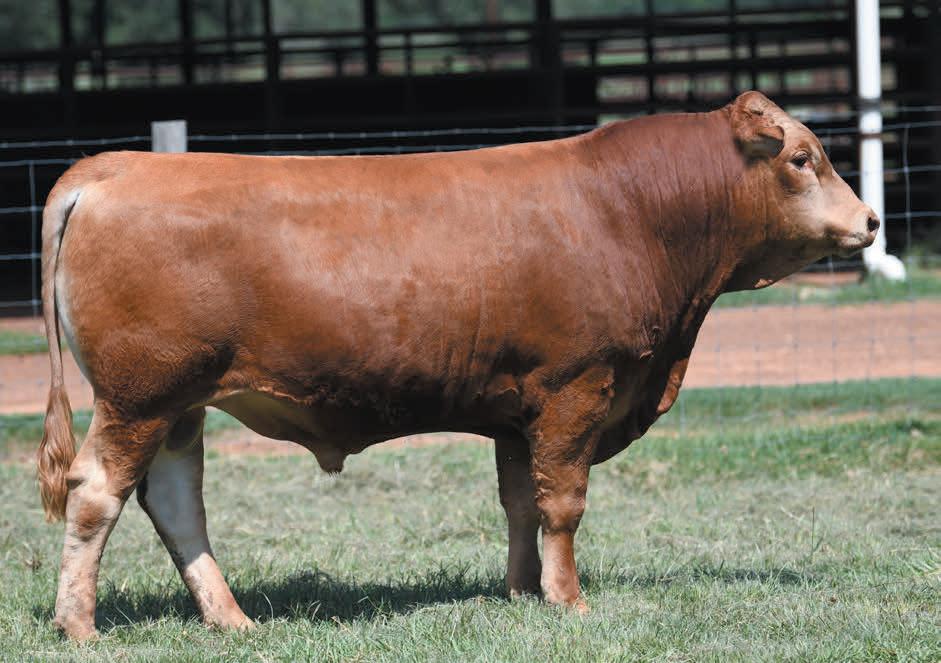

Sale cattle are available for viewing prior to the sale during our open house Sept. 4-6 and 10-12. Contact the Ranch to make an appointment. 830.540.3955
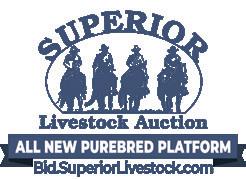

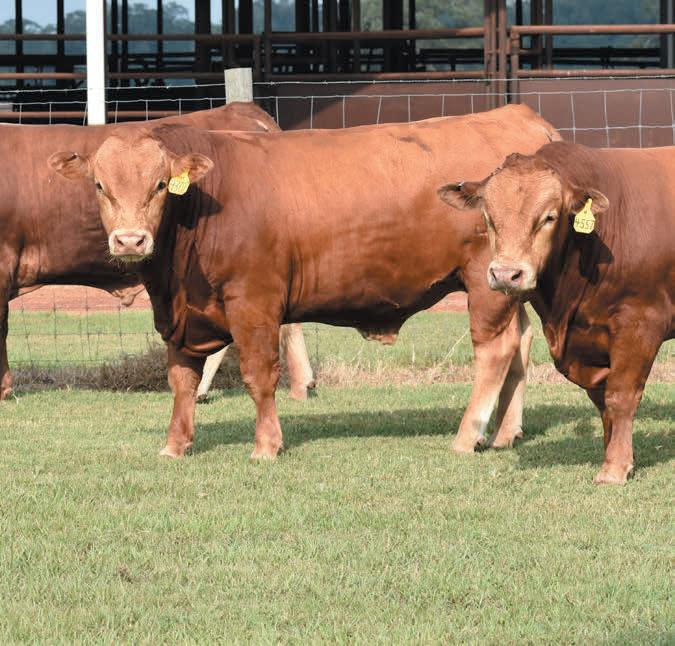



JoJo Carrales: 361.701.9961 CATTLE Sale catalog will be mailed by request only. Visit onto www.wagyu365.com for details. WATCH & BID ONLINE... SALE MANAGEMENT...

Jordan Beeman: 361.772.6177
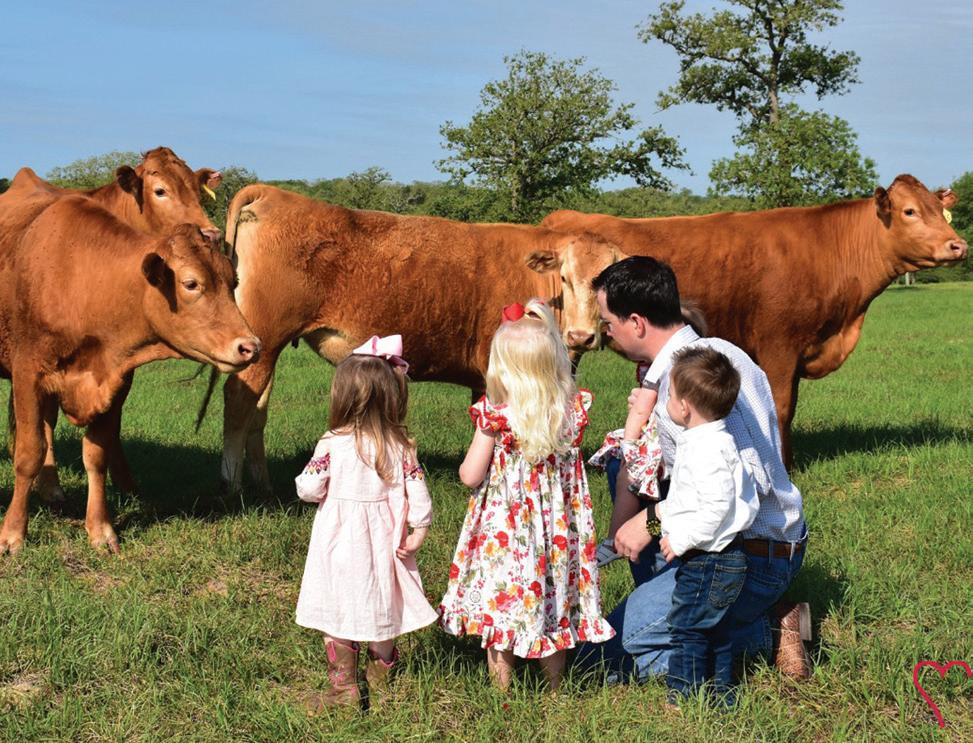


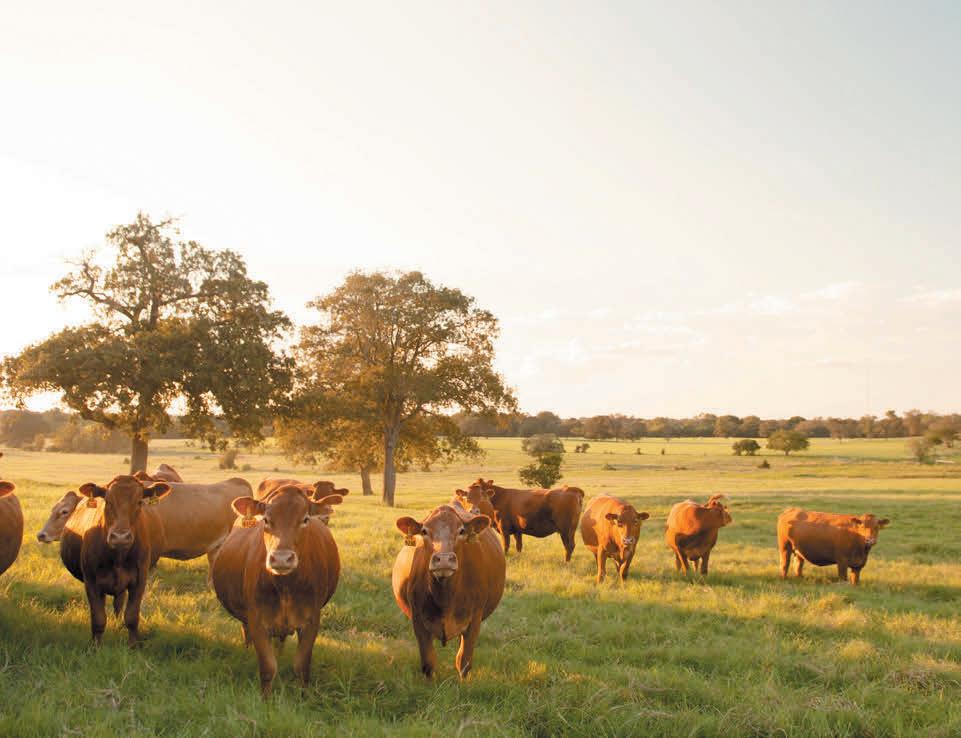


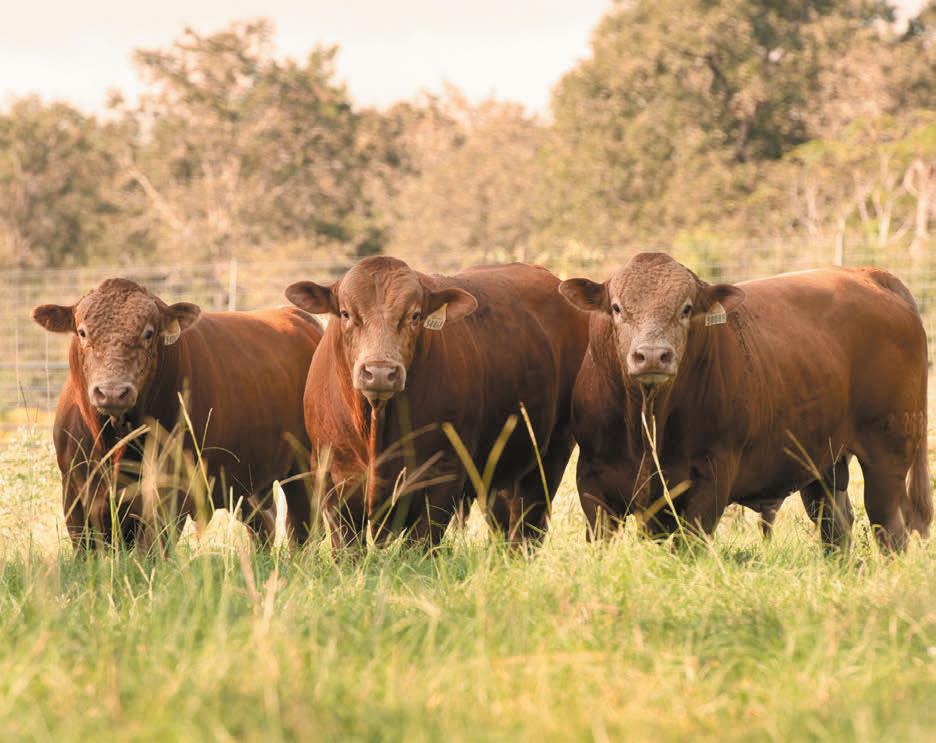
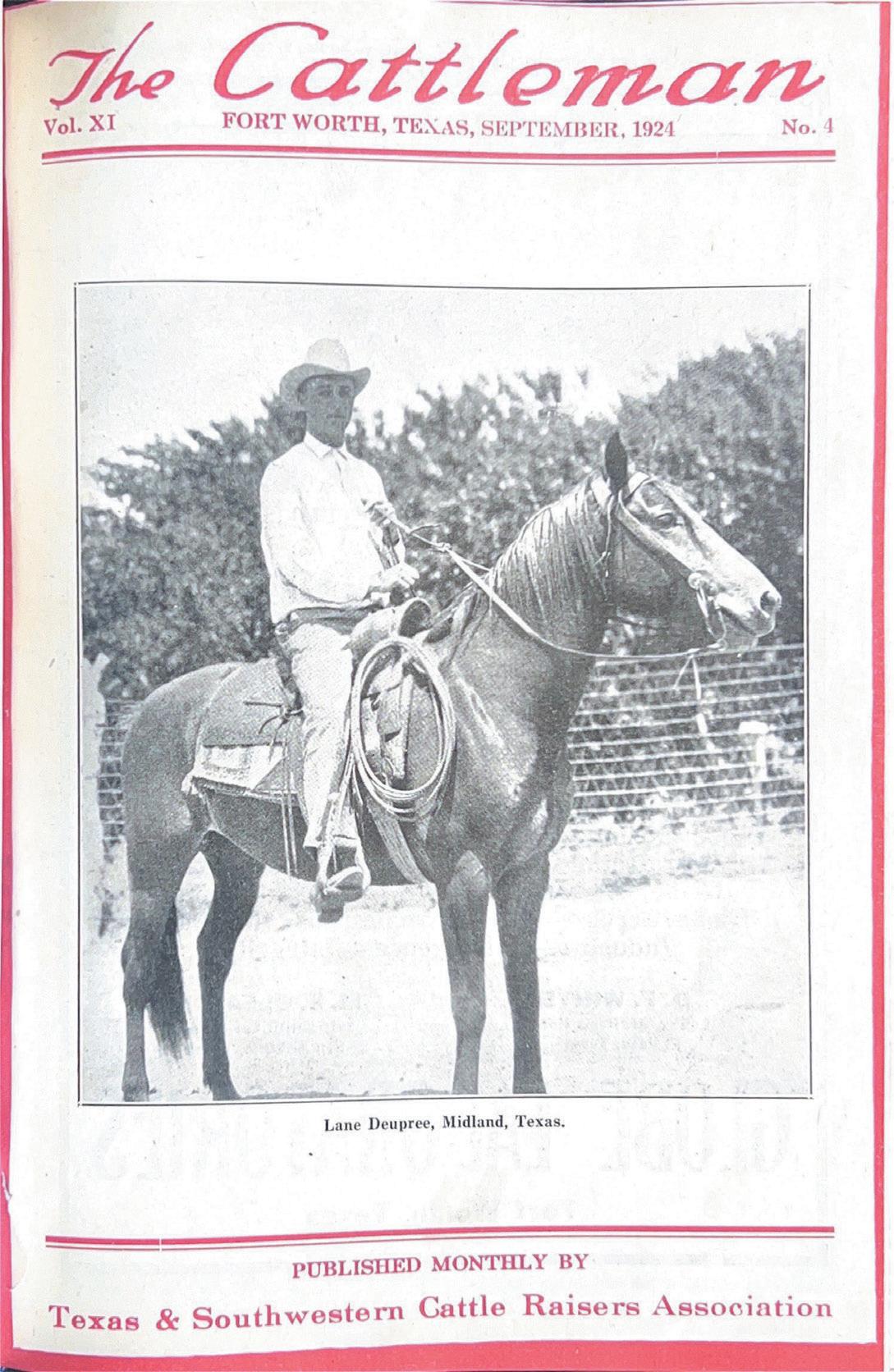
“The blackest time of the night, as every cowman who has had the last guard knows, is before the dawn,” author A.L. Spellmeyer wrote in the pages of the century-old issue of The Cattleman
He went on to predict how “a bitterly long night of four years” was beginning to end, and how a growing U.S. population would lead to increased demand for meat. Estimates showed a decrease in the number of cattle headed to market, and a need to balance limited supply with heightened demand.
“…there is nothing the pioneer American stock cannot do, when they set their mind to it and know what they must do. No more resourceful men exist in this world than cowmen.” T C
I’m Still a Wax Marshall Man! I’m Still a Wax Marshall Man! I’m Still a Wax Marshall Man! I’m
“ WAX Genuine Marshall ryegrass is my choice of ryegrass…been planting ryegrass for more than 20 years for grazing and hay. Majority of the time I have used WAX Marshall, but also try some of the new ryegrasses to see how they compare to my standard… WAX Marshall… I am still a WAX Marshall ryegrass man!
This past year, I tried the “Generic Marshall” from my local co-op. In short, it did not come close to production or have the carrying capacity like WAX Marshall… it looked more like Gulf… it did not have the vigor and fast recovery like WAX Marshall.
Every year is different and full of unexpected surprises, but from all my years with WAX Marshall, I feel confident in the outcome. The “Generic” just did not produce. Planting 700 acres of ryegrass, I do not need any surprises for myself or my cattle.
There has only been one consistent ryegrass for me for over 20 years… WAX Marshall ryegrass.
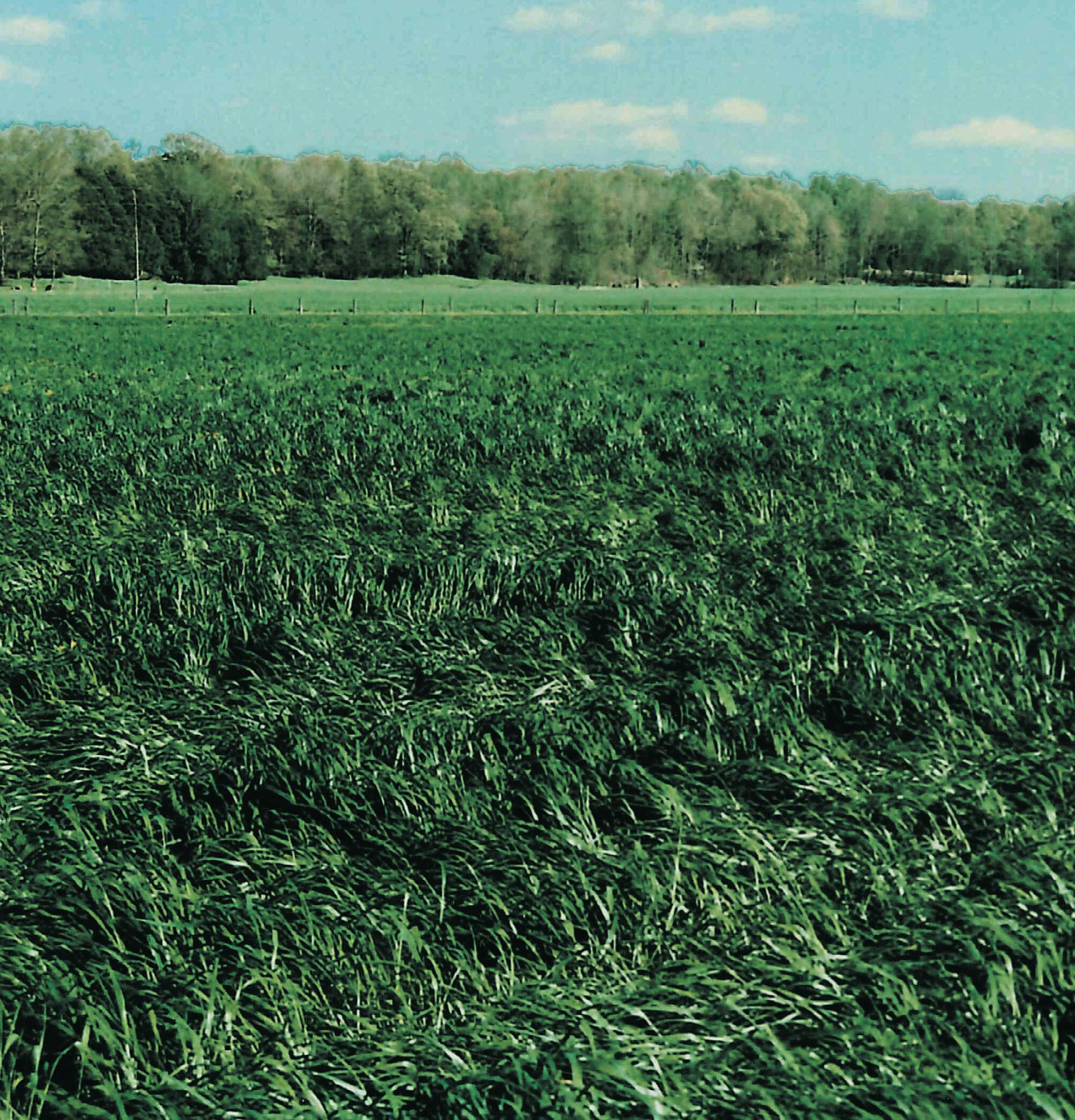
GUARANTEED Genuine TM
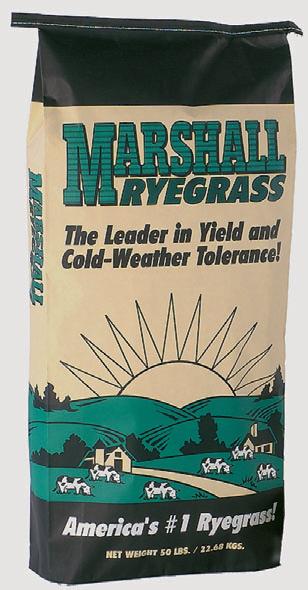
If you want real Marshall ryegrass, make sure you ask for WAX Genuine Marshall… I do! ”
